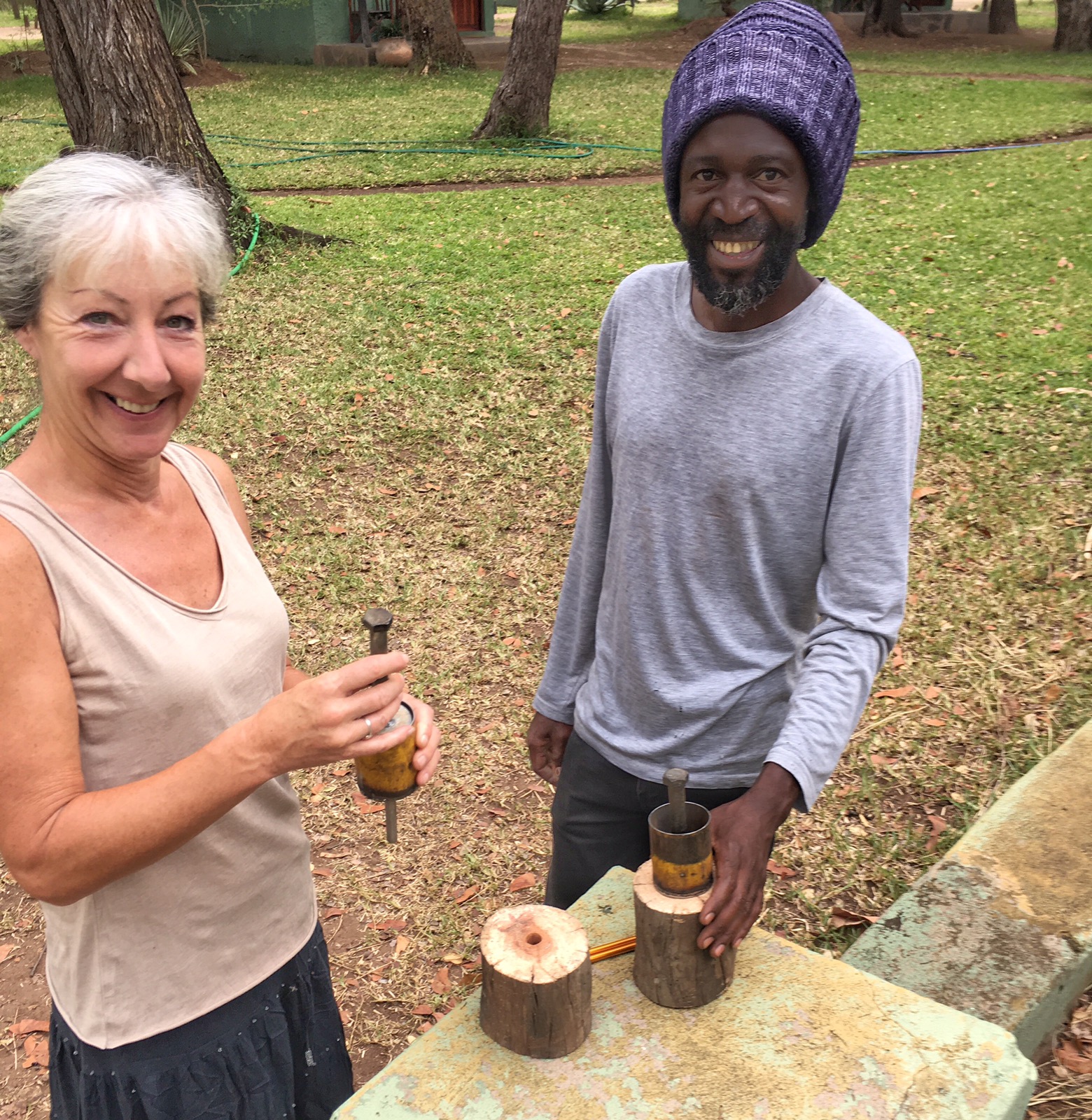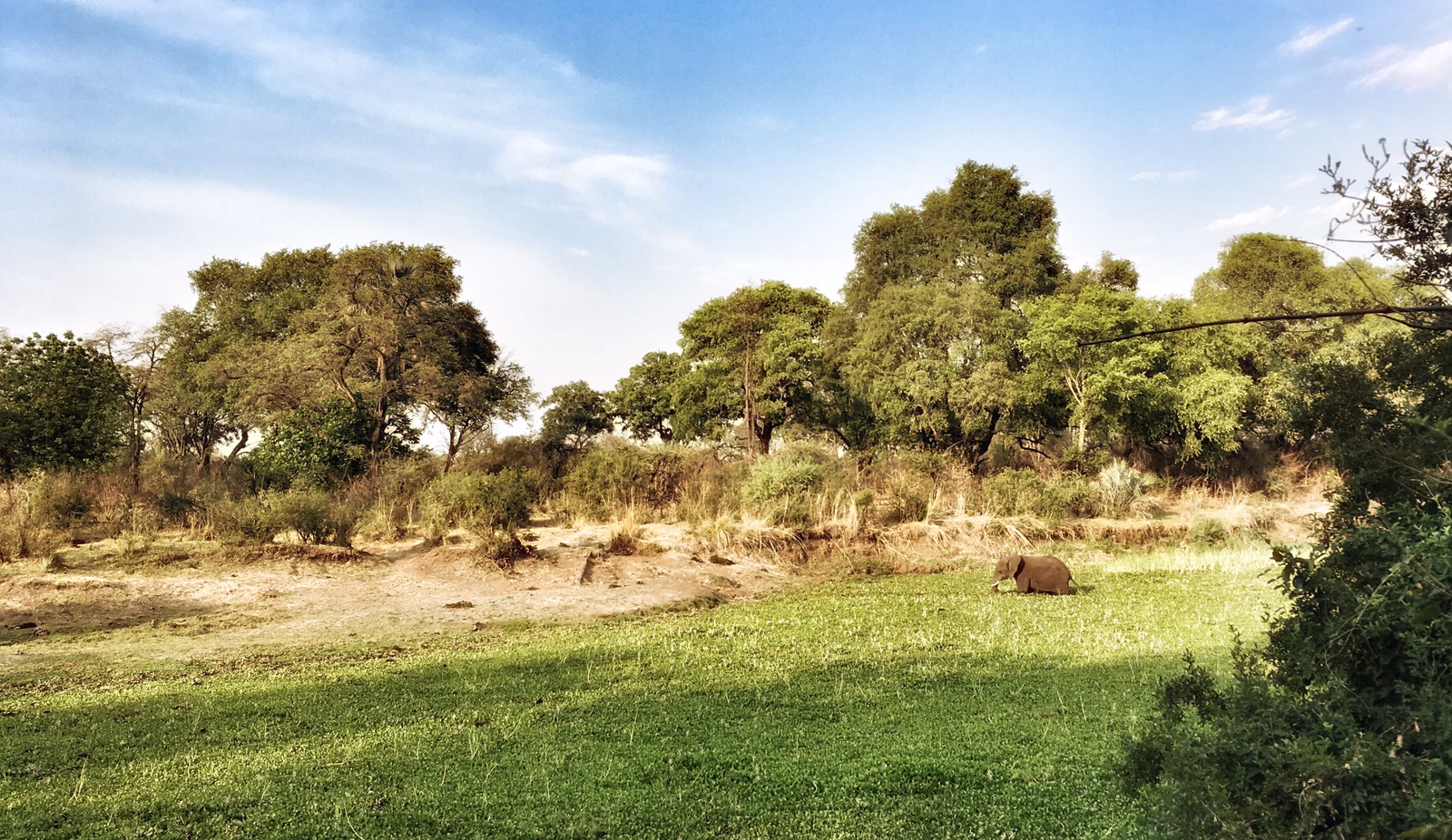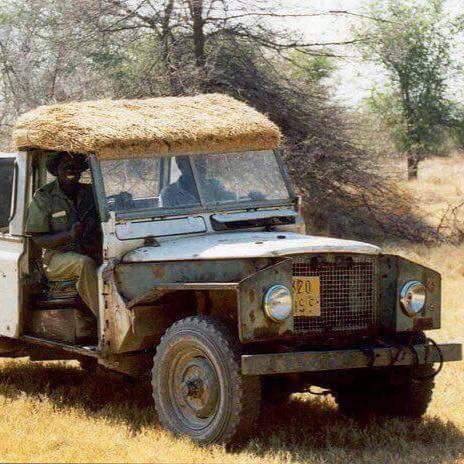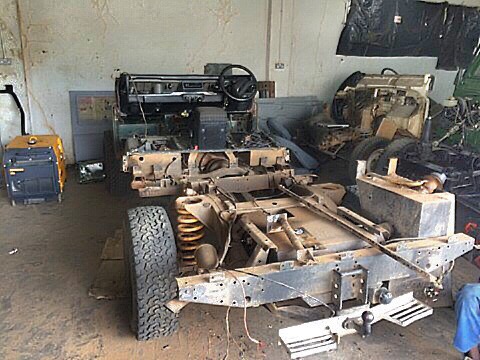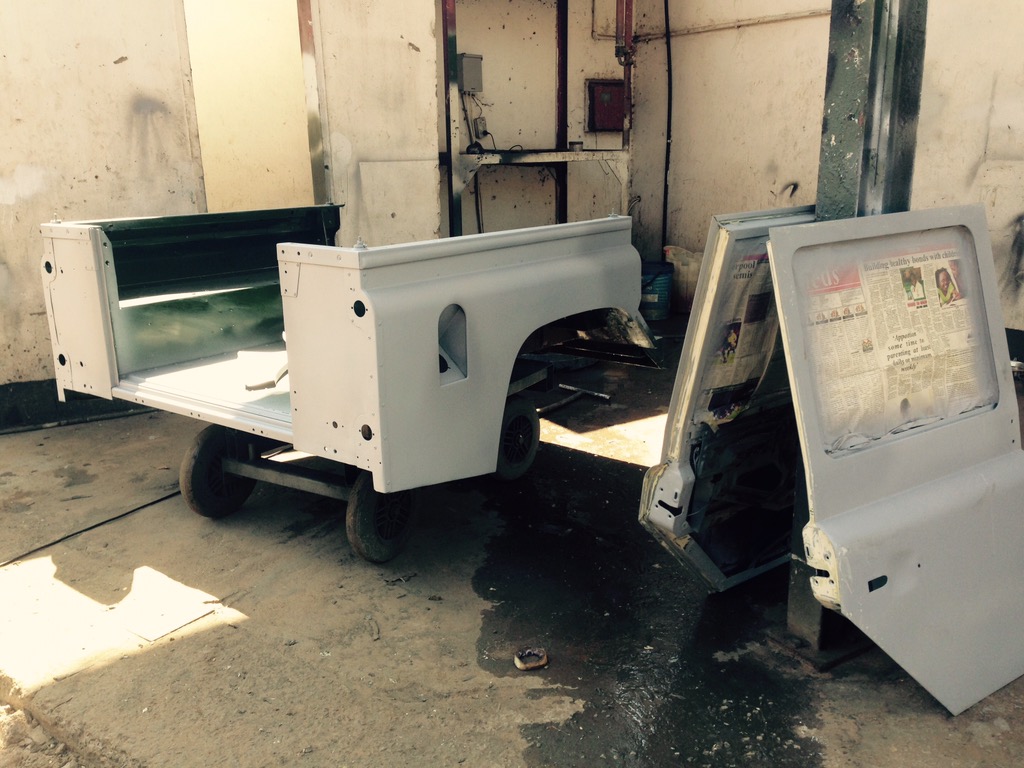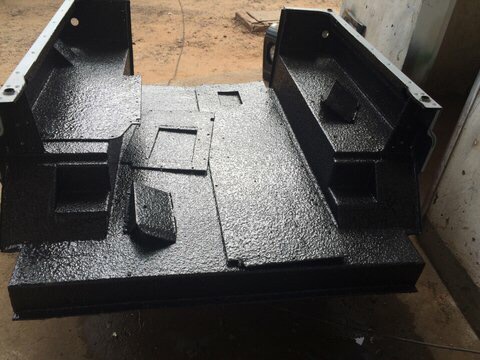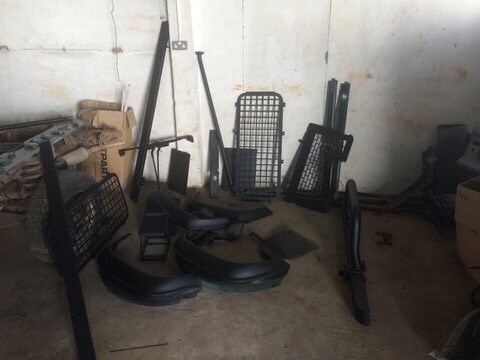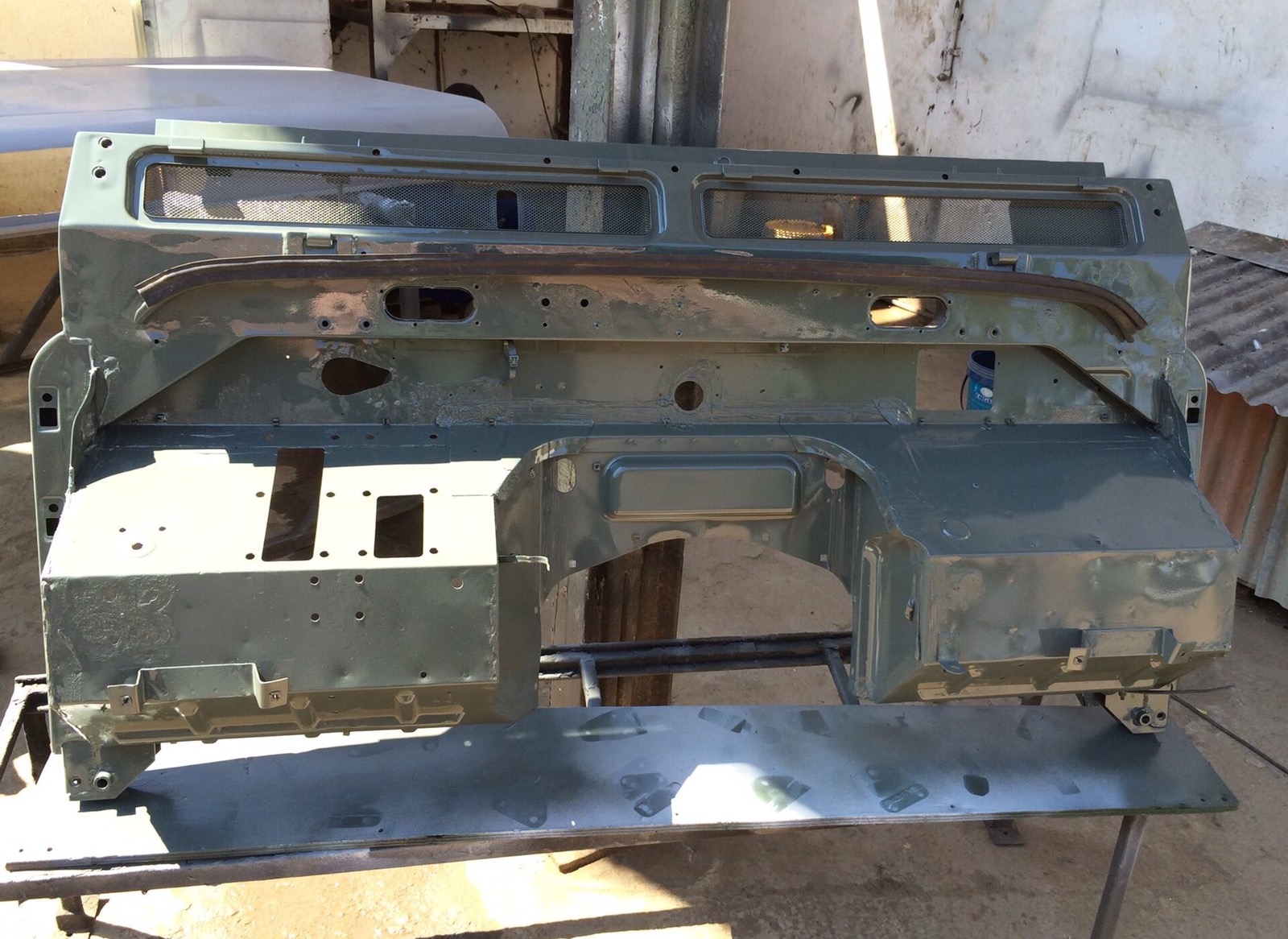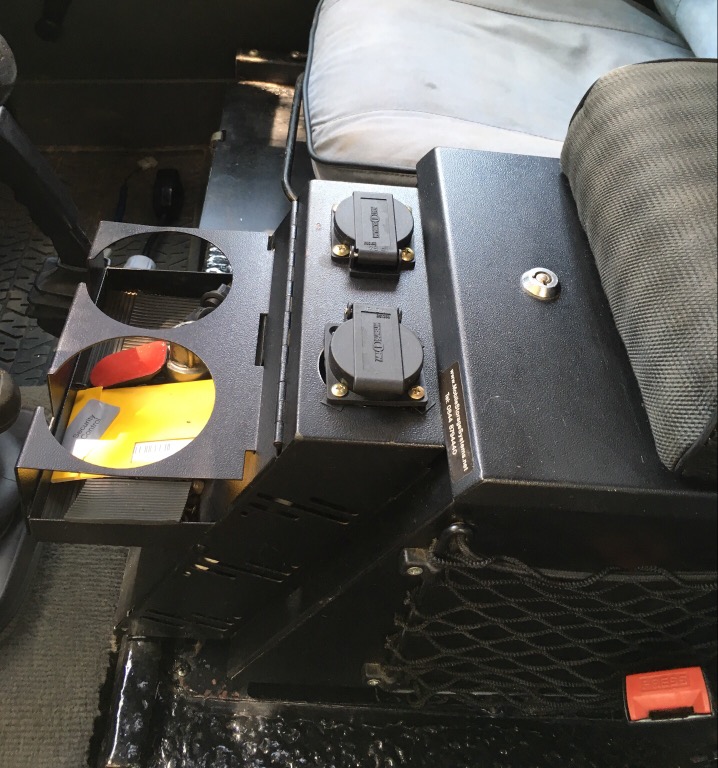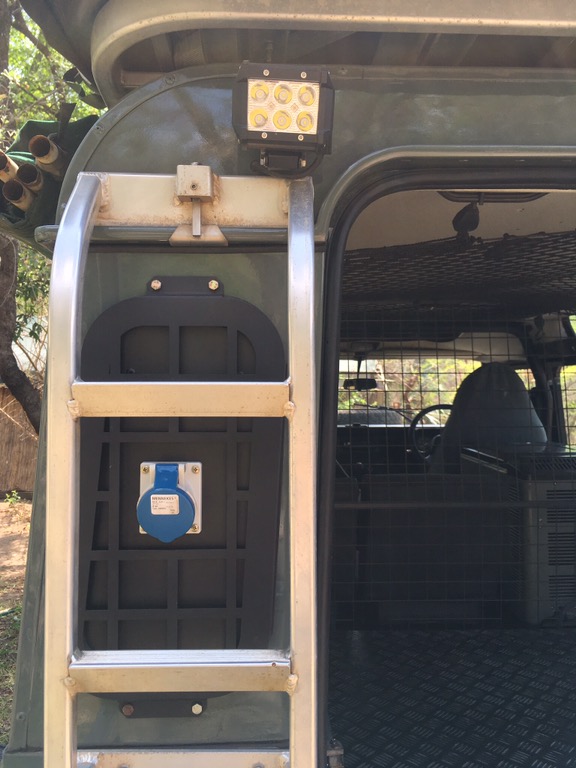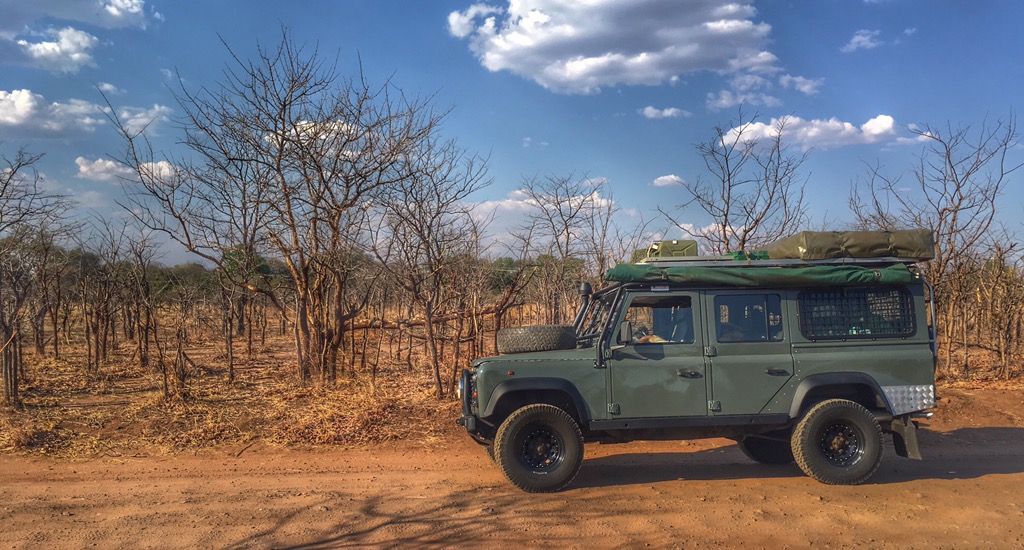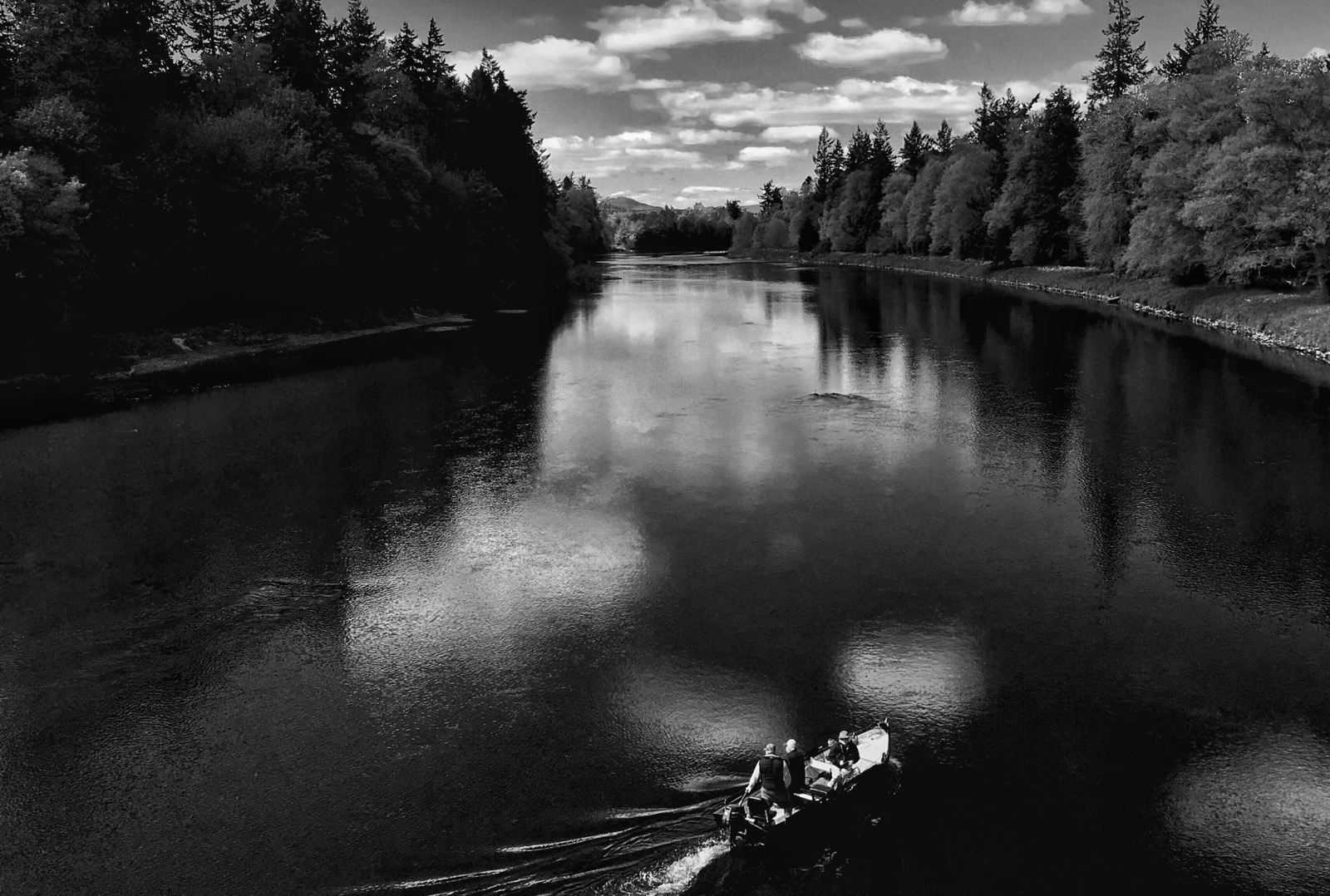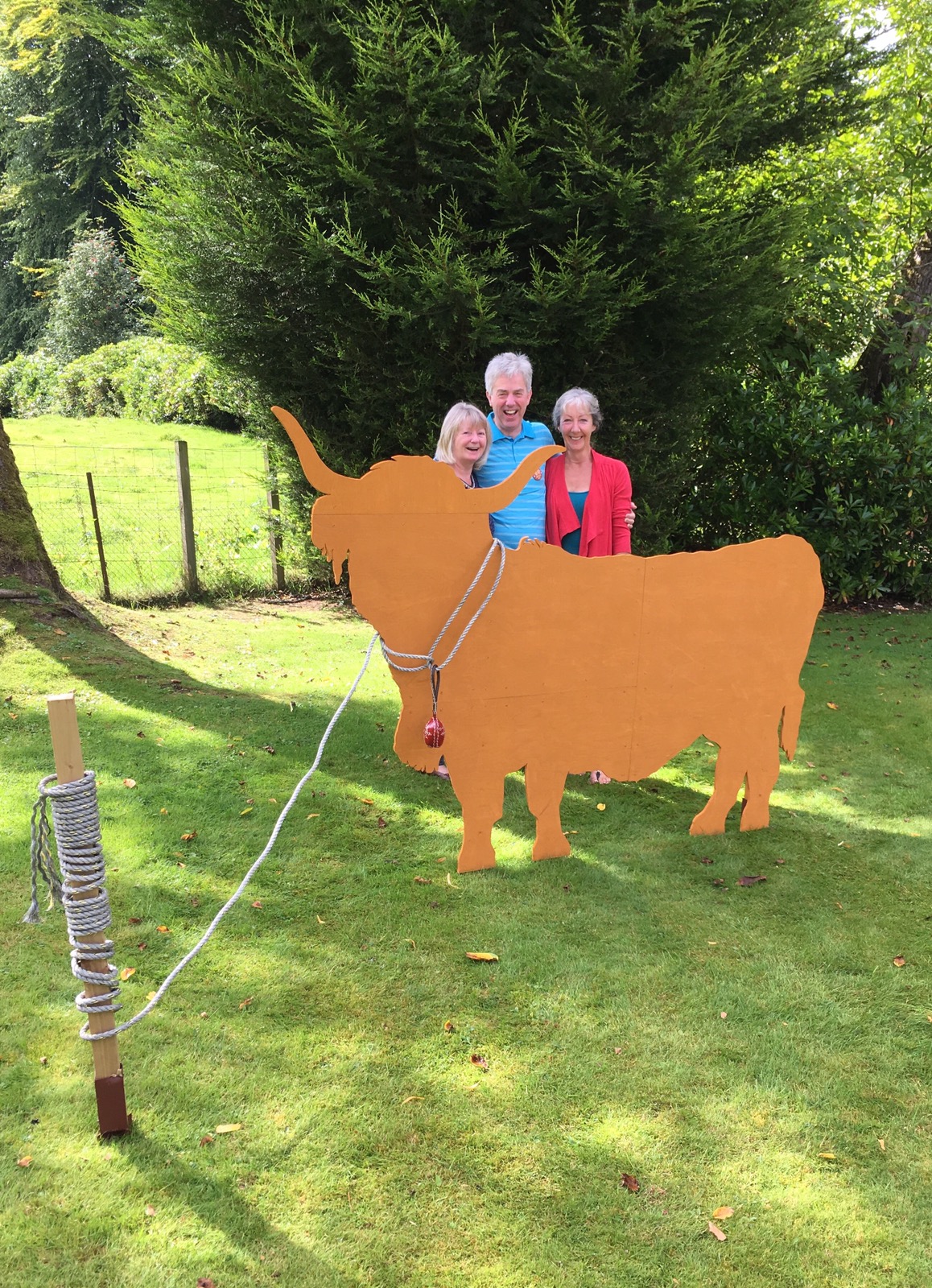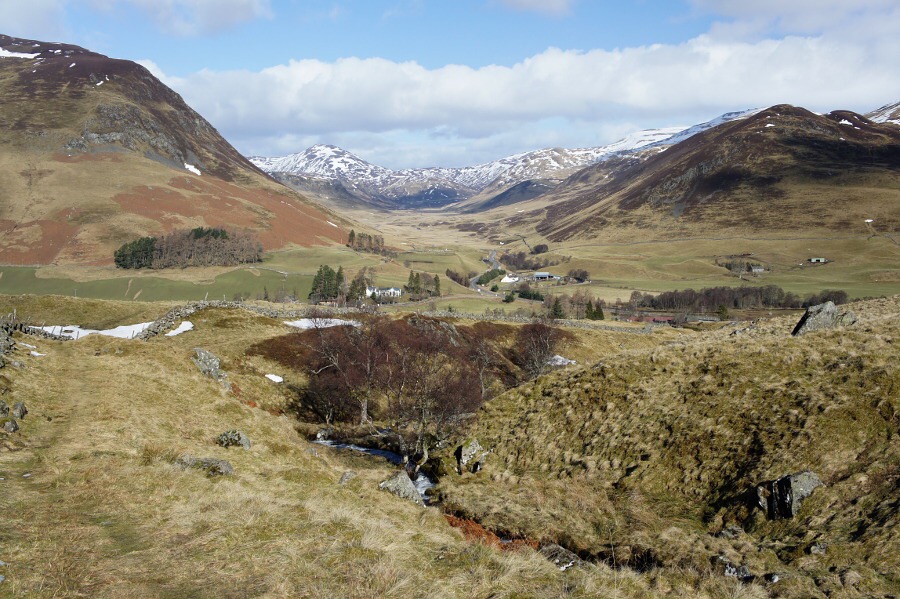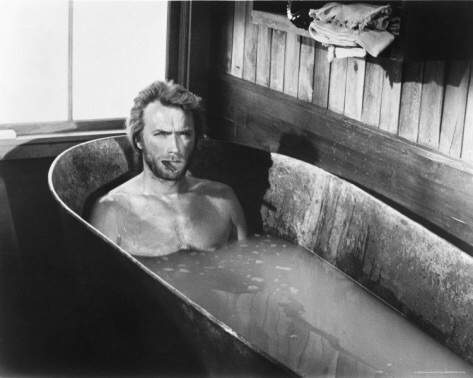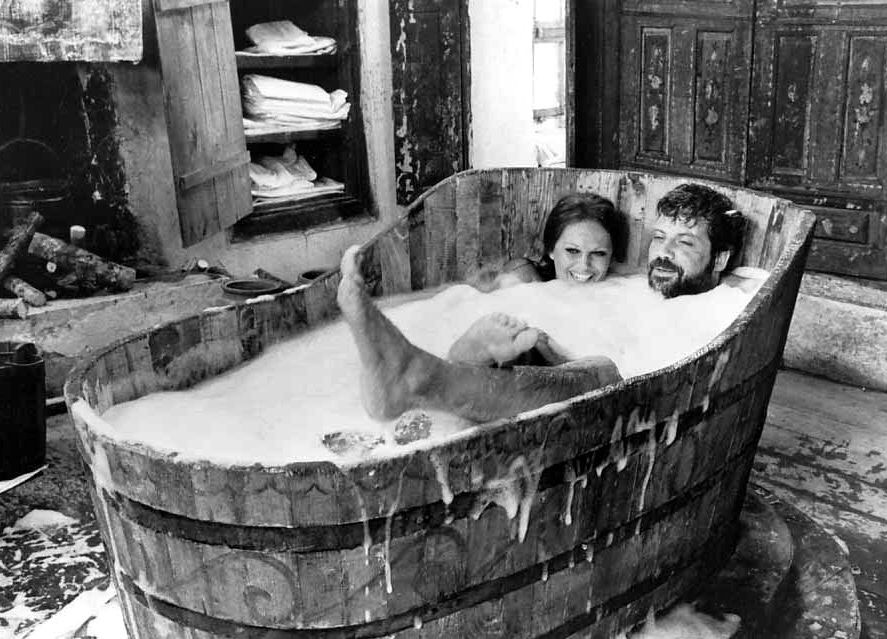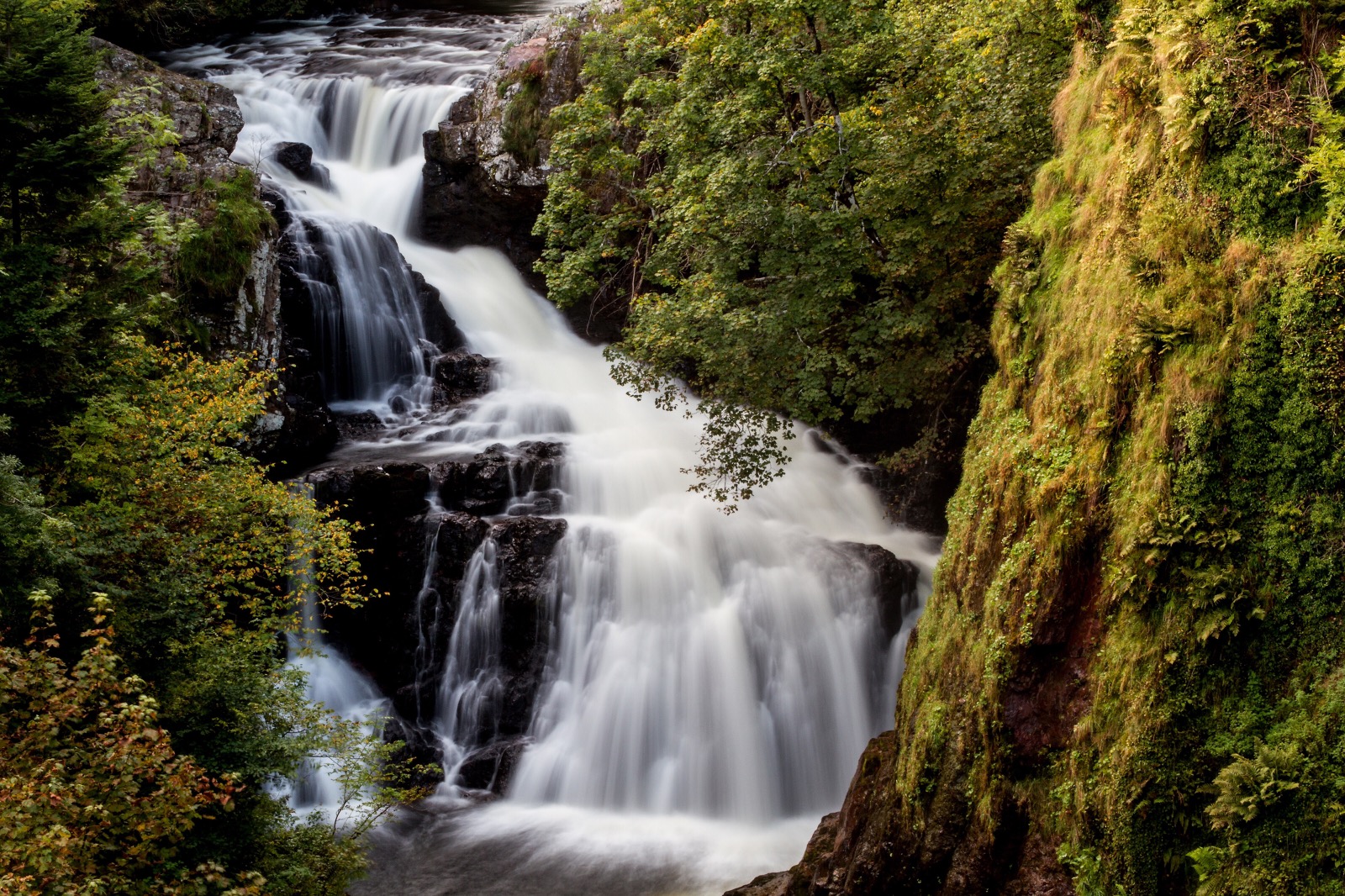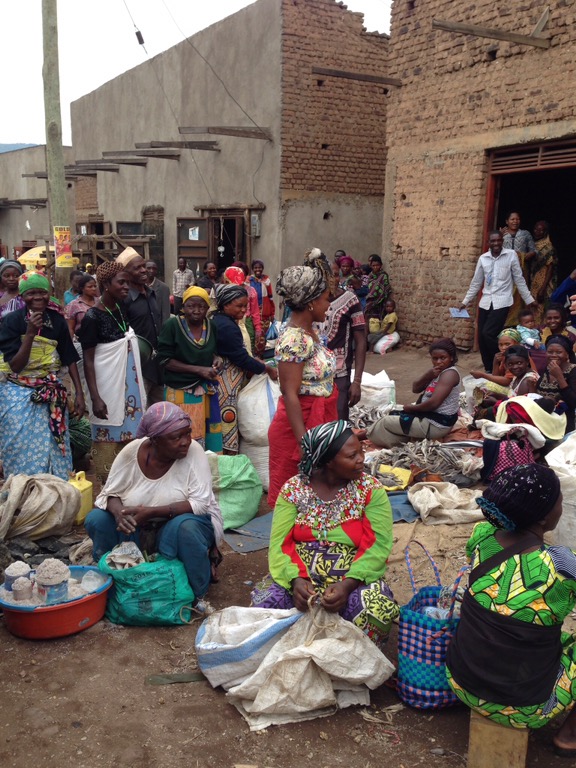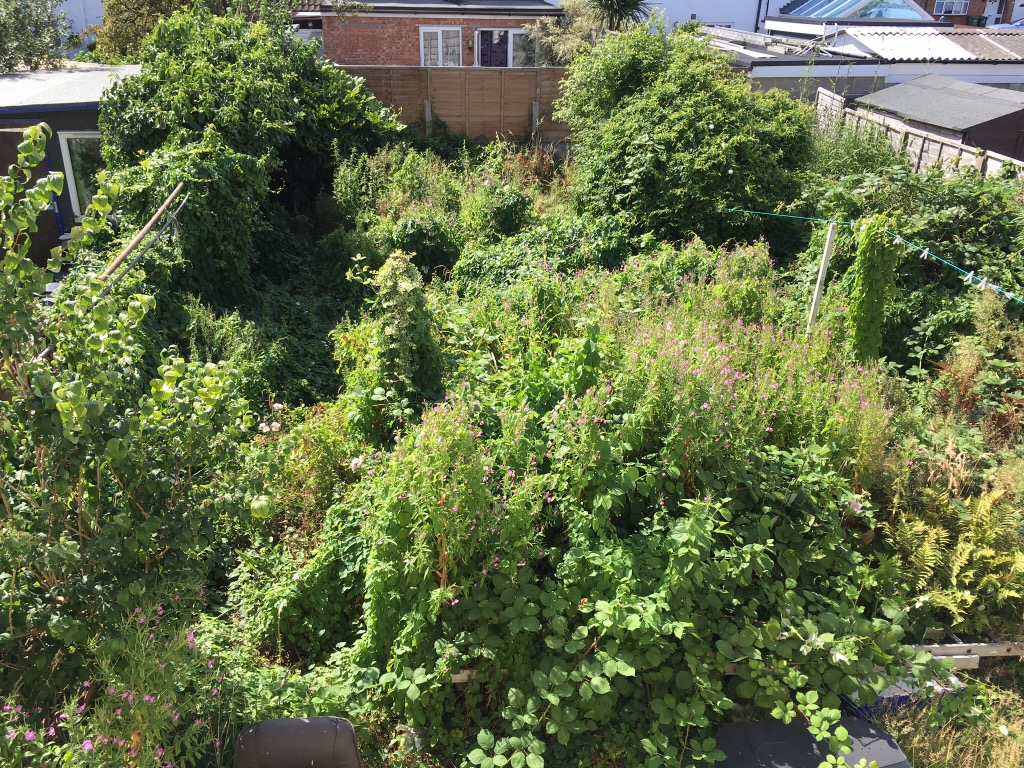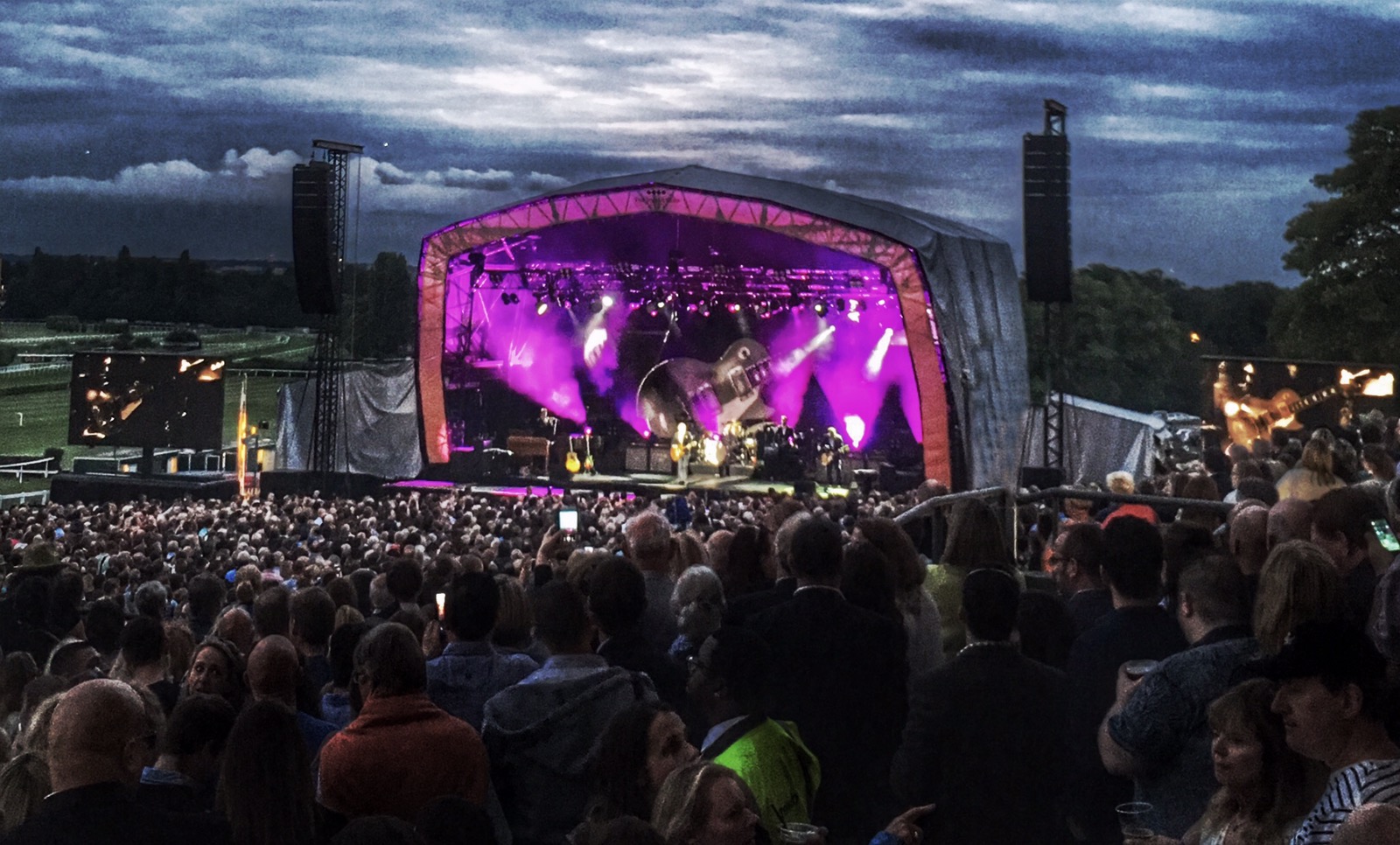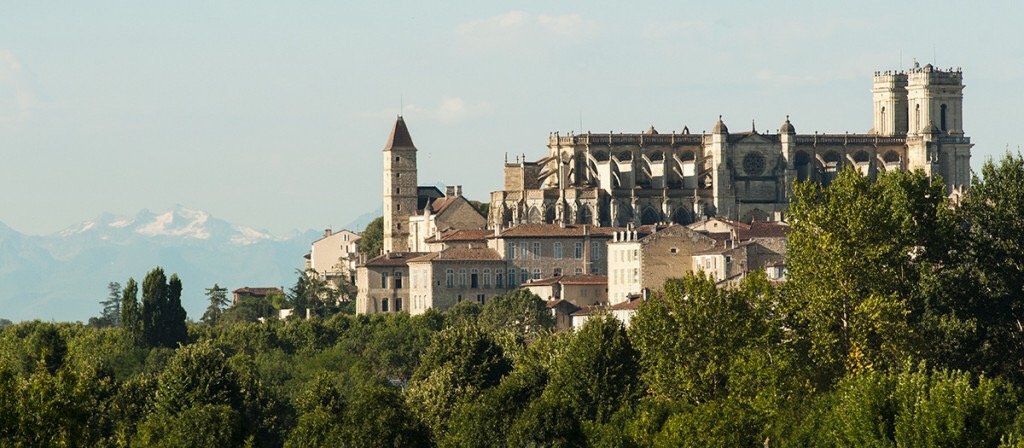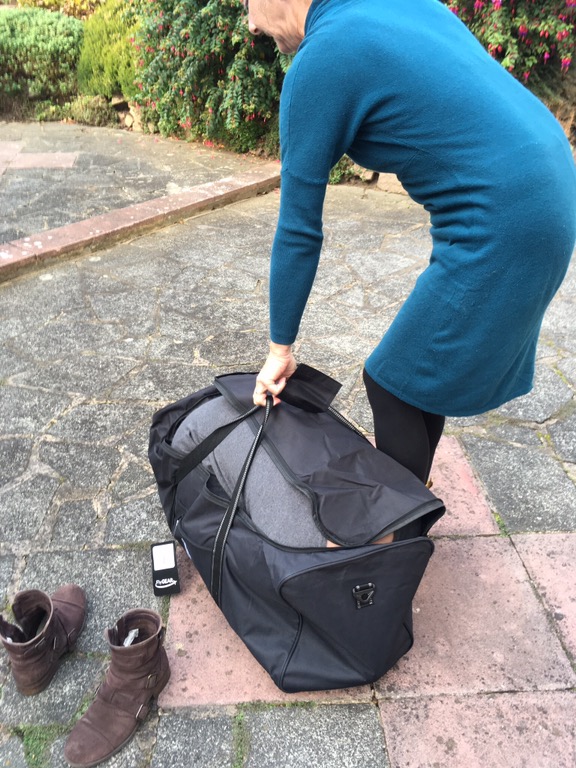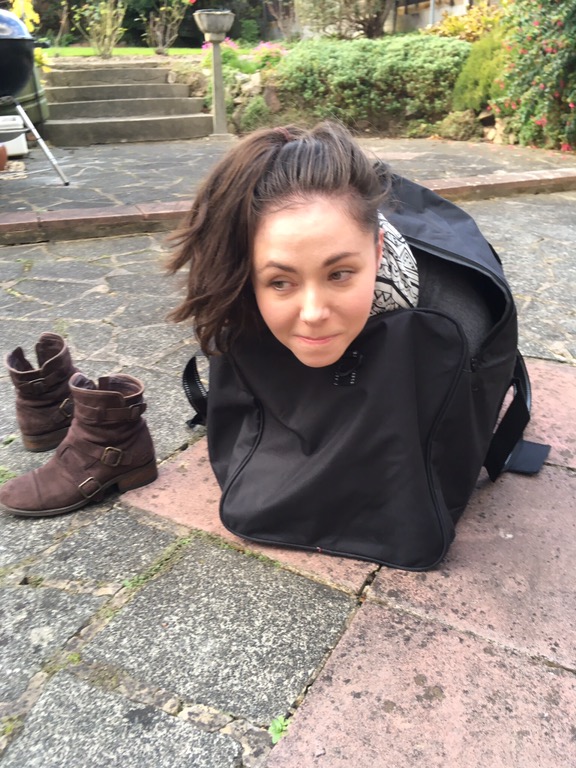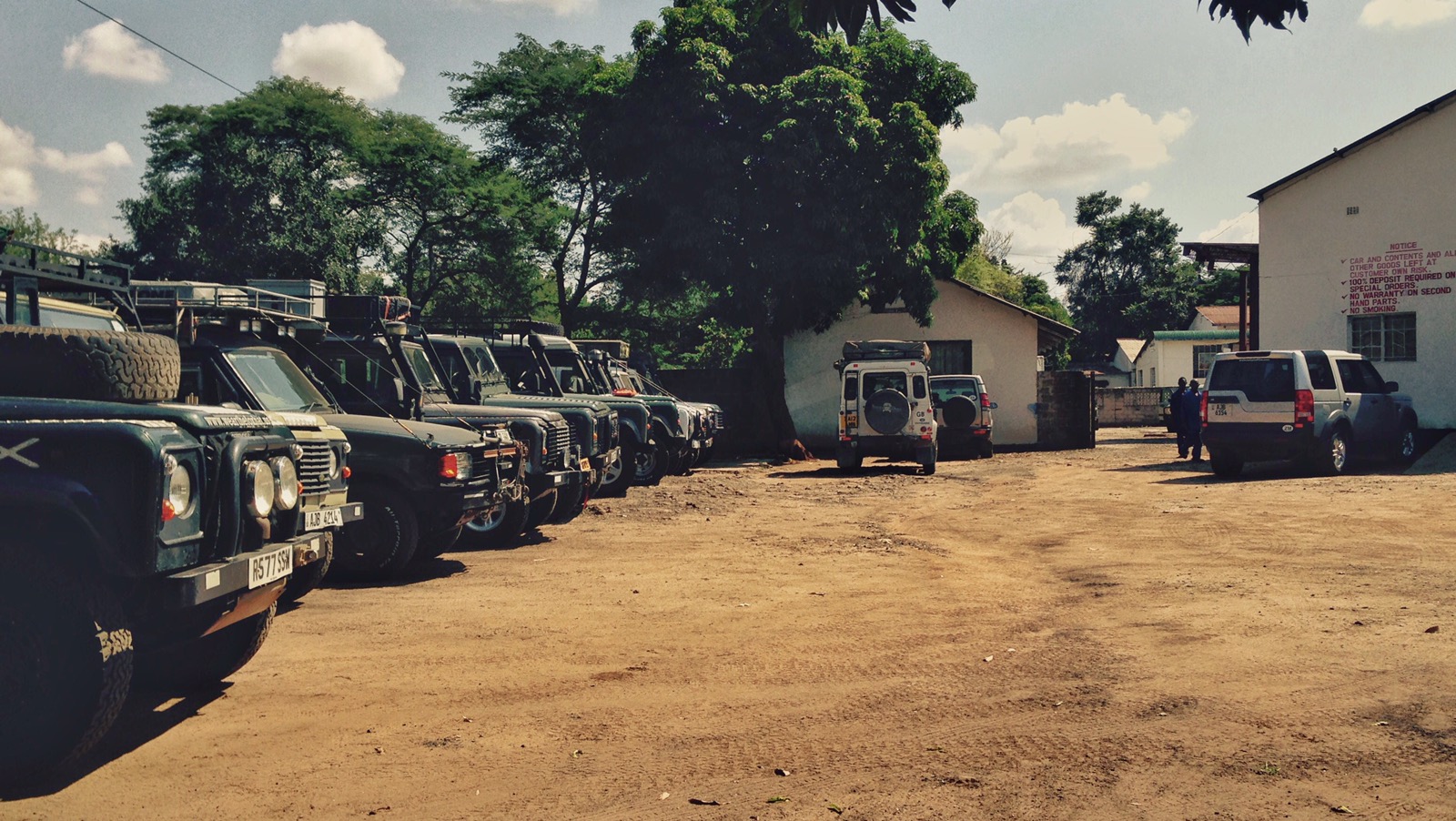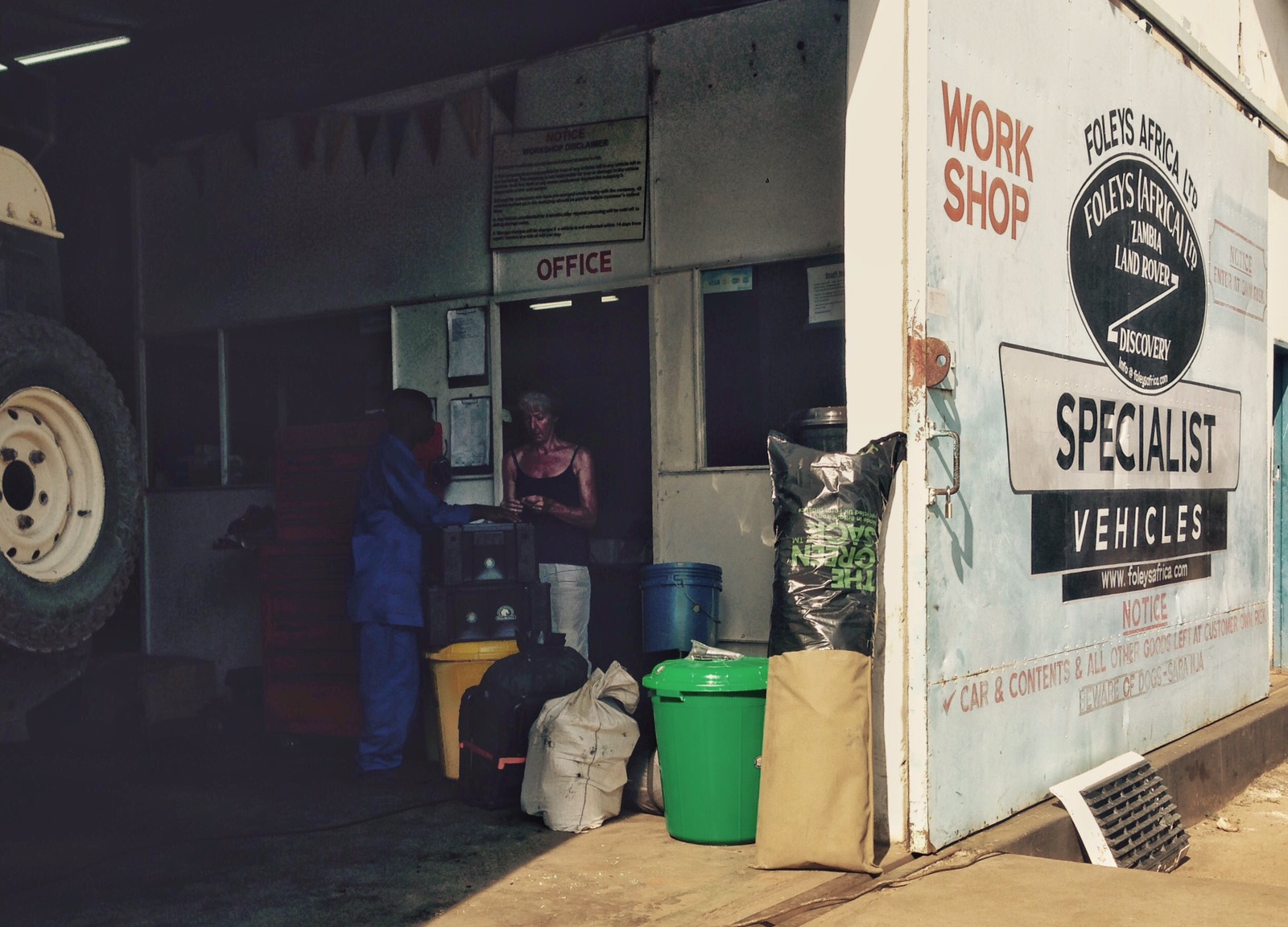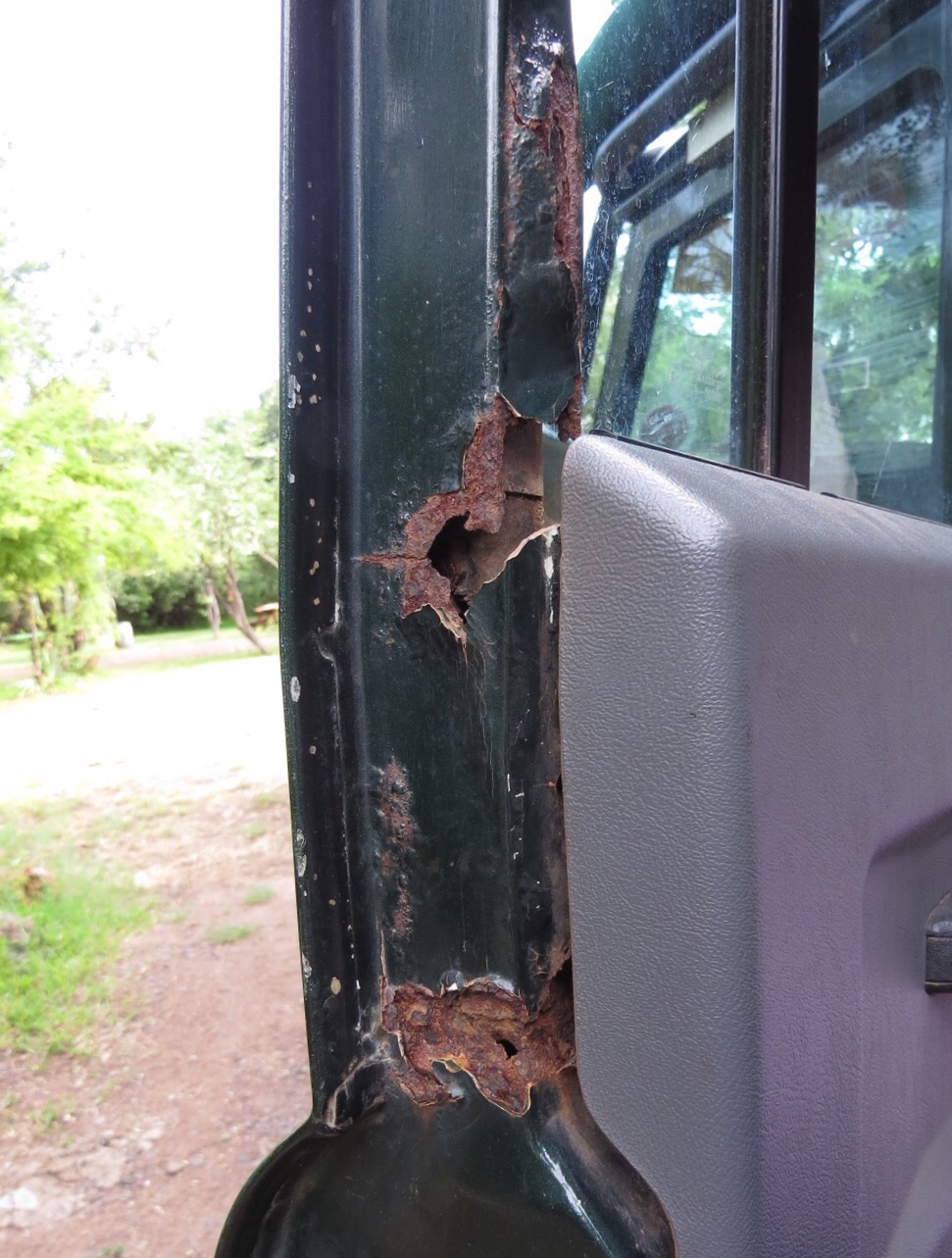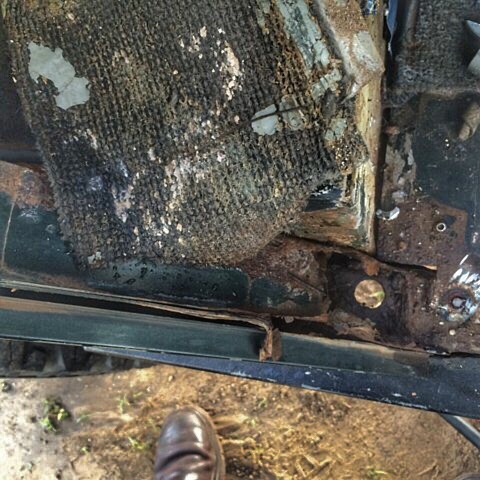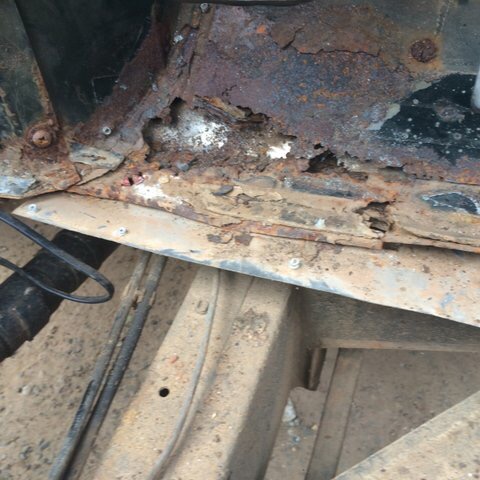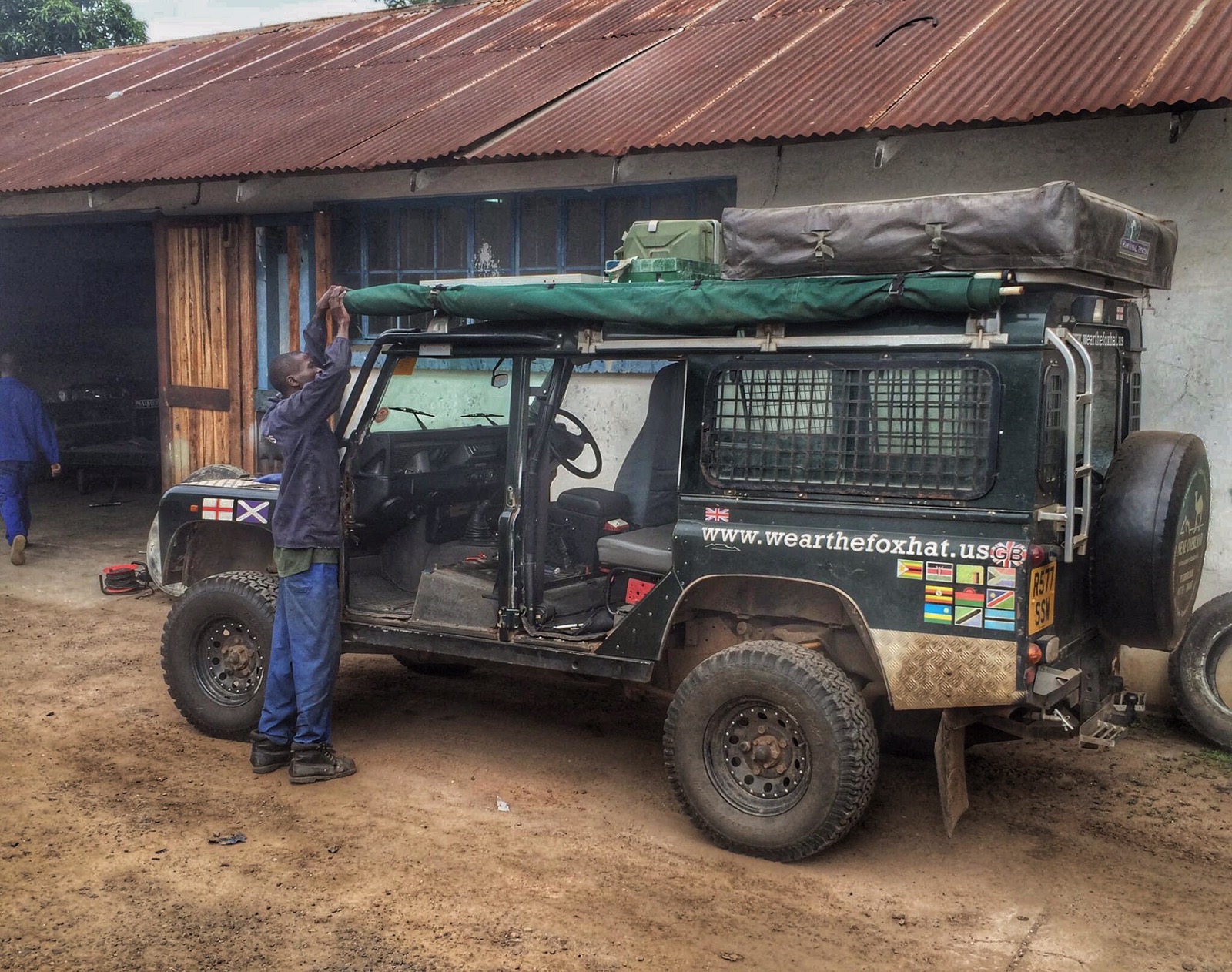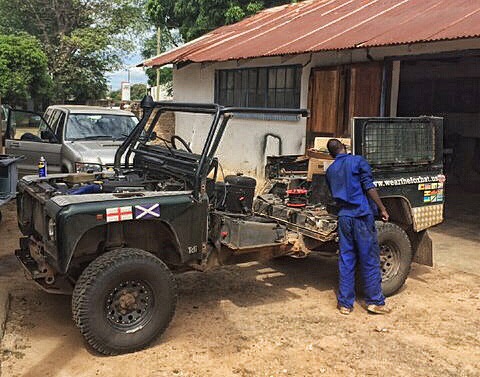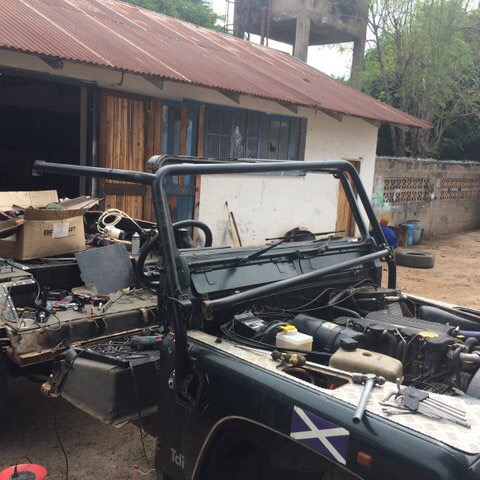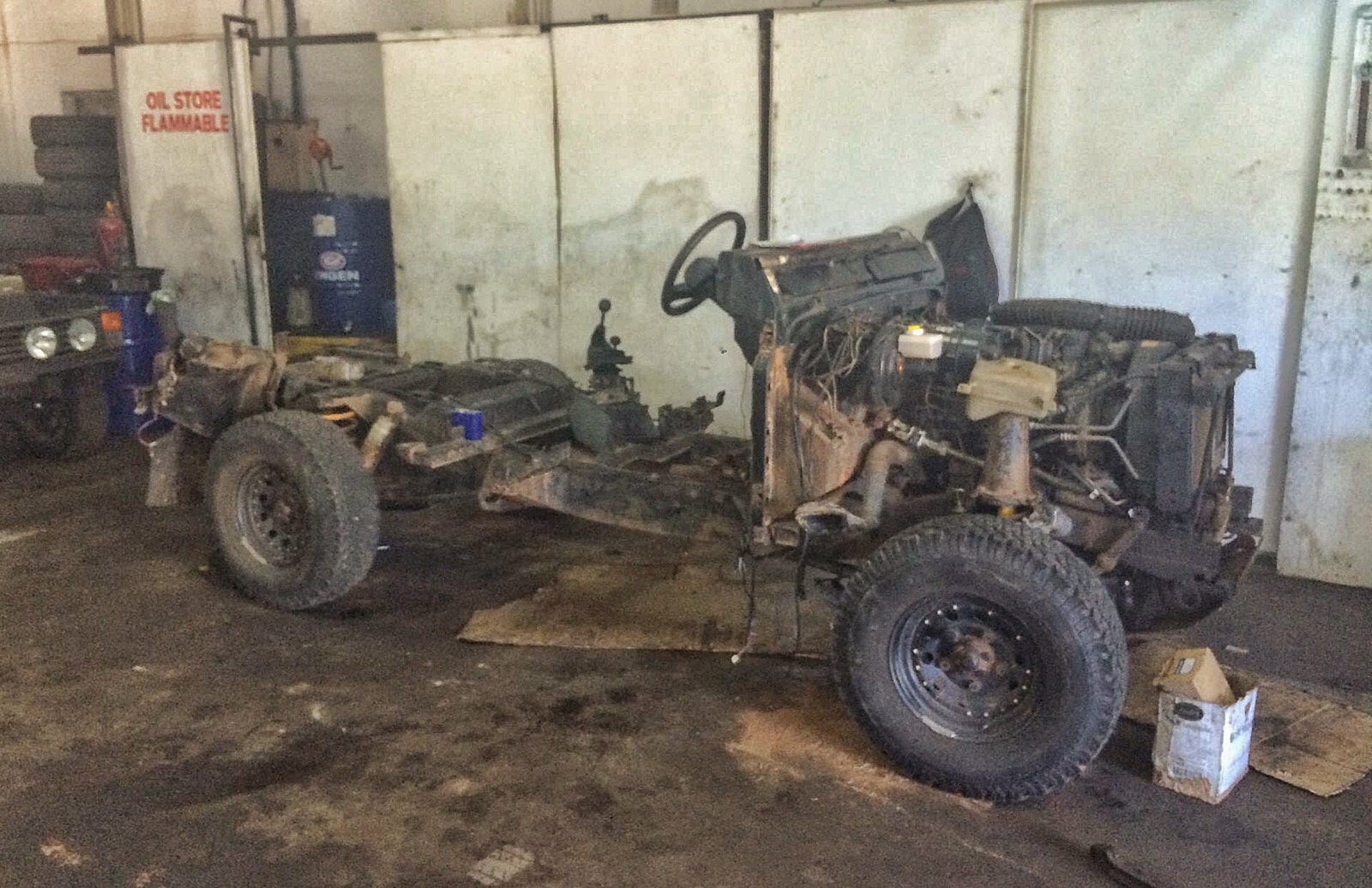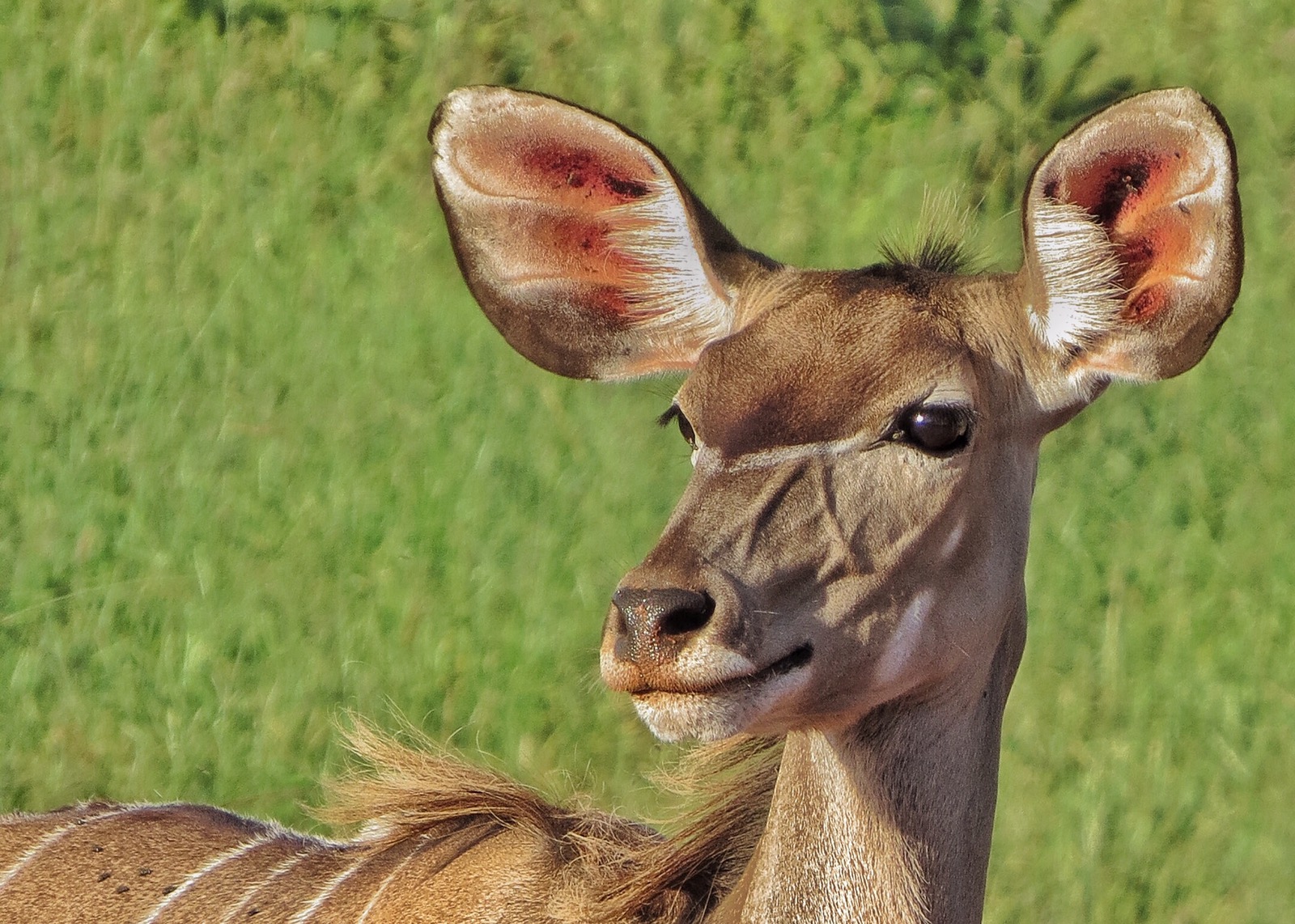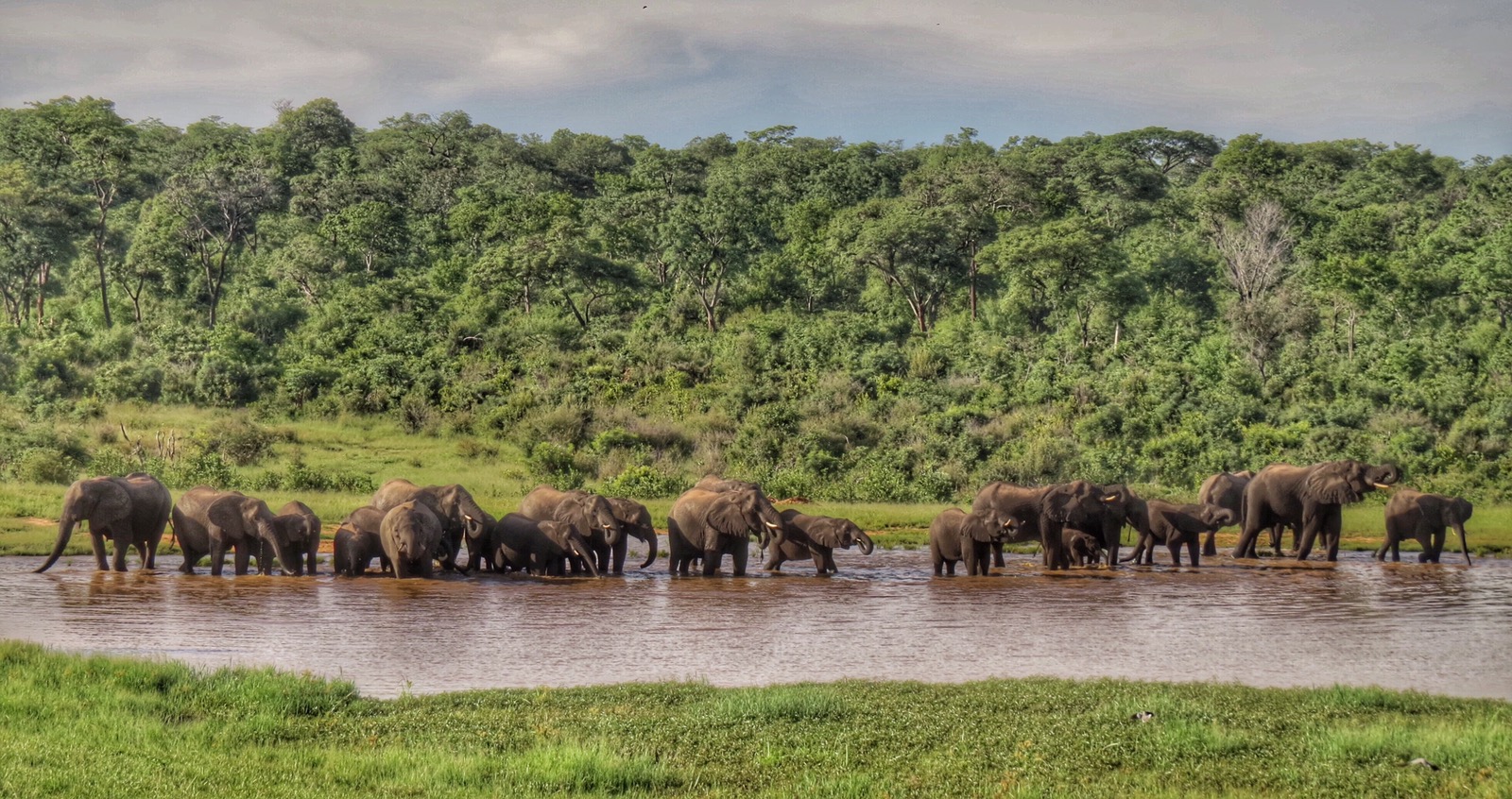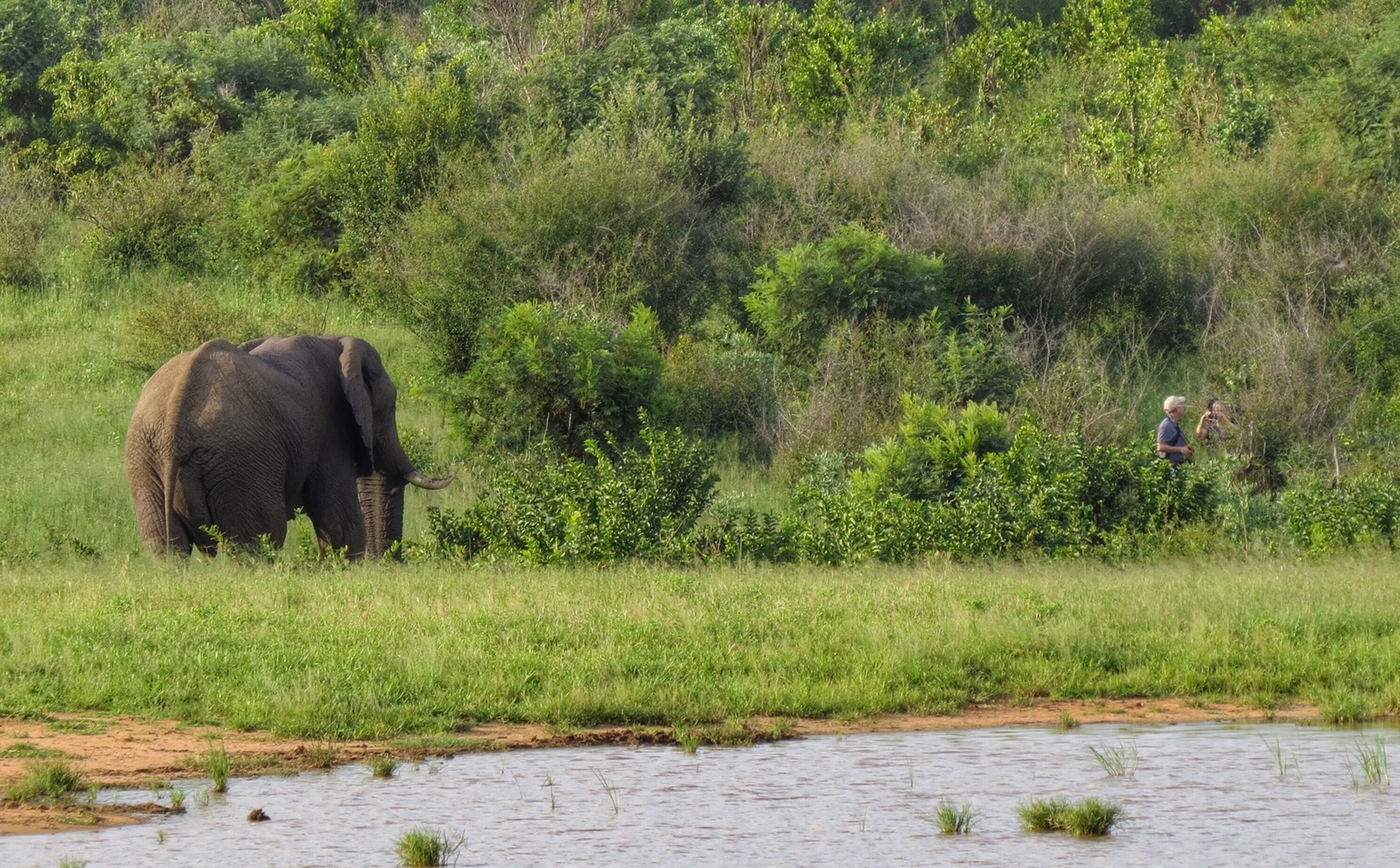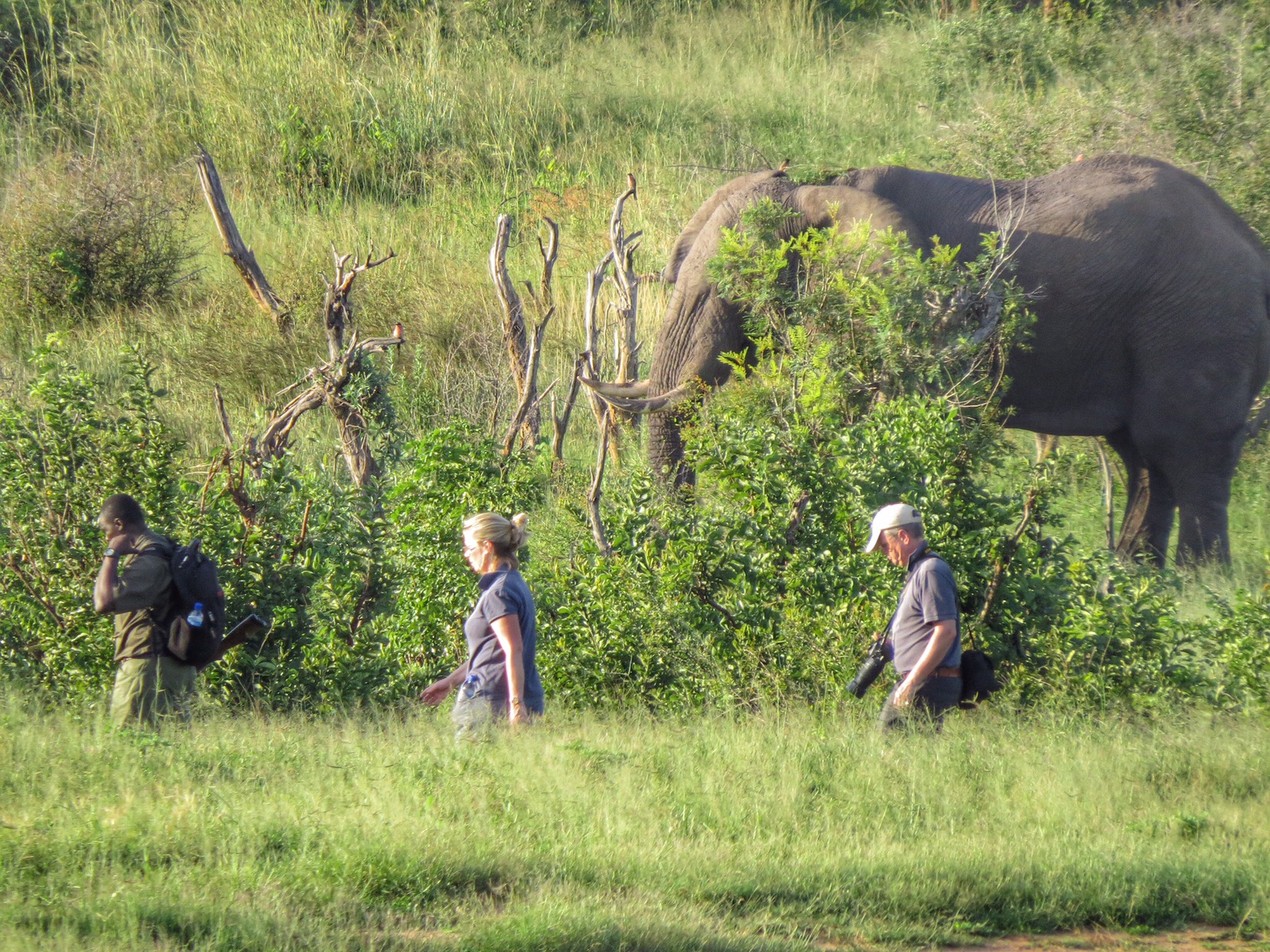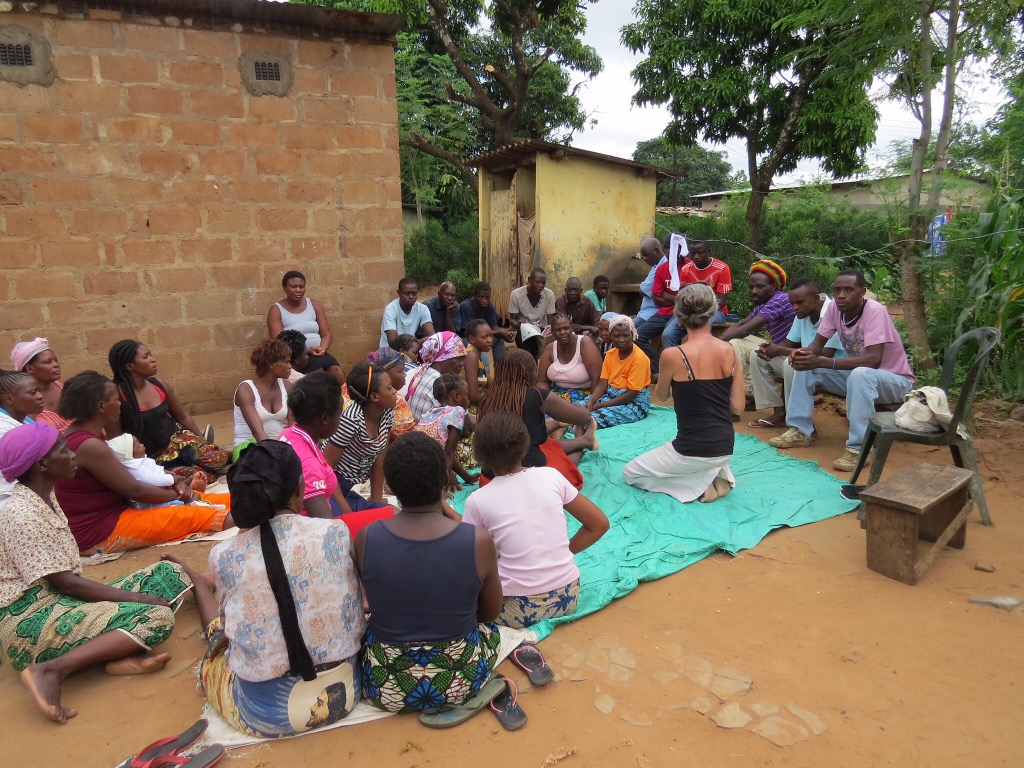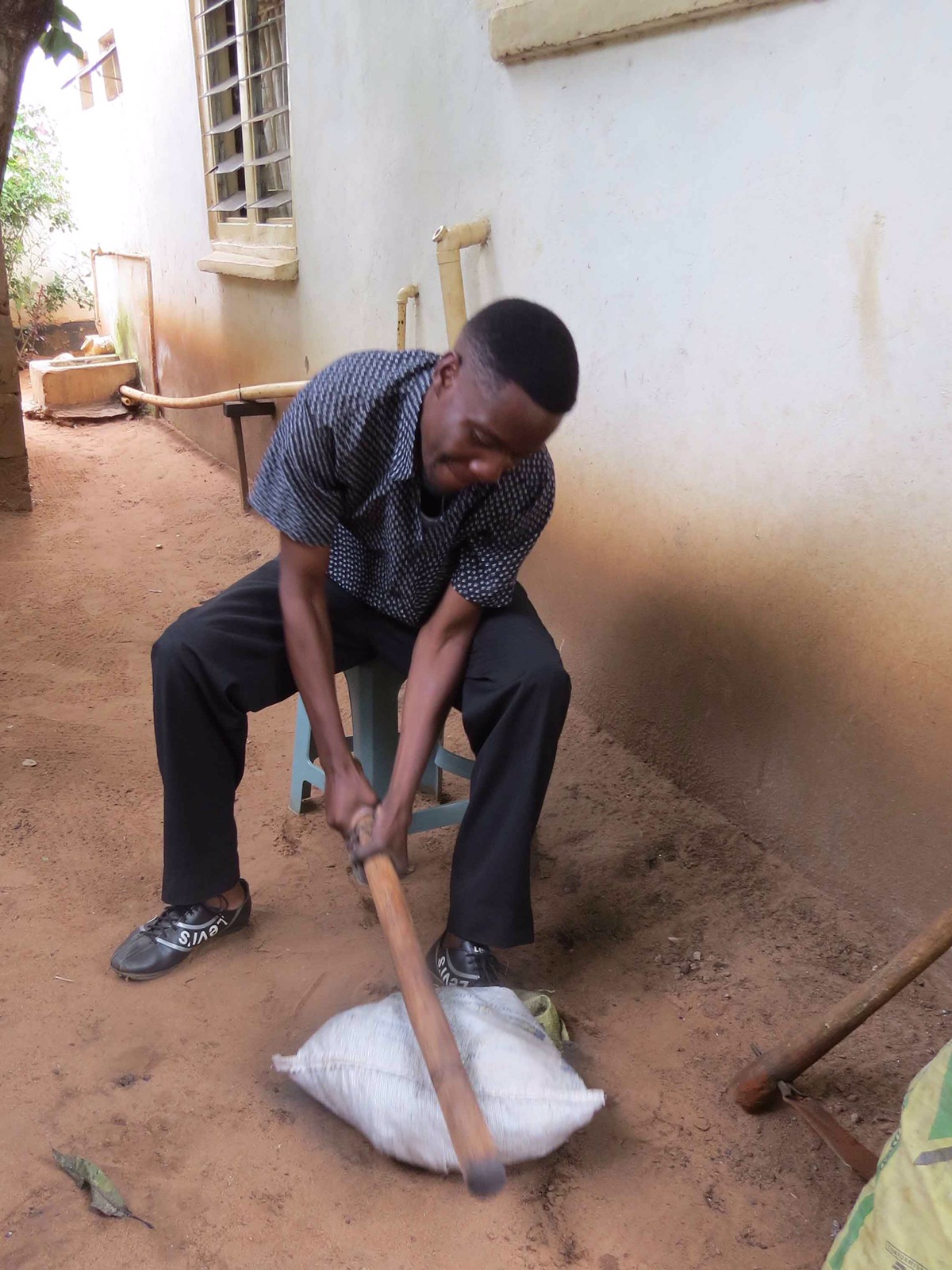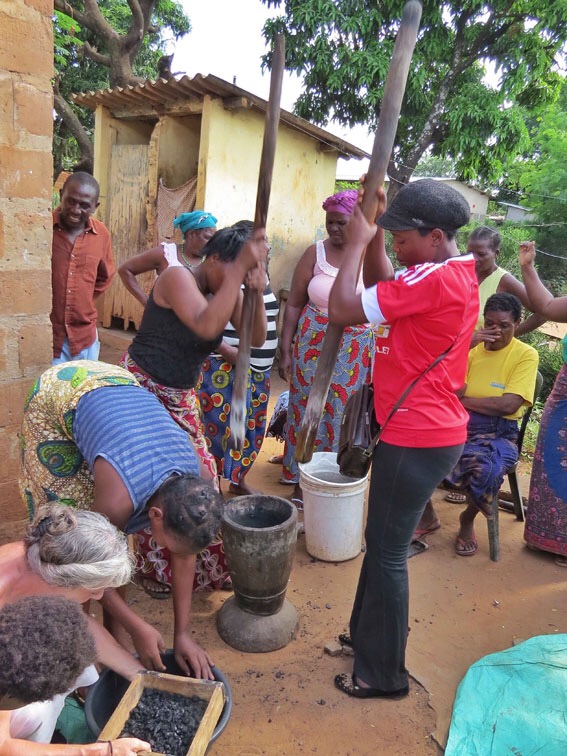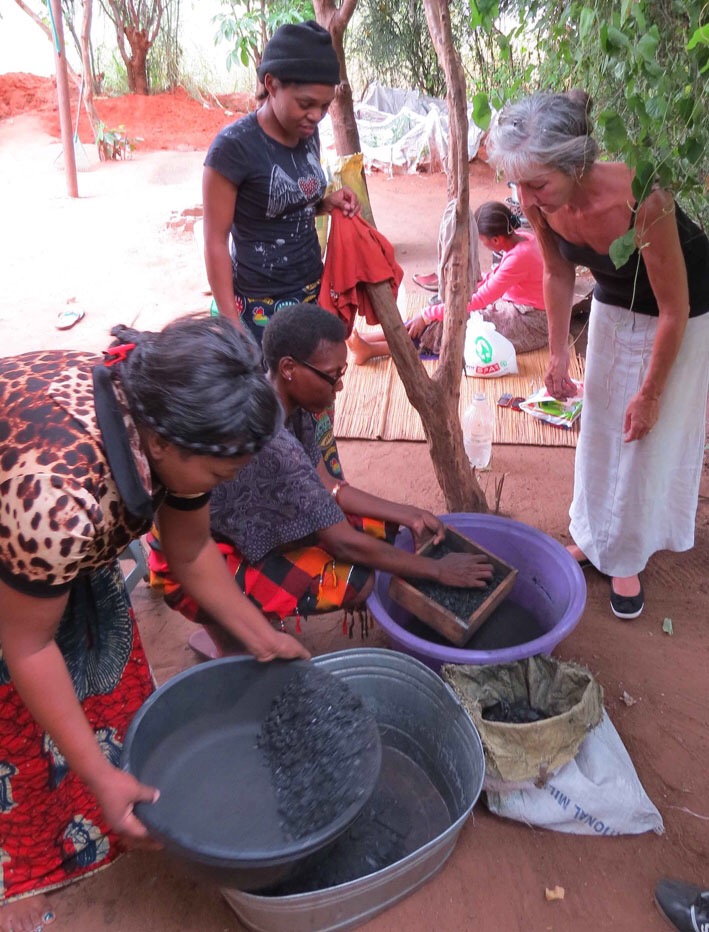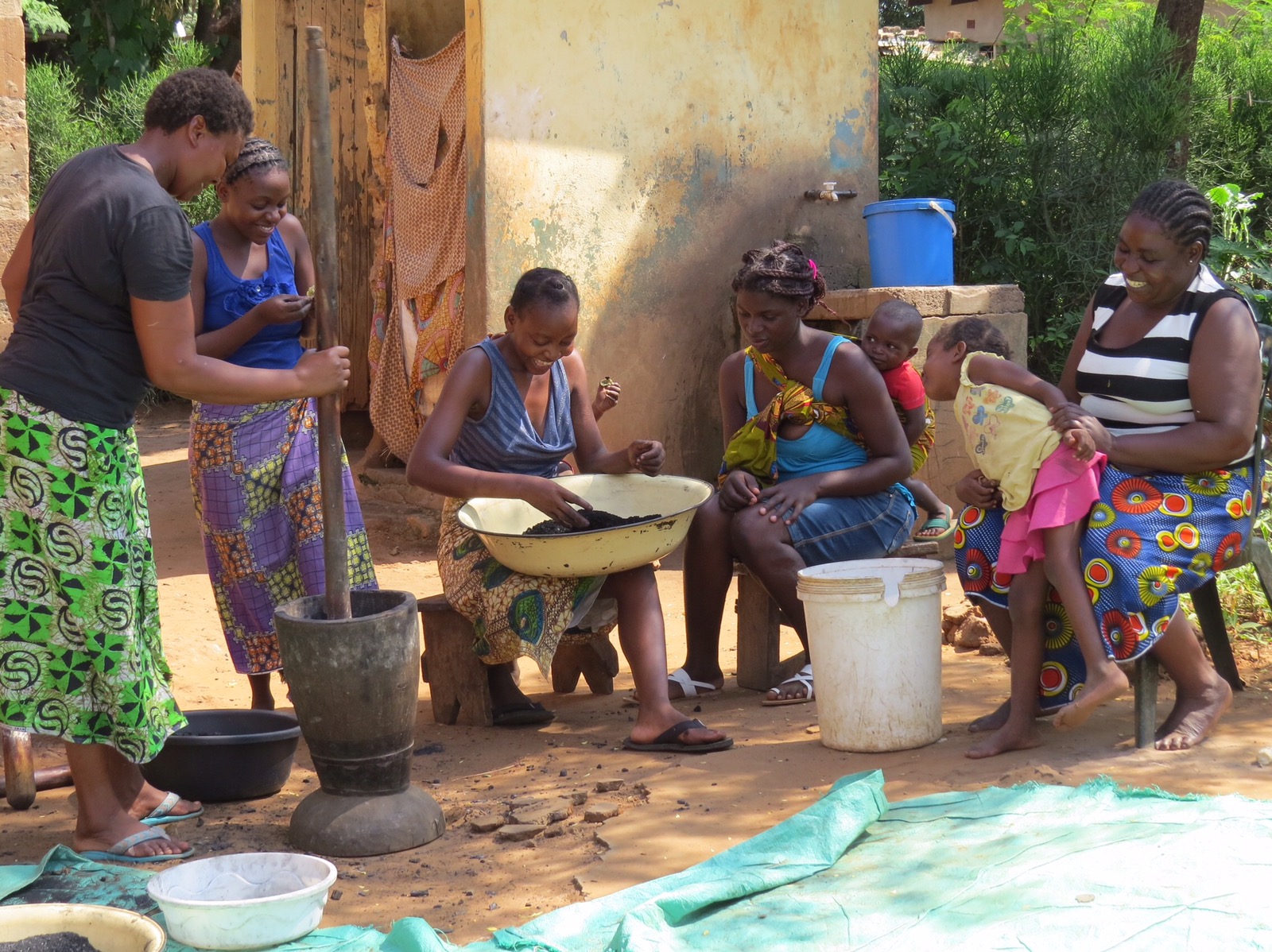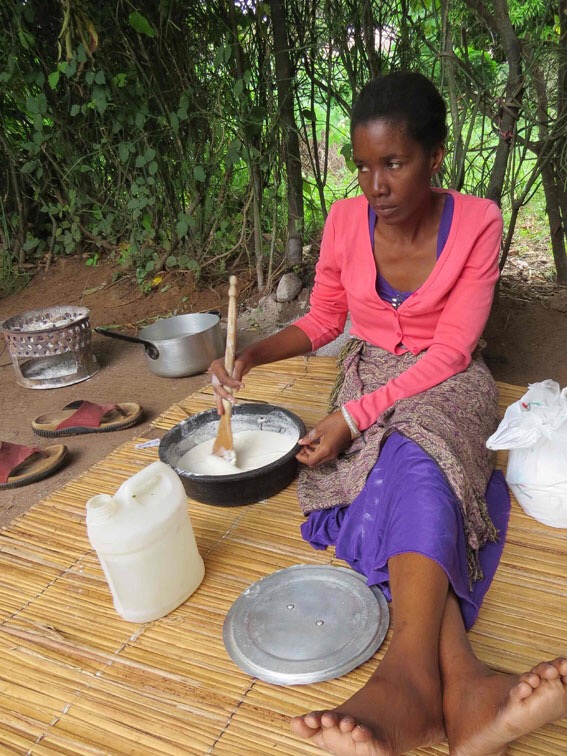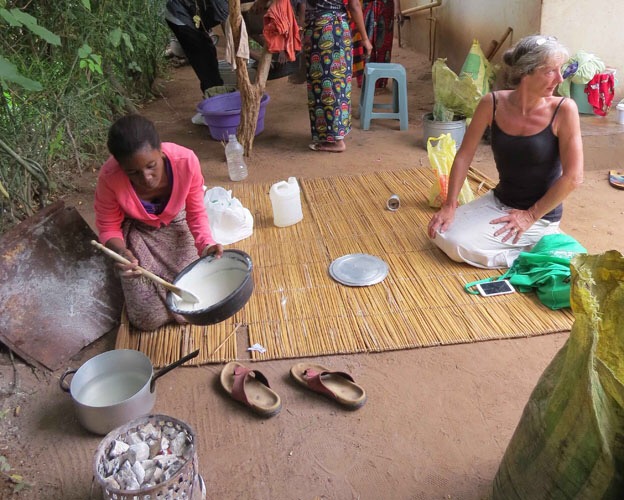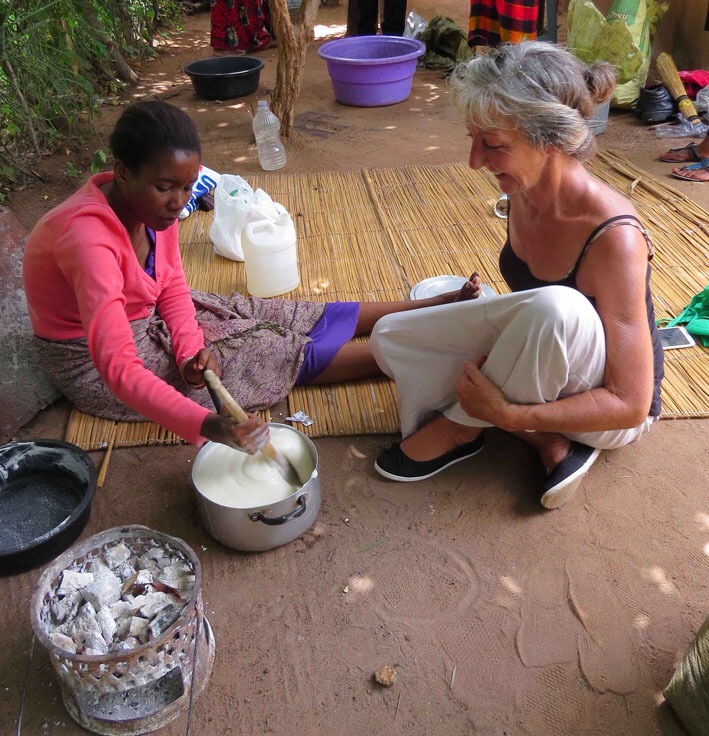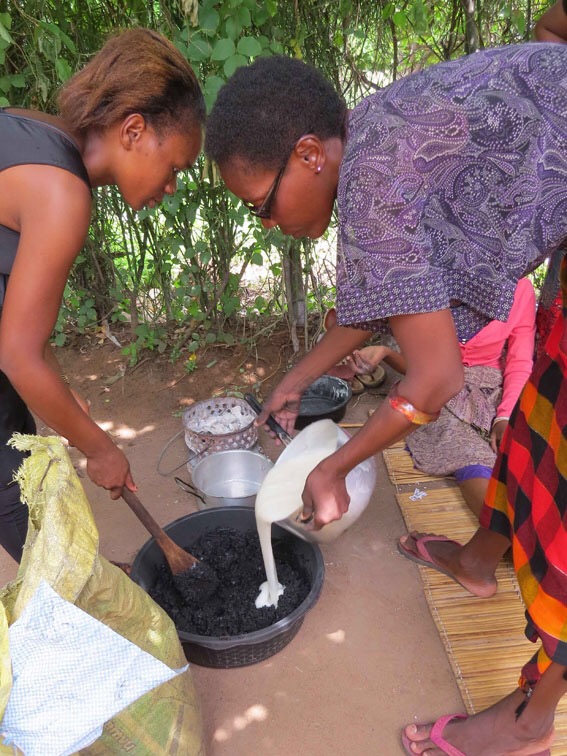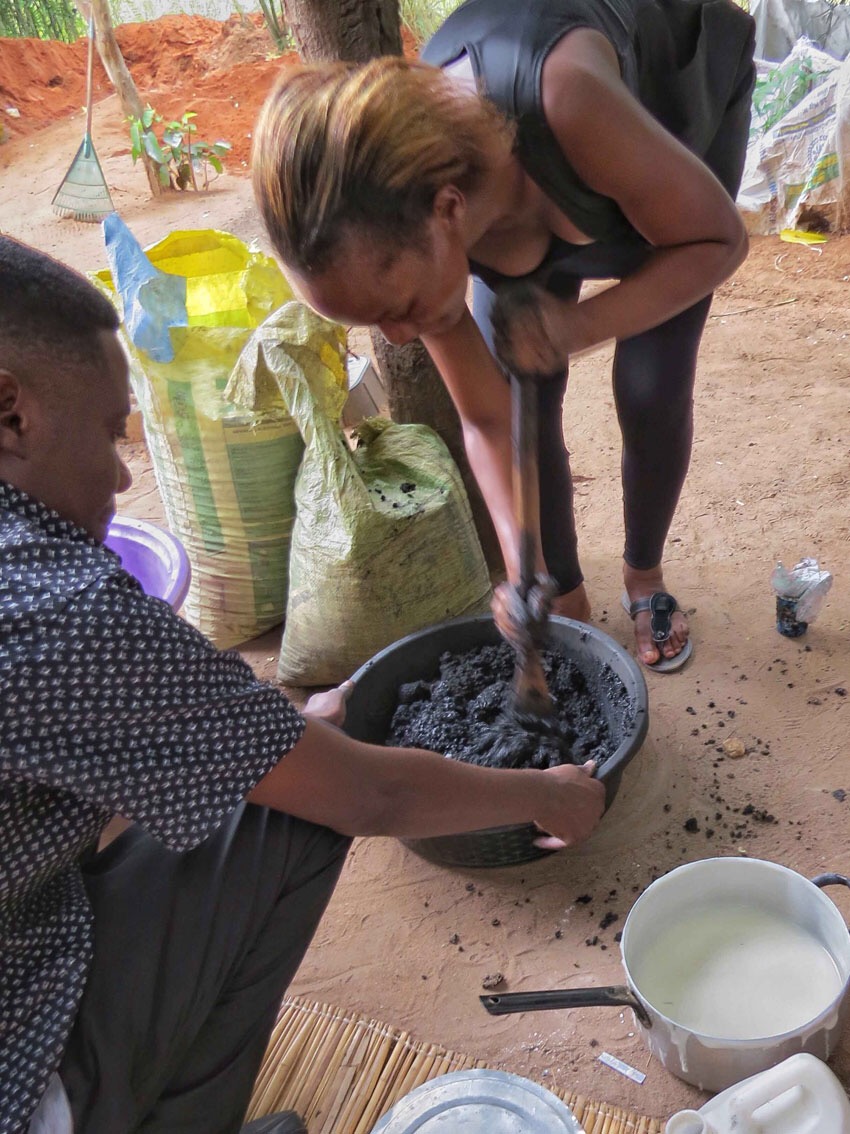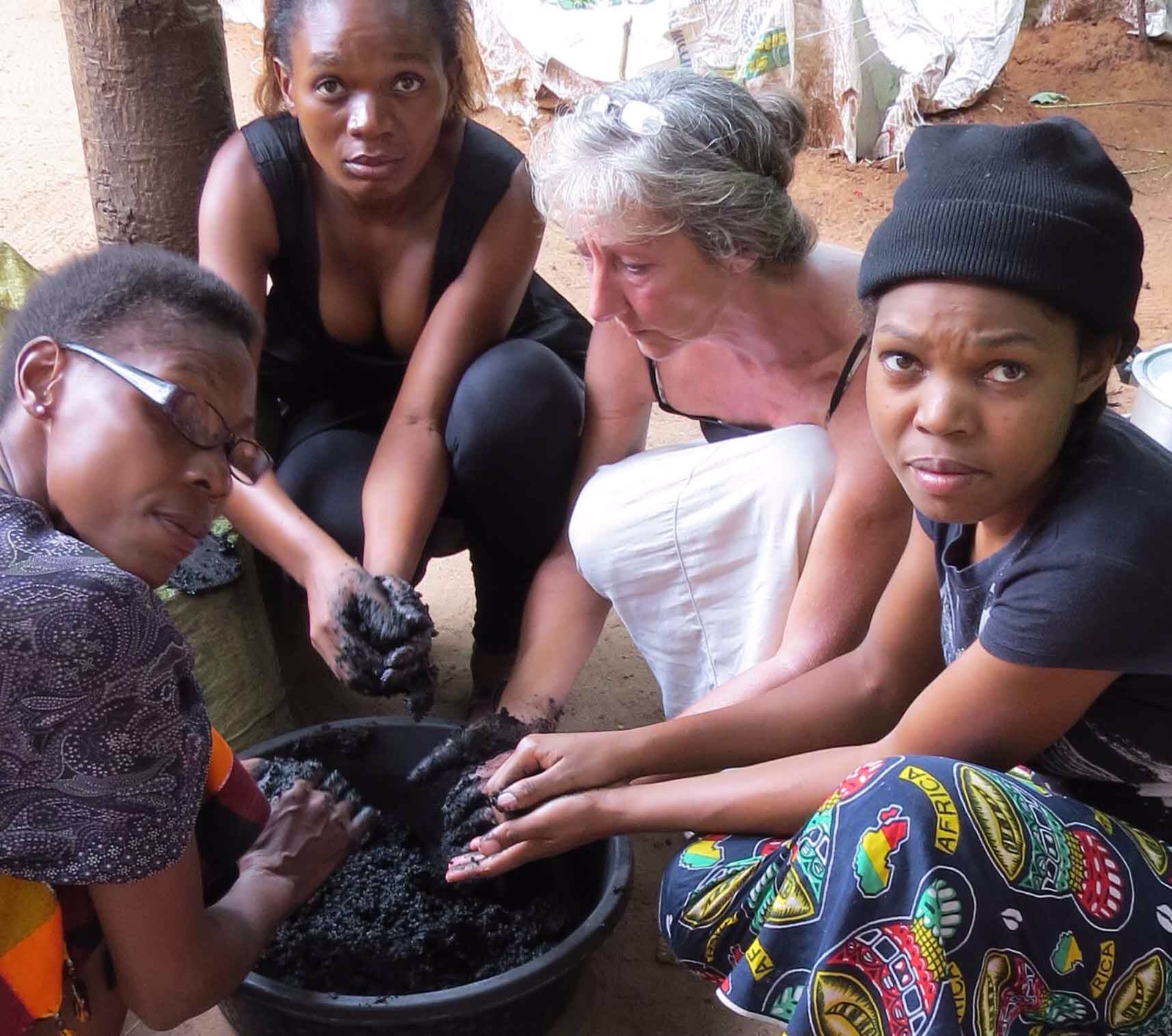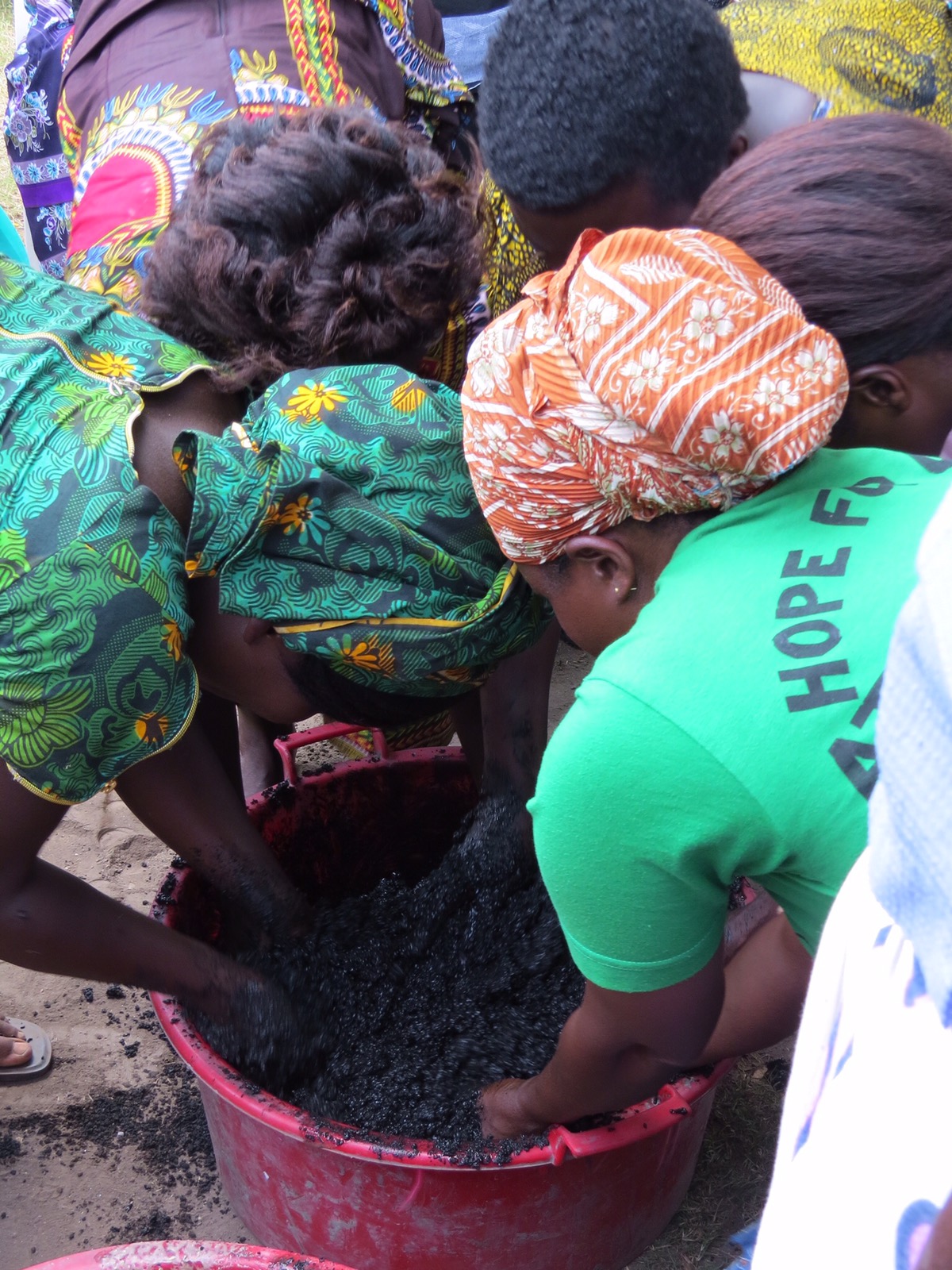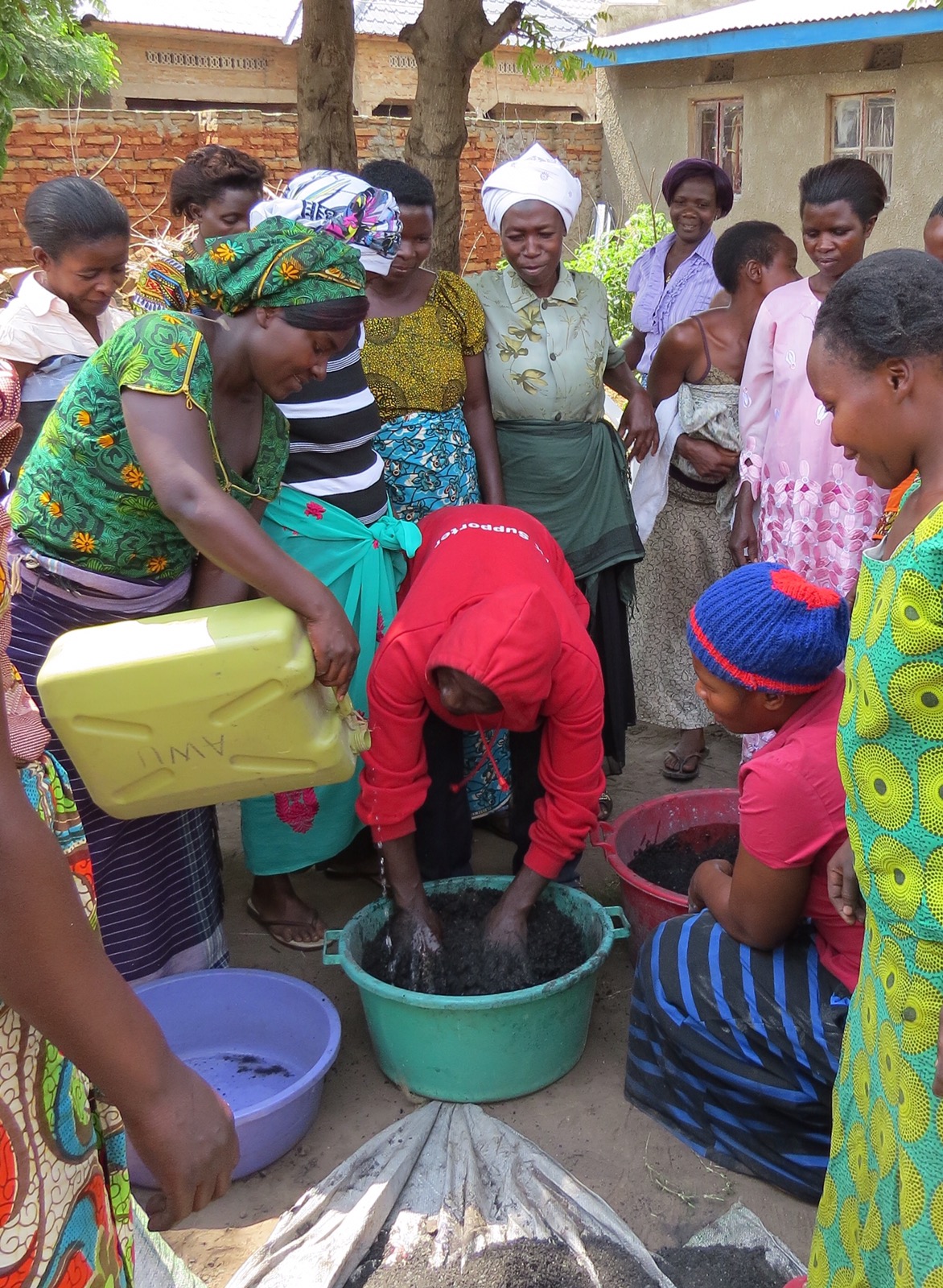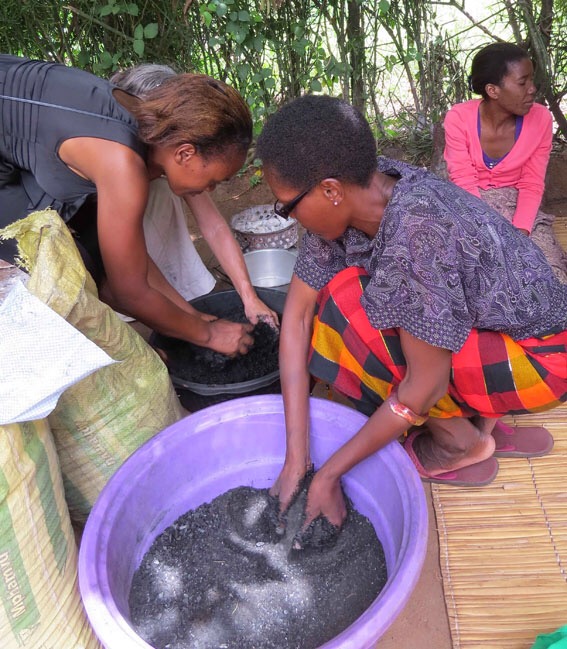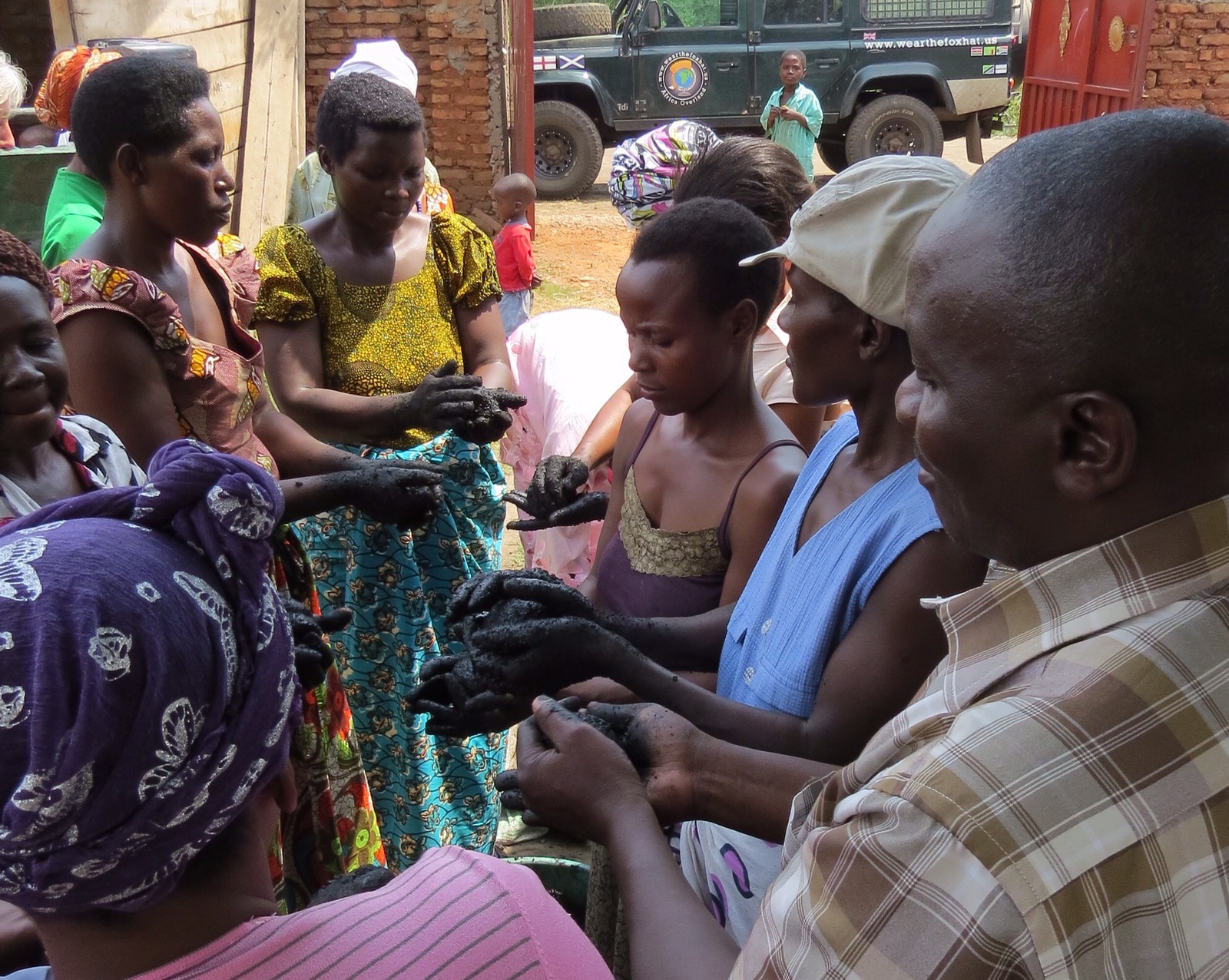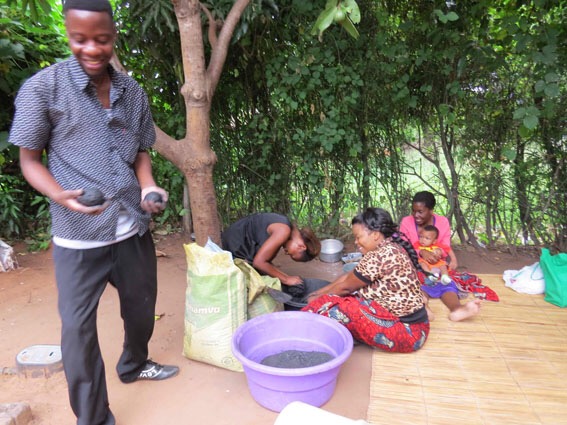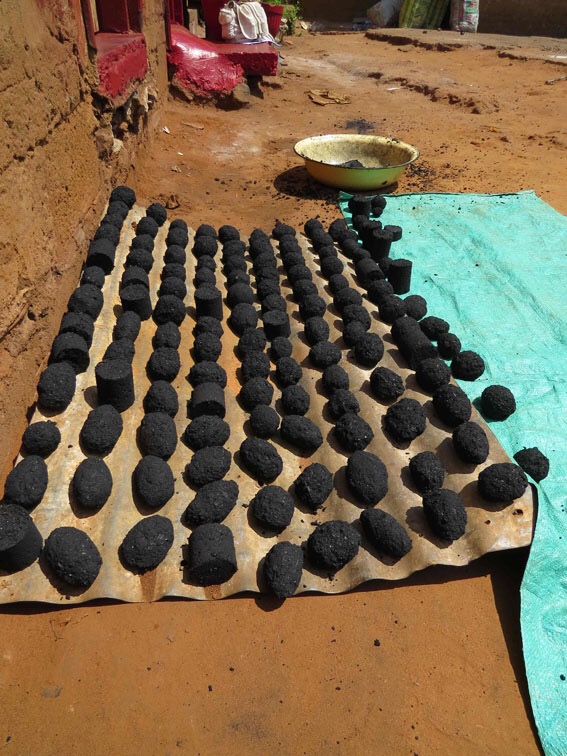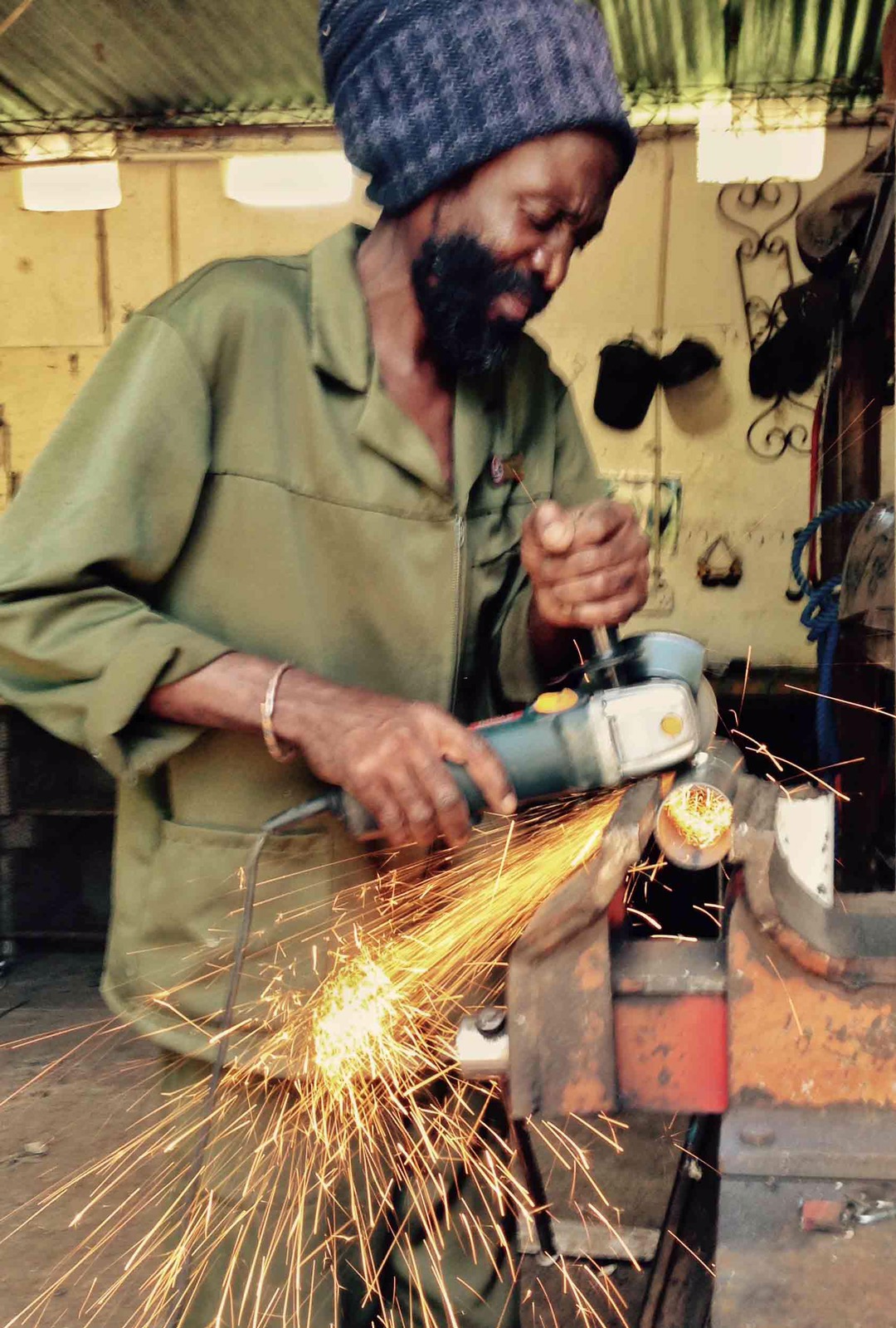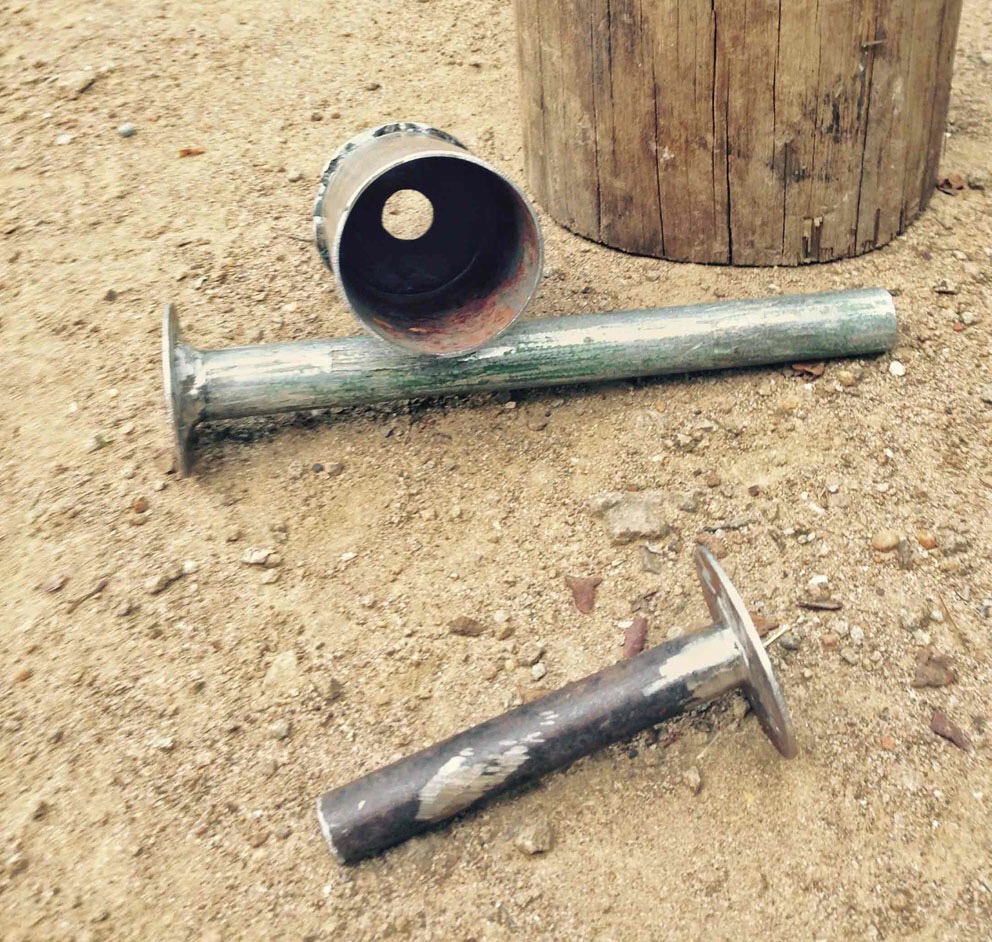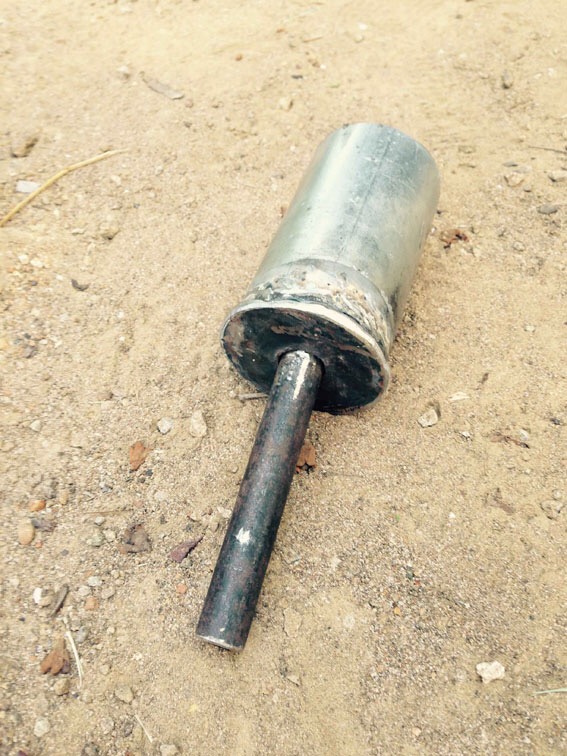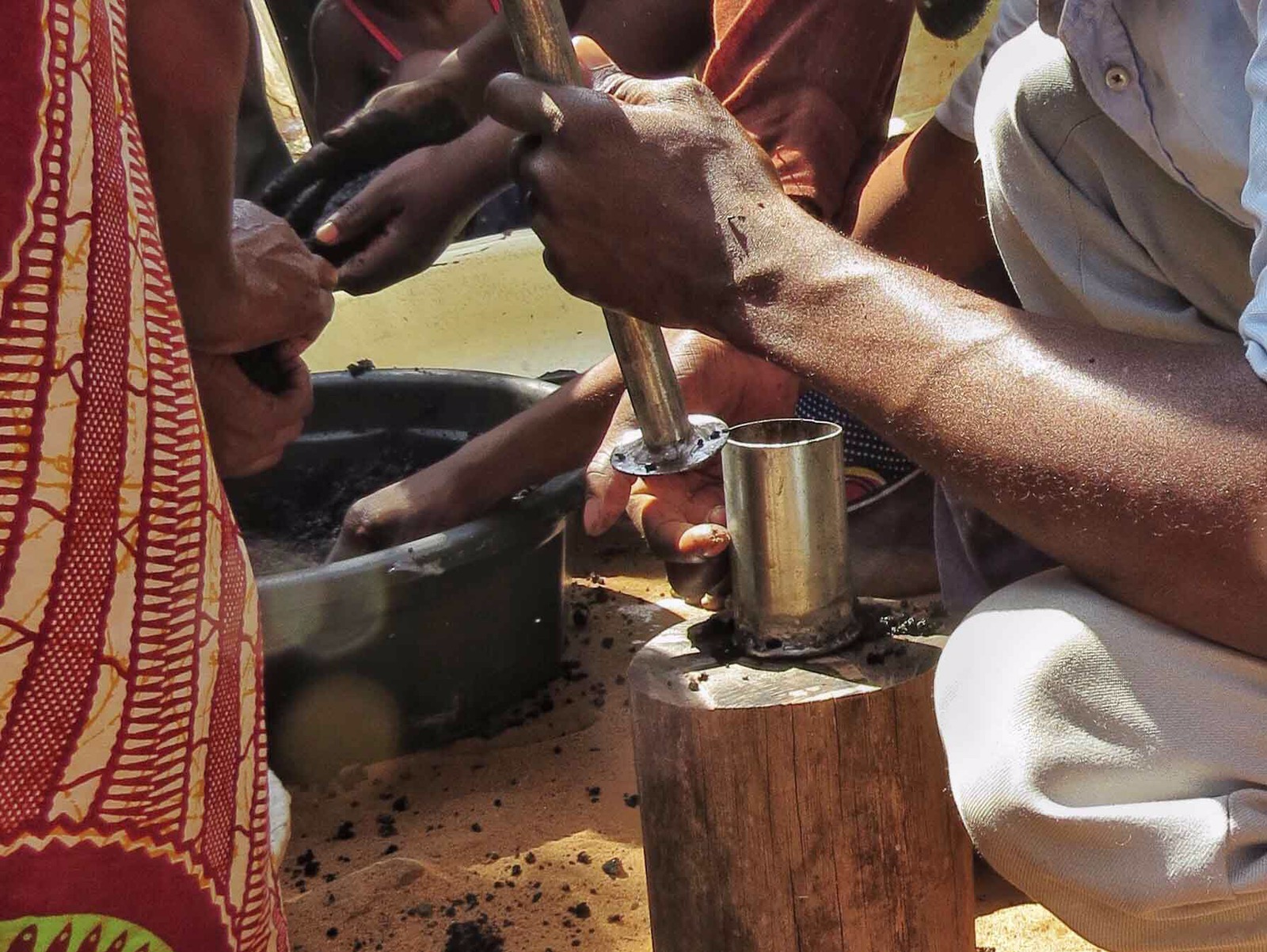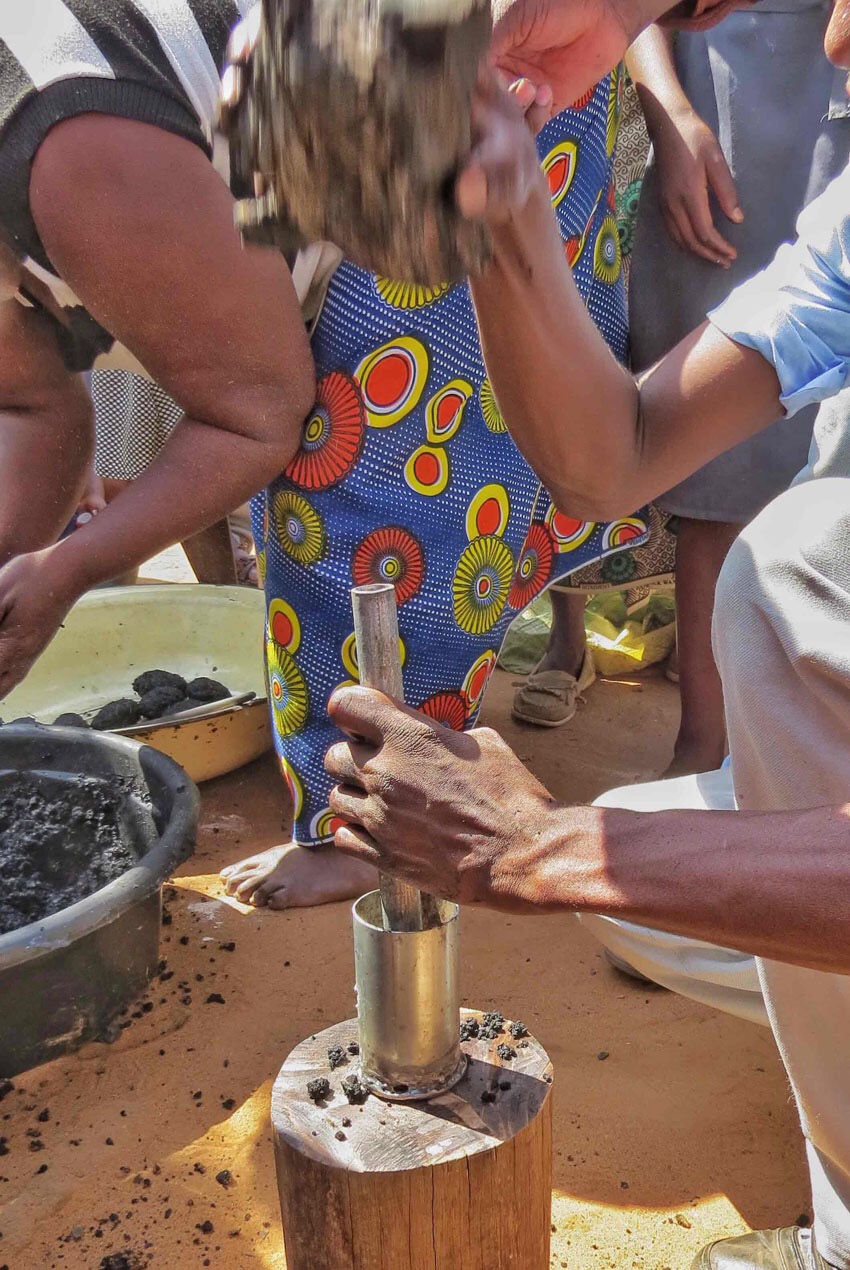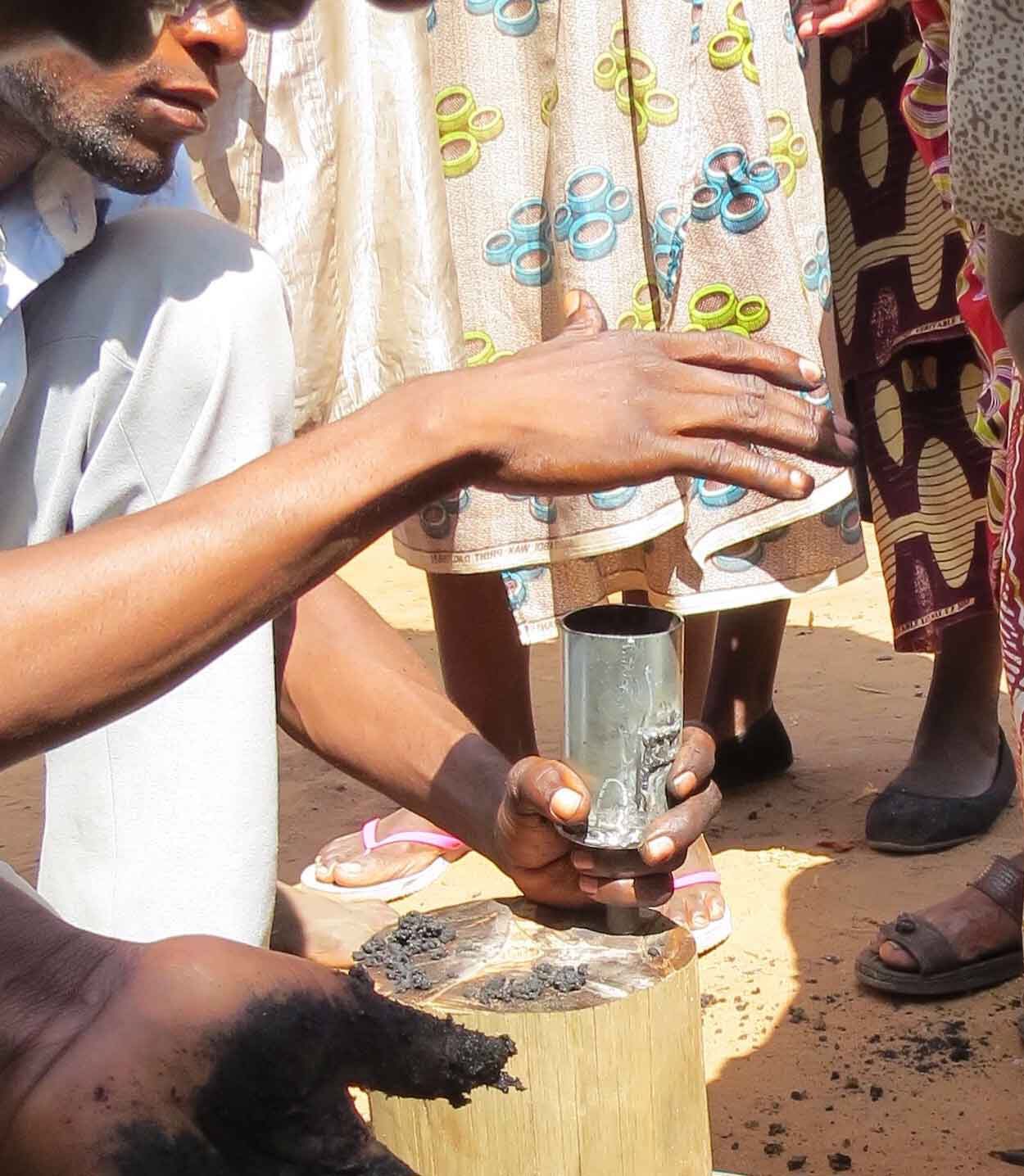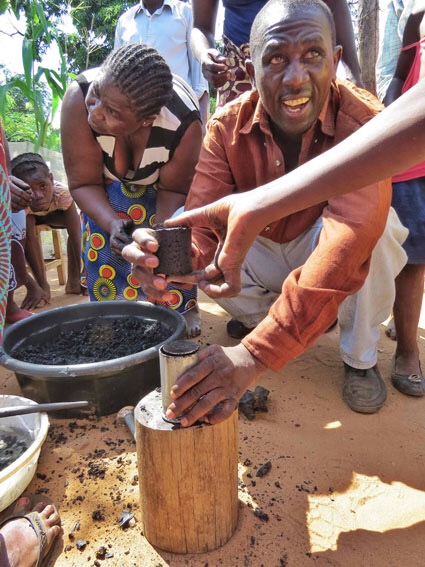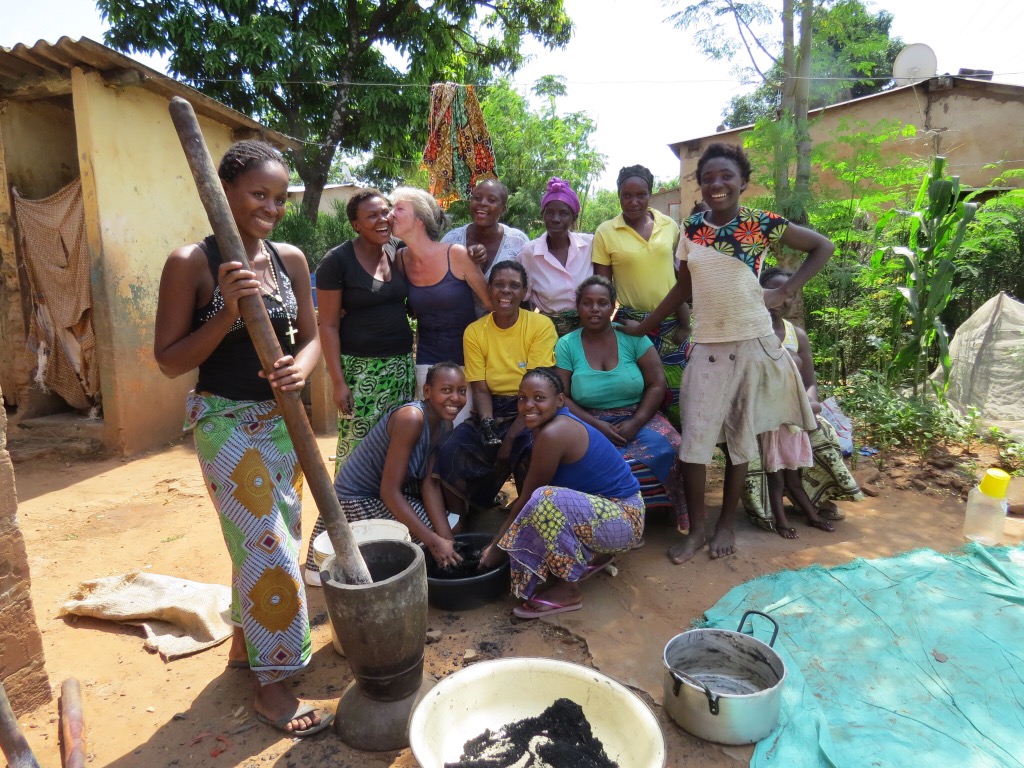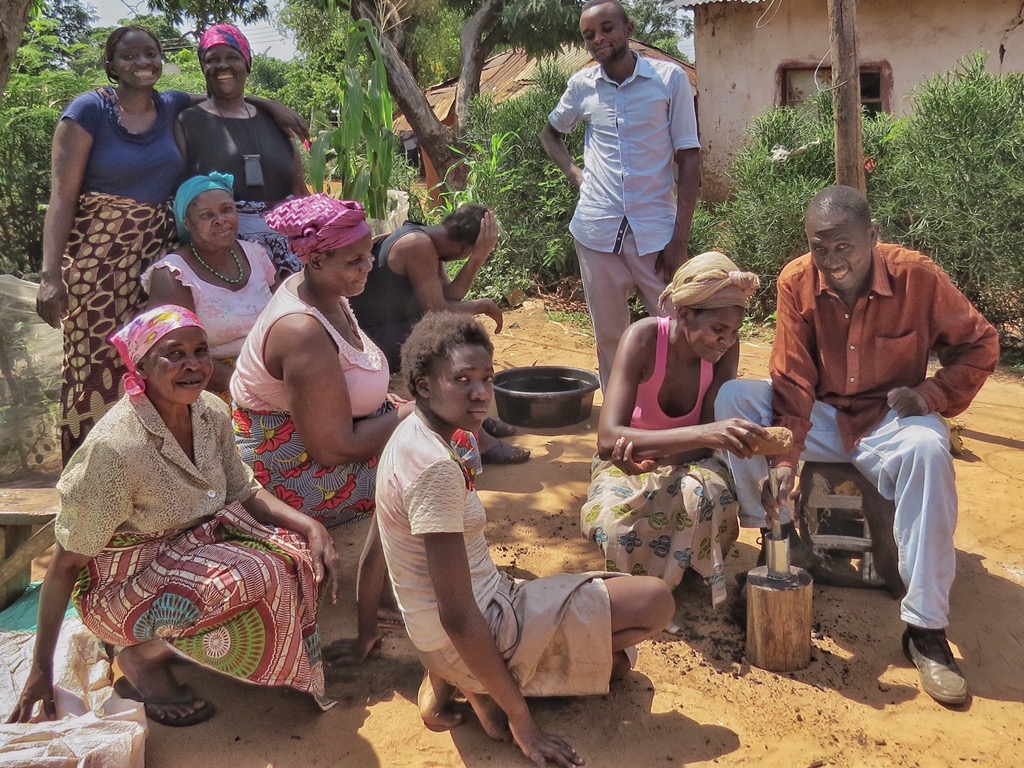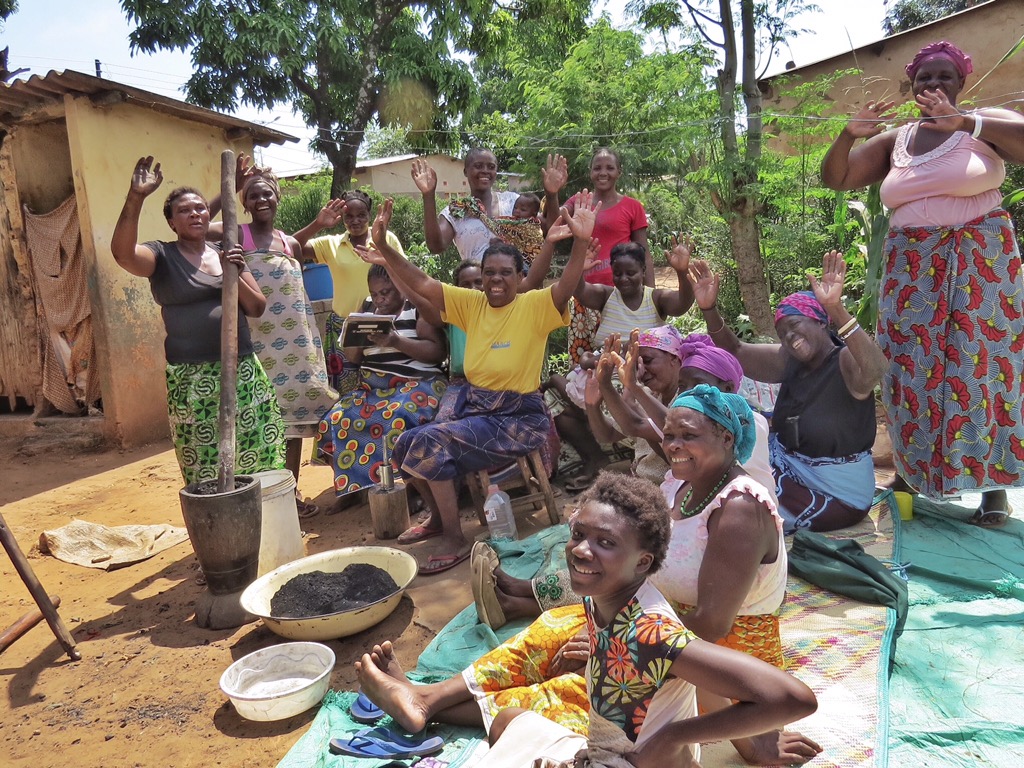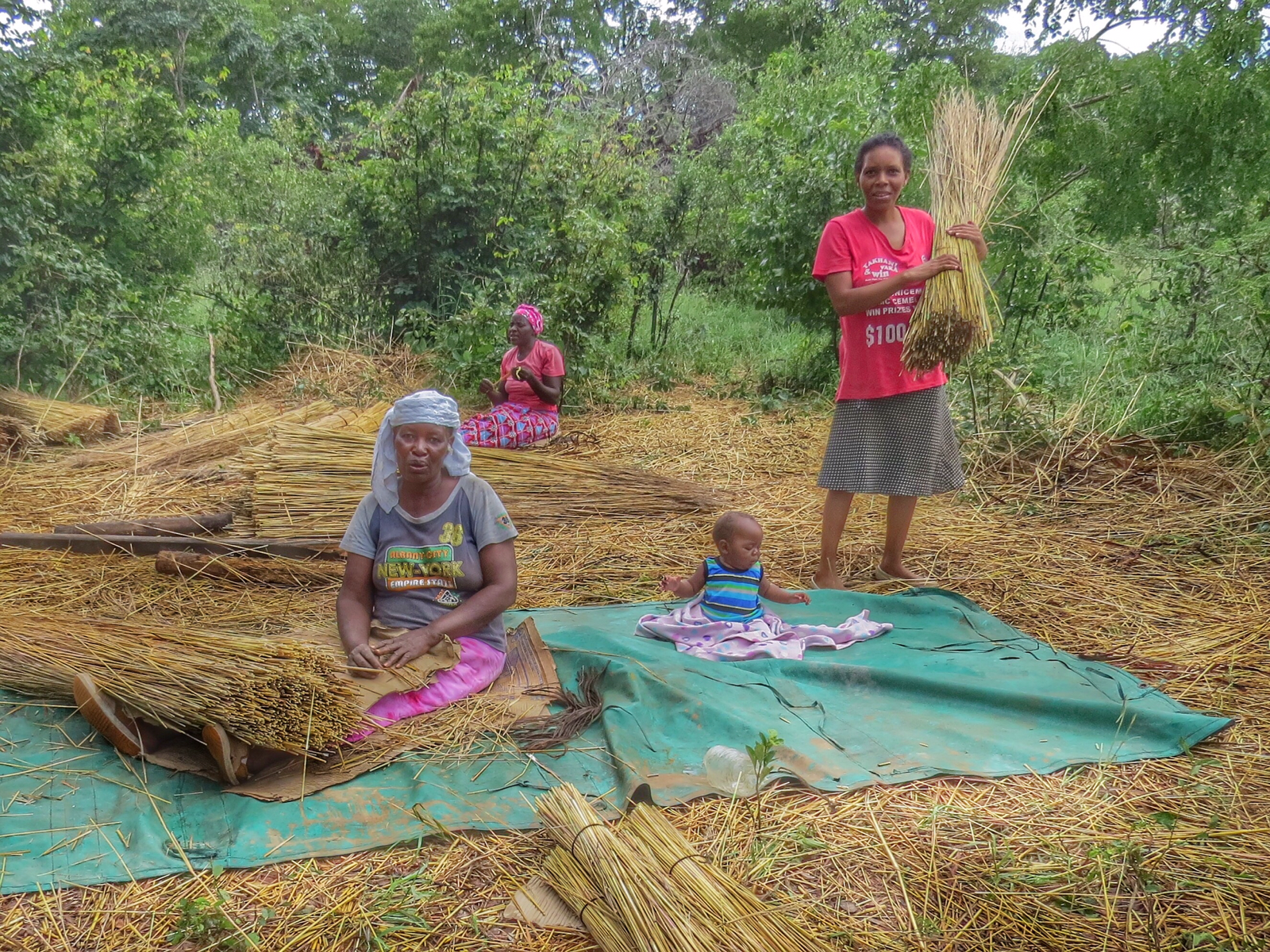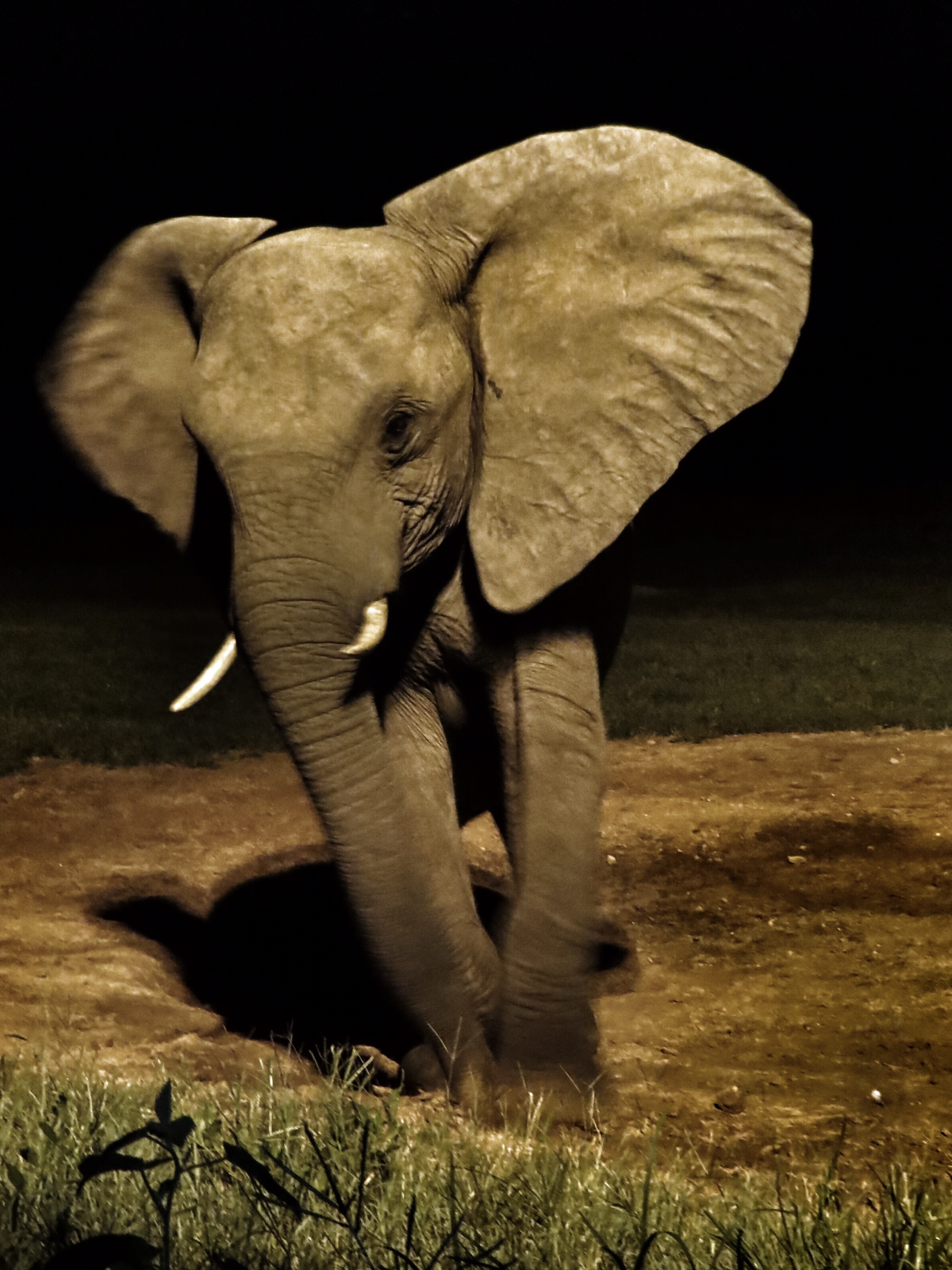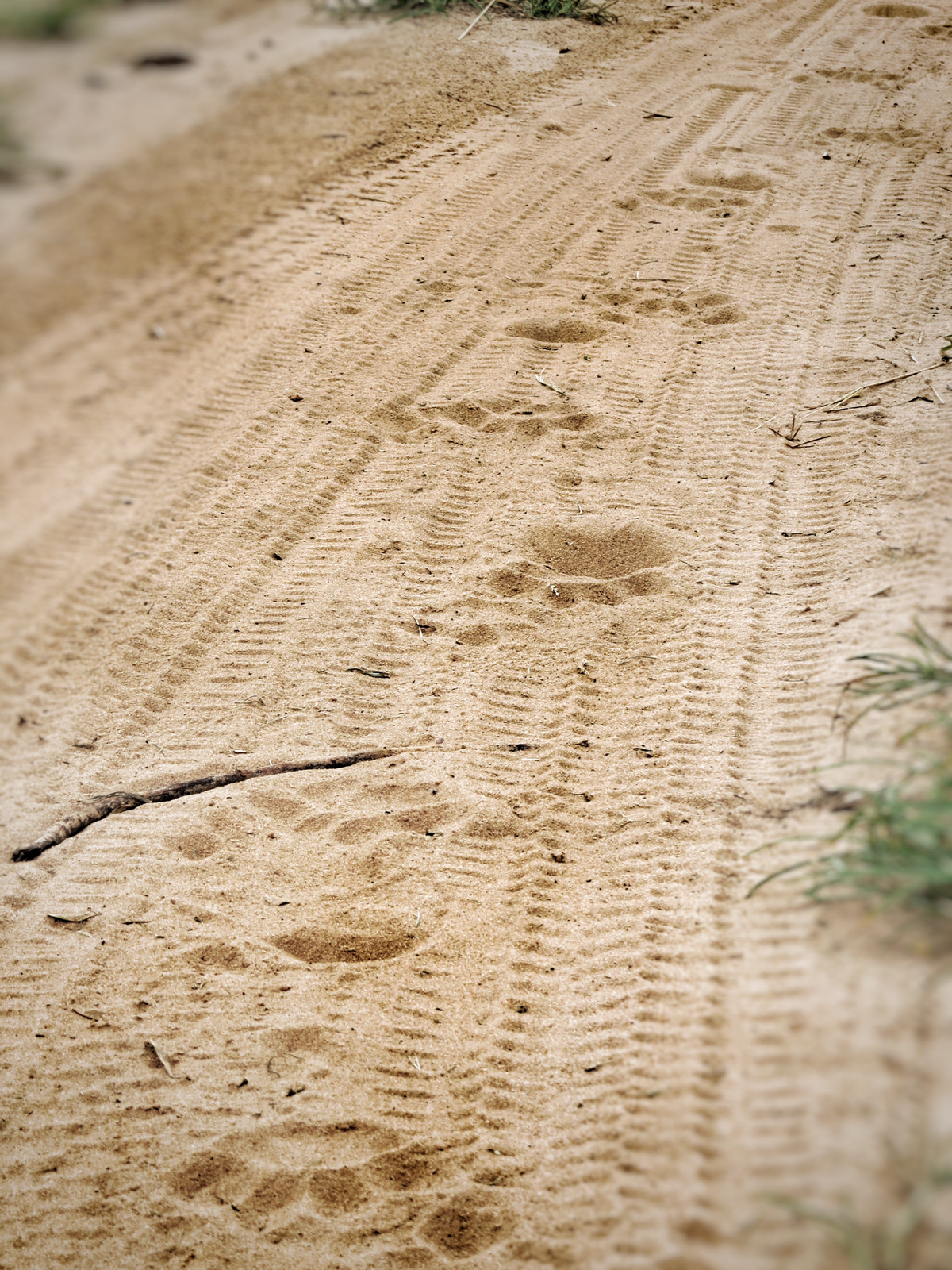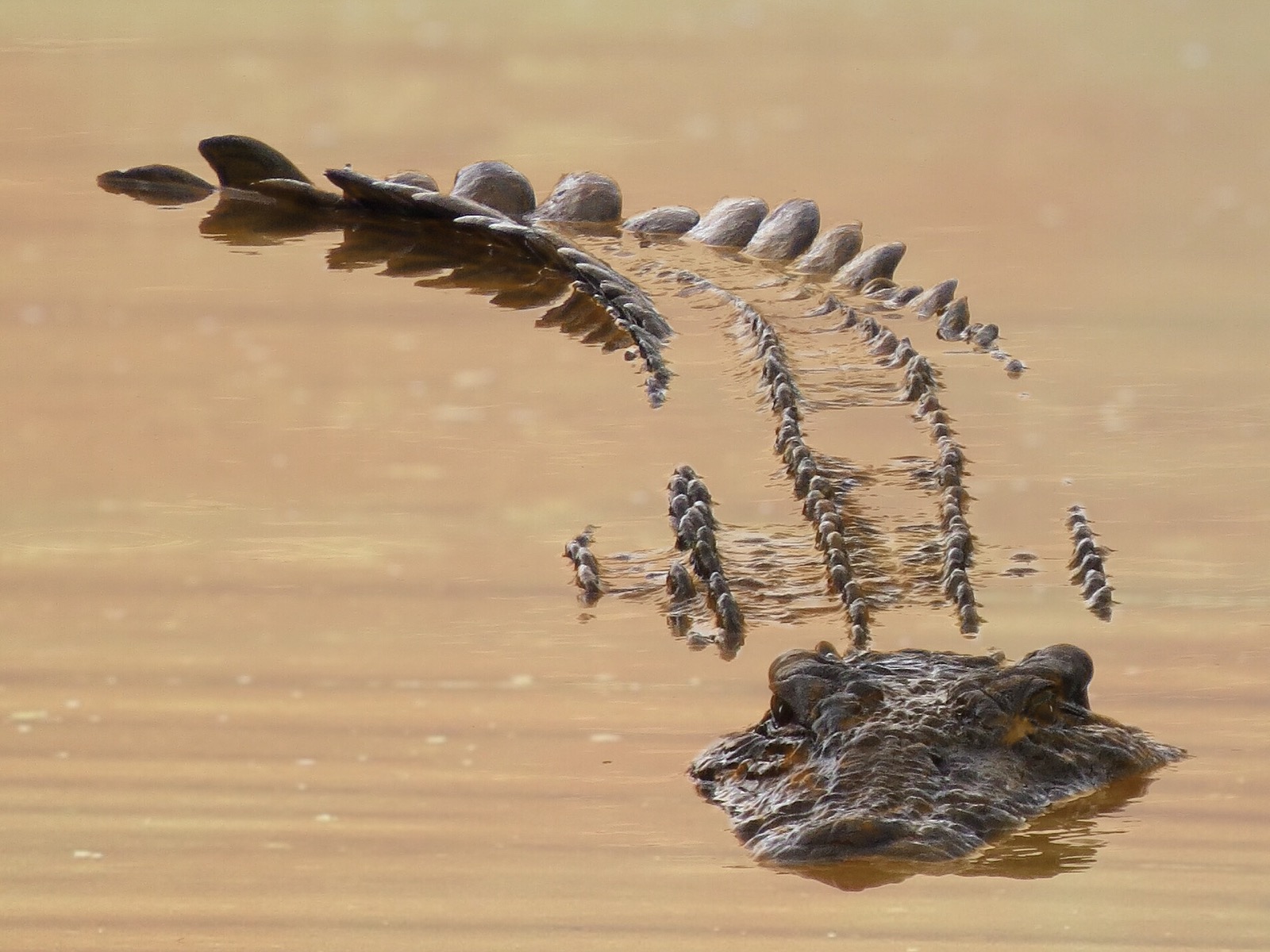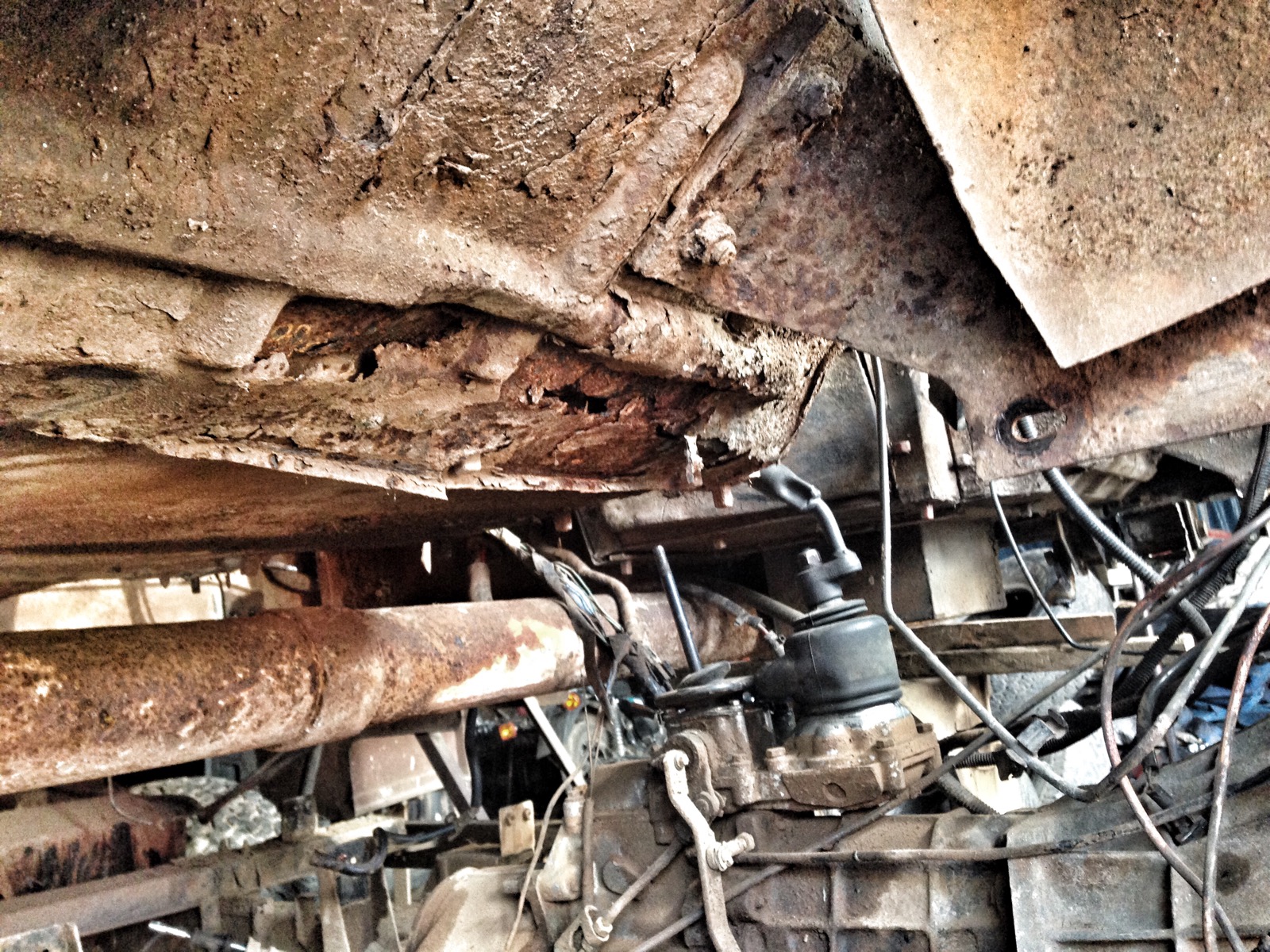In the time we’ve been away from Zambia nothing has changed, and yet so much has.
There’s been a Presidential Election and surprise, surprise, the incumbent was re-elected. Despite very few people seeming to have voted for him.
Electricity prices have increased 200% in the last 3 months alone (the few people who have it are going to struggle to be able to pay for it). Diesel and petrol prices have increased 60% (so that it’s now more expensive than the U.K.). The cost of basic foods in the markets has risen 25% due to reduced government subsidies & increased transportation costs. Wages haven’t increased at all.
Add to that the impact of ‘Brexit’ on the $US exchange rate (to which the Zambian Kwacha is linked) and the whole place has become about 40-50% more expensive for us. However, for the majority of the Zambian population, living simply on less than $2 a day, times are getting tough.
Still the rains haven’t come. Historically they’ve always been expected to start on Independence Day, in late October. If they fail again this year the situation for the subsistence farmers and average householders could become really serious. A large majority of the population’s diet is made up of what they can grow in their own essential, spartan, parched but well-tended patches of dirt around their huts or compounds.
There have been quite a few promising loud thunderstorms and some serious lightening displays, but only about an hour of light rain over the last two weeks. The people here take a philosophical view though. ‘Don’t worry’ they say. ‘The first showers are just the rain knocking – giving us a warning that it’s on its way, letting us know we’ve still got time to search for our umbrellas and coats.’
Still, from our perspective it’s a good job it’s stayed dry. We’ve spent the last couple of weeks alternating between cleaning & repacking all of the equipment we had in storage before it can go back into the car, and meeting with a couple of community groups who had heard about Helene’s briquette-making training and wanted to know more.
We asked Makafute at Maramba to make us up a couple more steel piston-presses so that we could show people how they worked and he came up with some good ideas for improving them further and making them out of scrap metal. The presses below were made from an old shock absorber from a car.
We were asked to go up to Mukuni Village on the Zambia / Zimbabwe border by Gladys Mukuni (Chief Mukuni’s daughter) and spent a morning with a group of about 30 women and their Pastor showing them how easy it would be to make briquettes.
We asked them to prepare some basins, a fire and something to crush the charcoal pieces with, then all we had to do was pop into the local market to pick up some waste charcoal dust and some cassava flour to make the binder paste.
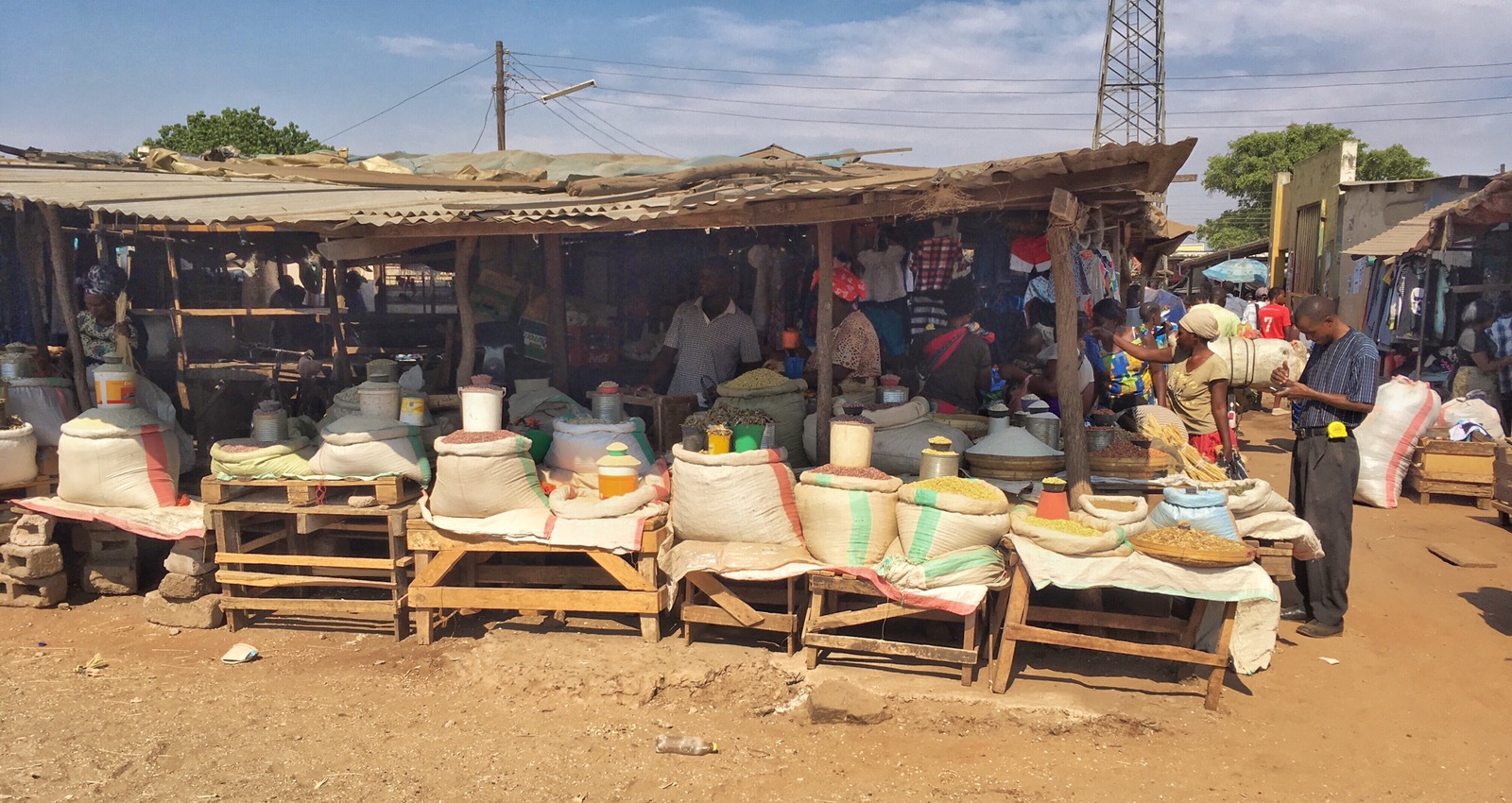
It can be a pretty mucky job and they were determined that Helene shouldn’t get her ‘beautiful clothes’ dirty, insisting that she borrow one of their Shetenga (wraps) to protect herself.
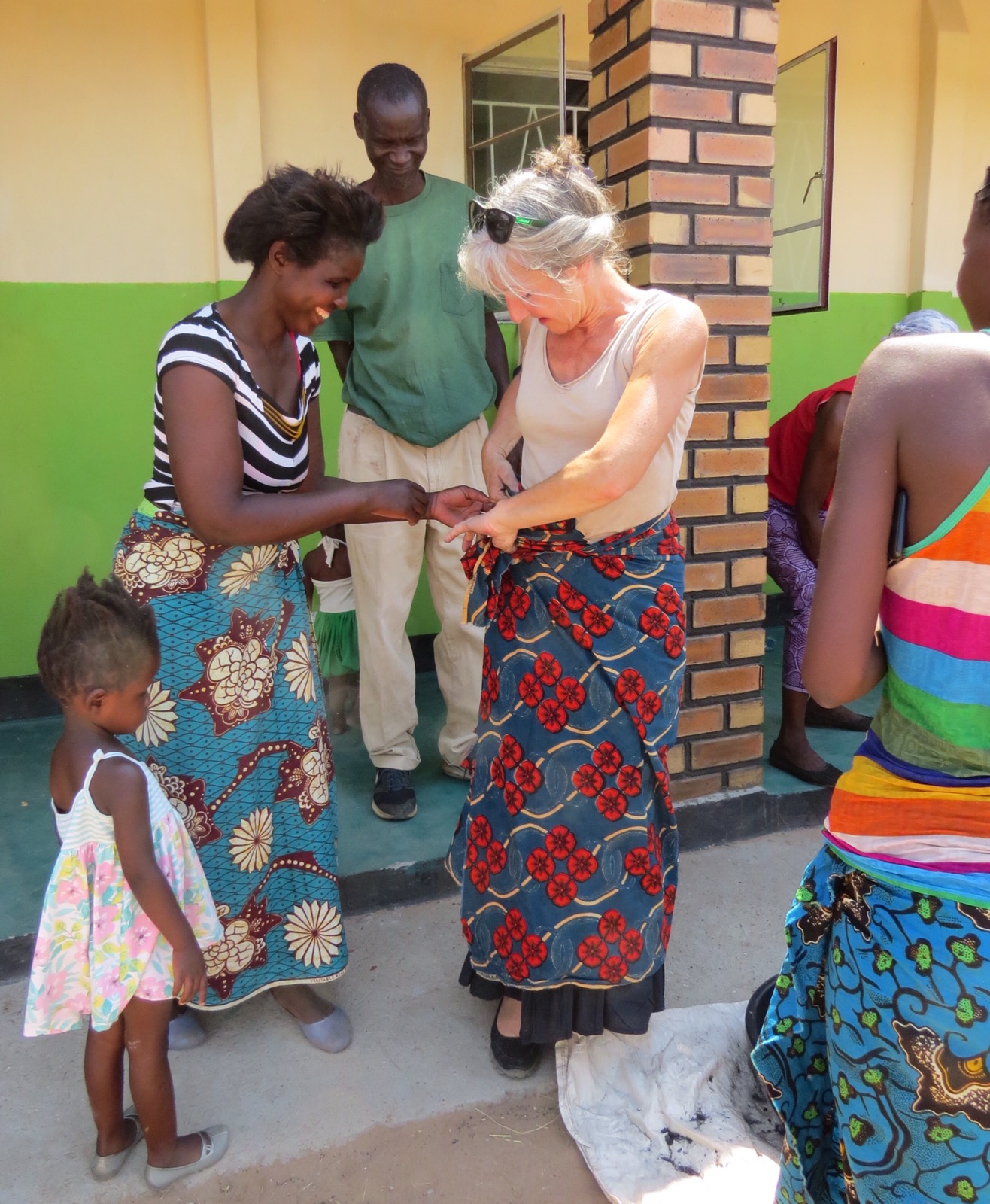
Within a couple of hours, they’d fully grasped the whole process and had made over 100 briquettes from scratch. Given a bit of practice, each group of 2-3 women should be able to make two or three hundred when they meet a couple of times a week.
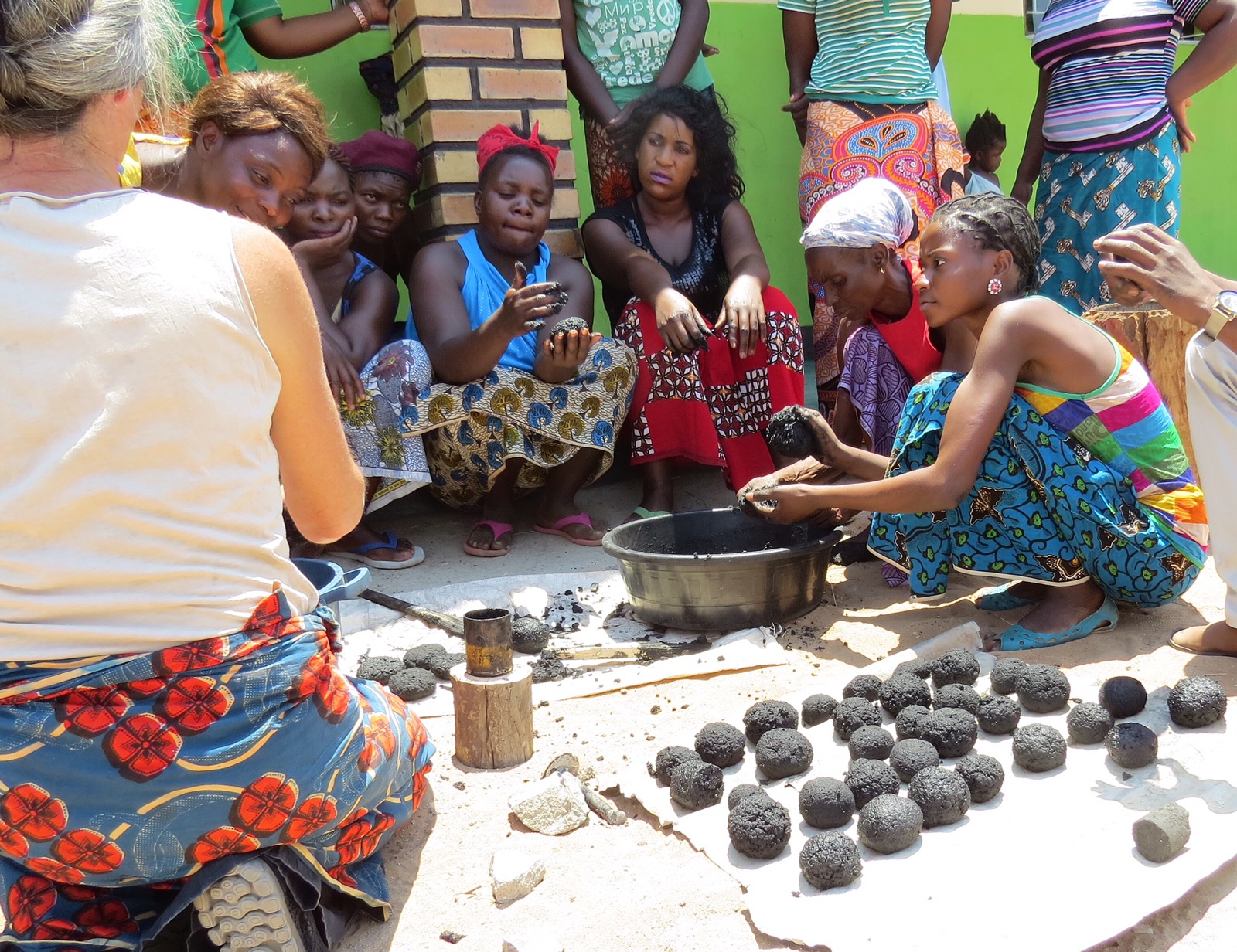
Back at Maramba River Lodge, the staff had also heard something about what we were doing and asked us to show them more, so we organised a couple of training sessions during their lunch breaks where we met with the maintenance, security and housekeeping staff to demonstrate.
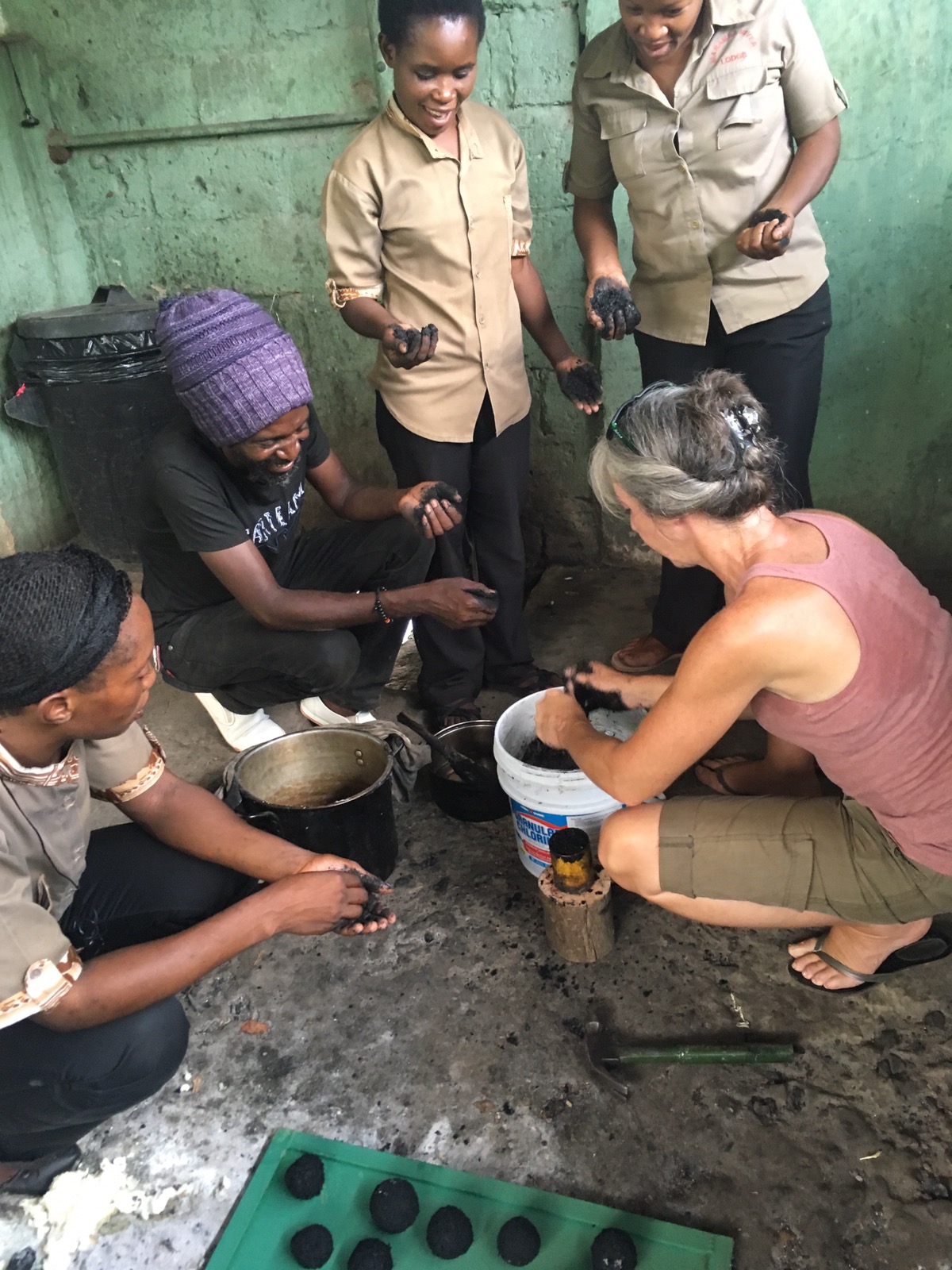
Firewood and charcoal for cooking can burn up 20-25% of family income. Even more in the rainy season when fuel is scarce and expensive. Forgetting the health and environmental benefits, making free fuel briquettes can significantly change people’s way of life, freeing up budget for children’s education, medicines, food, etc.
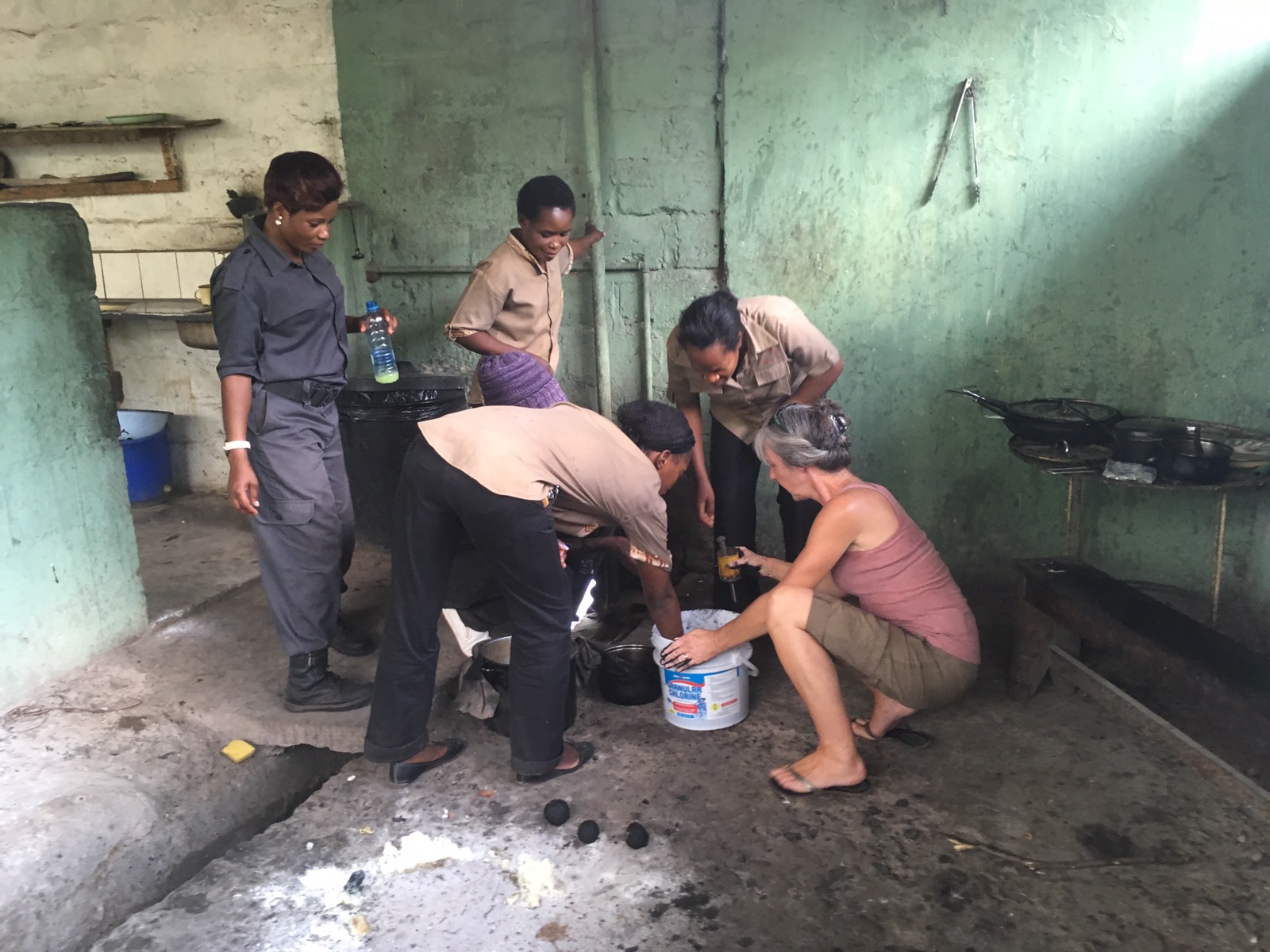
We also had the chance to get feedback from the large community group that we met earlier this year, when Helene demonstrated briquettes at the compound where Febby’s mother lives.
They’ve taken off like wildfire! All of the women are making them for their own use and some of them are now looking to create a small income from selling them at wholesale to local shops. Febby was delighted: she hasn’t had to spend any money on firewood or charcoal for over 6 months!
So, it’s all been pretty hectic one way or the other.
Other than that, we’ve been lazing around, trying to avoid the wildlife and the blistering heat back at camp. Daytime temperatures have been 36-39 Celsius and overnight it rarely drops below 24. Pretty unbearable when it’s still over 30 degrees at 9pm (nearly 3 hours after sunset).
Within only a few days of being back we’ve had the opportunity to sit and watch Jacanas, Fish Eagles, Egrets, Vultures, Heron, Kingfishers, Cranes, Dassies, Jennets, Monitor Lizards, Hippos, Crocs, Scorpions, Snakes, Velvet Spiders (as big and pale as a Mzungu’s fist) and, of course, Elephants.
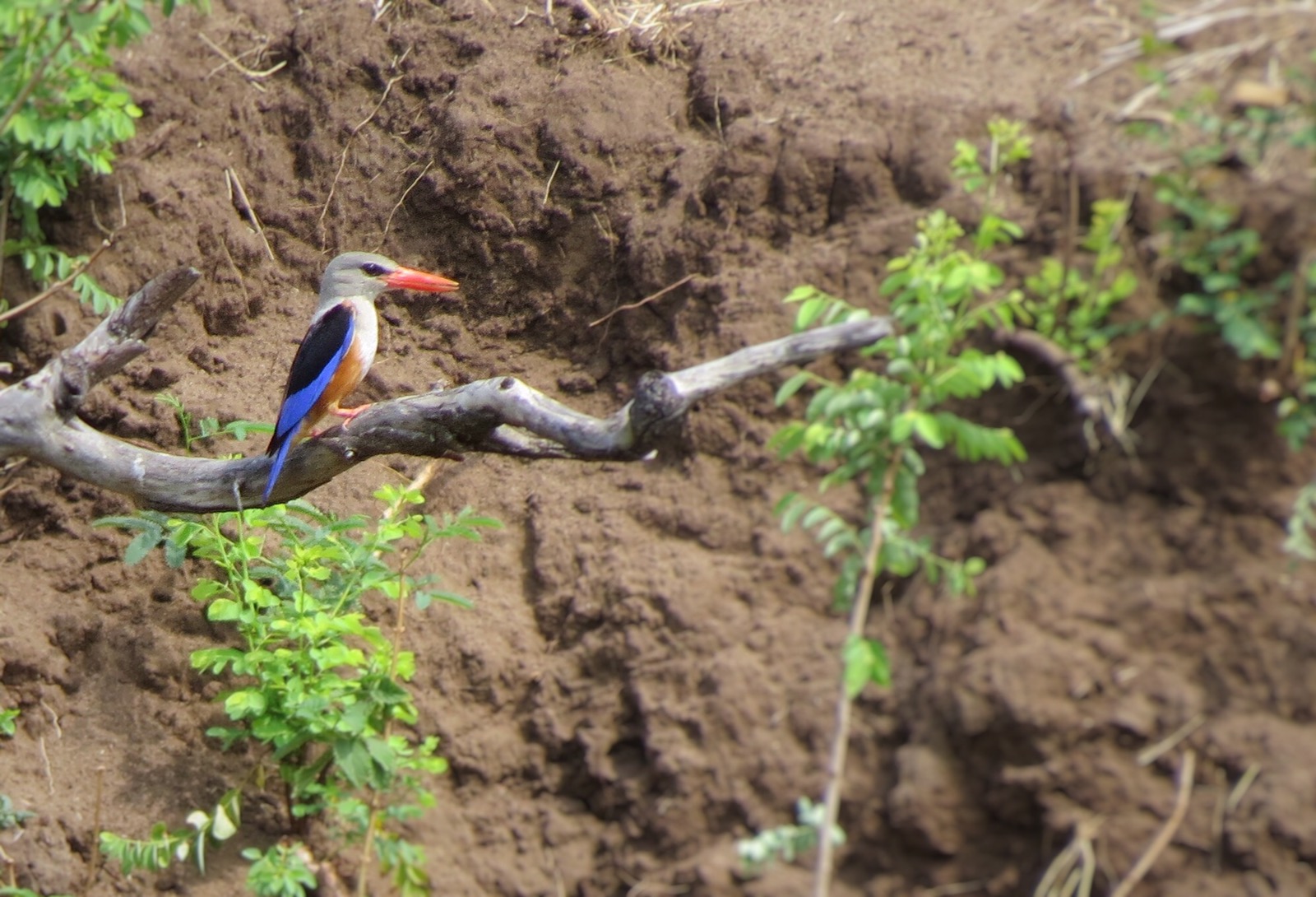
Almost all the wildlife we’ve seen has been without having to leave our camp chairs…or even sometimes our beds.
Often, from our beds, we watch the elephants and the hippos silhouetted in the moonlight as they wander round the camp. It’s amazing how they can move so silently when they want to and just materialise out of nowhere when you least expect them. Sometimes the only way we know they’re around is when we hear the first ‘prrrip’ of a twig being pulled by a trunk and then the telltale ‘crrraaaack’ of the elephants pulling whole branches off the trees.
We had been staying in one of Maramba’s ground tents as we hadn’t got our roof tent back in order yet. Actually, they’re called ‘Dome Tents’ although we were starting to wonder whether the Maramba people knew something we didn’t…
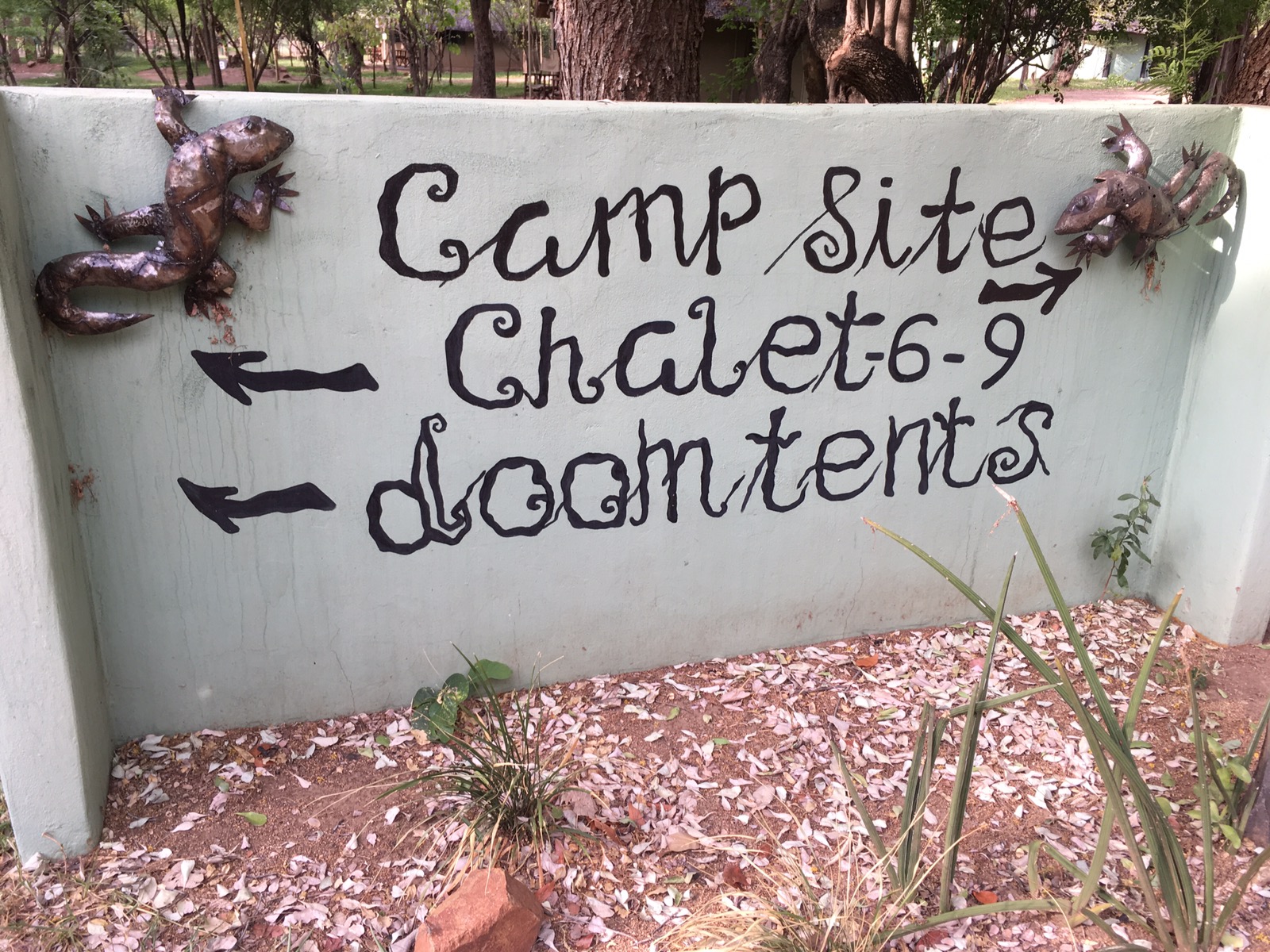
Although we had been watching an elephant before we went to sleep and were listening to it intermittently overnight, very early the next morning we had a large bull elephant for breakfast.
View from The Penthouse:
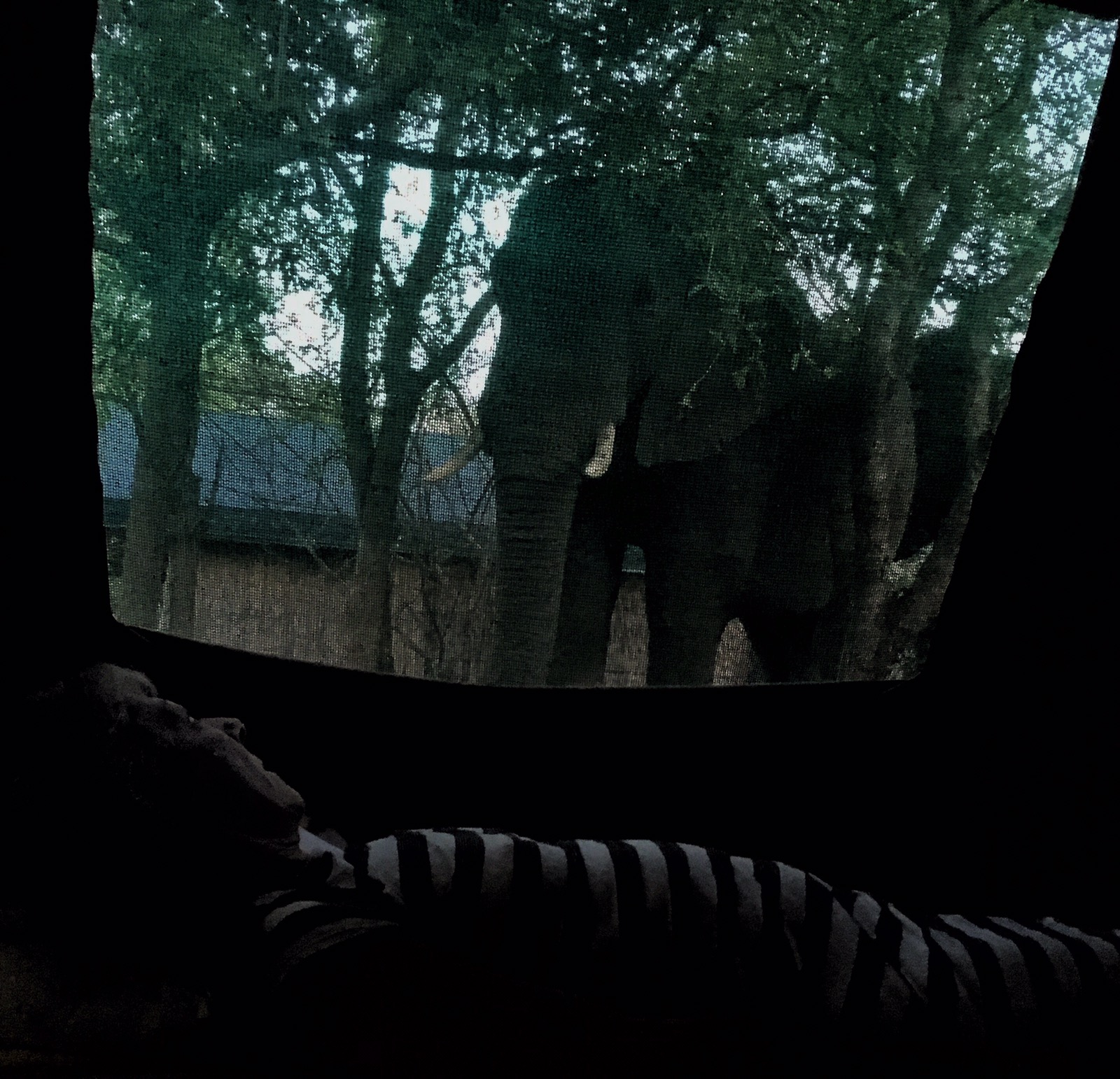
A bit closer than we generally would have liked. Still, the trick is, once you’ve spotted the elephant, keep an eye on it so you can take some sort of action if you need to.
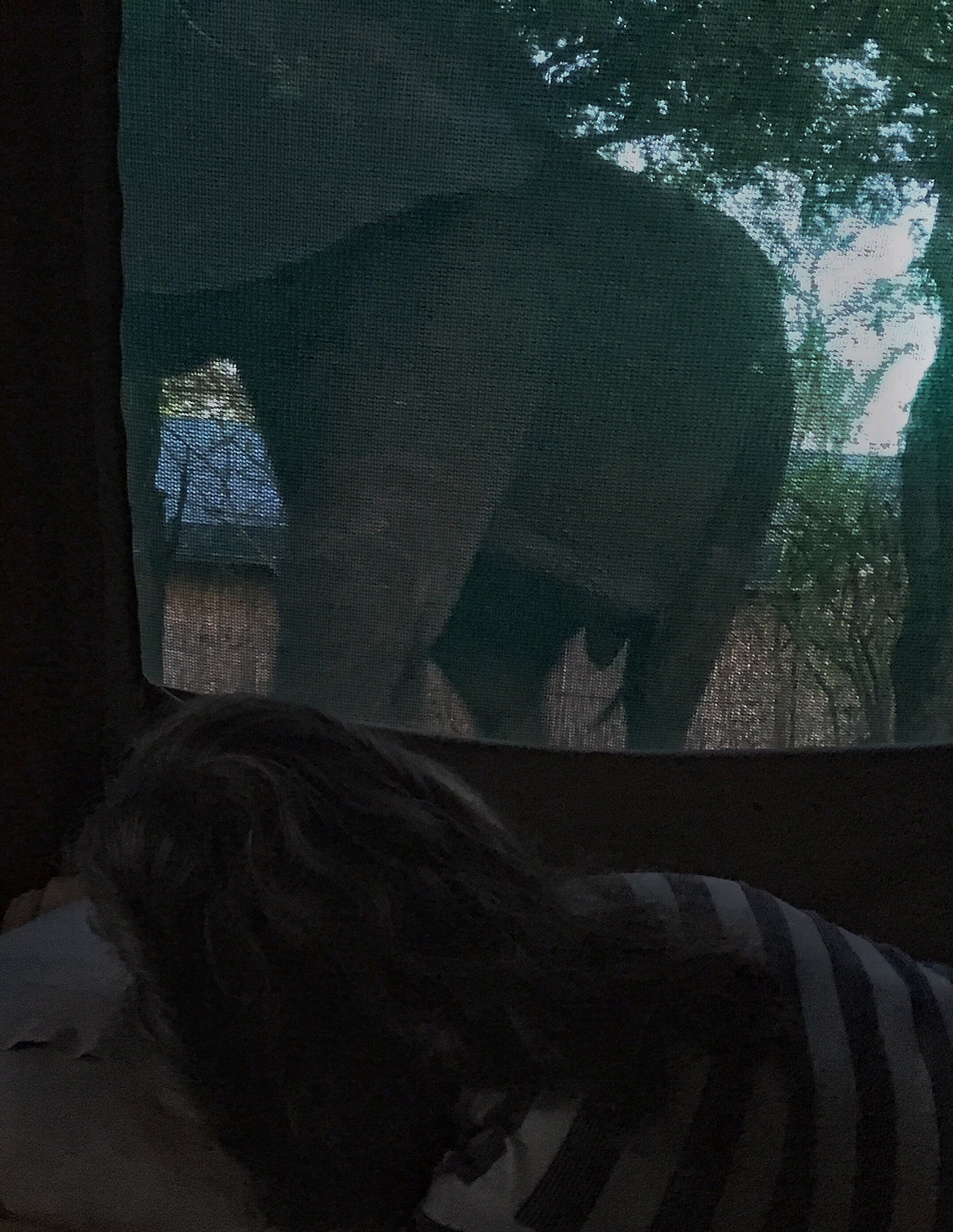
The thing about elephants though is, while you’re busy keeping an eye on one, you sometimes need extra eyes in the back of your head…
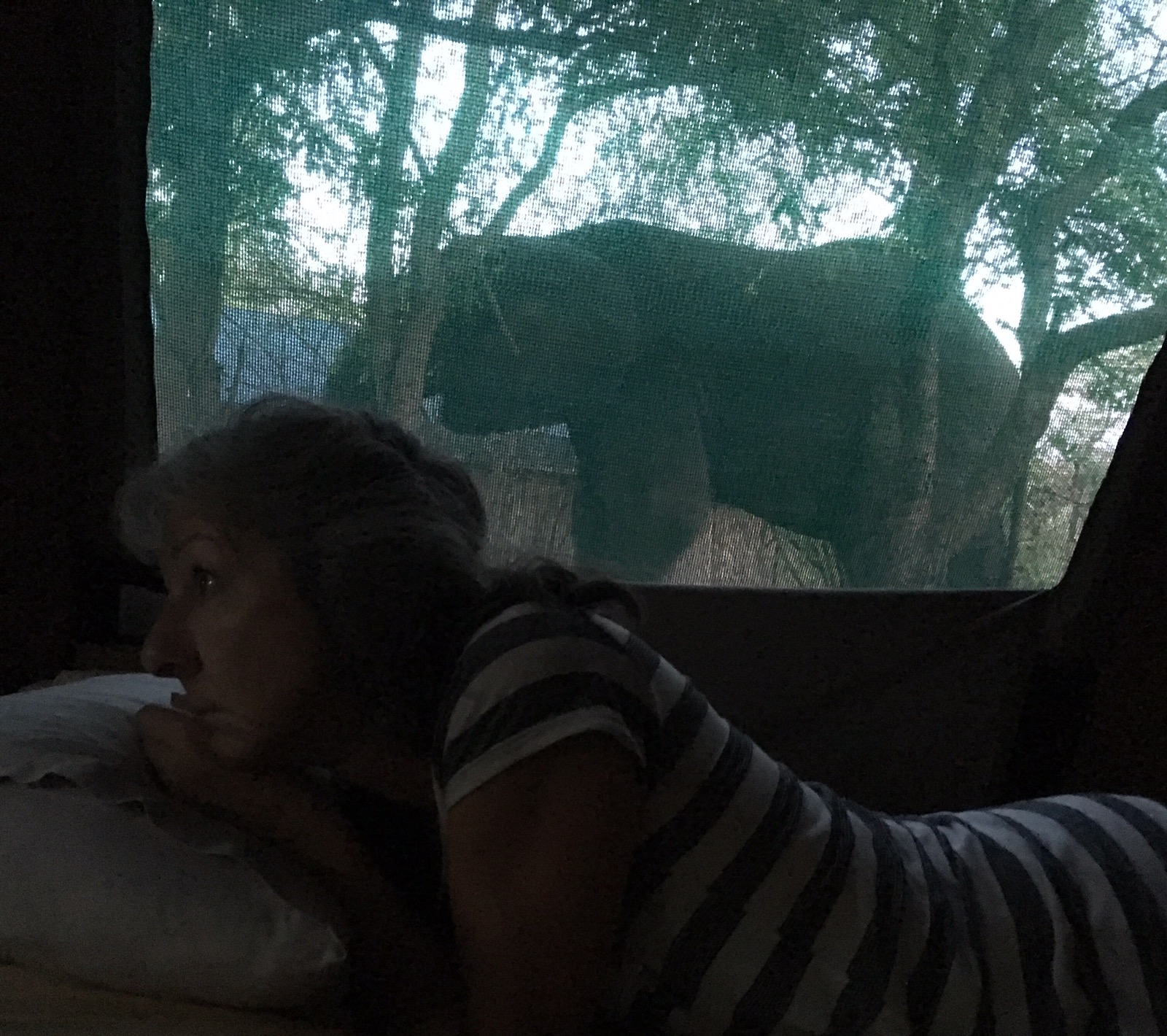
Overnight there had been 4 bull elephants around our tent and in the light of day it was easy to see how they had kept themselves amused.
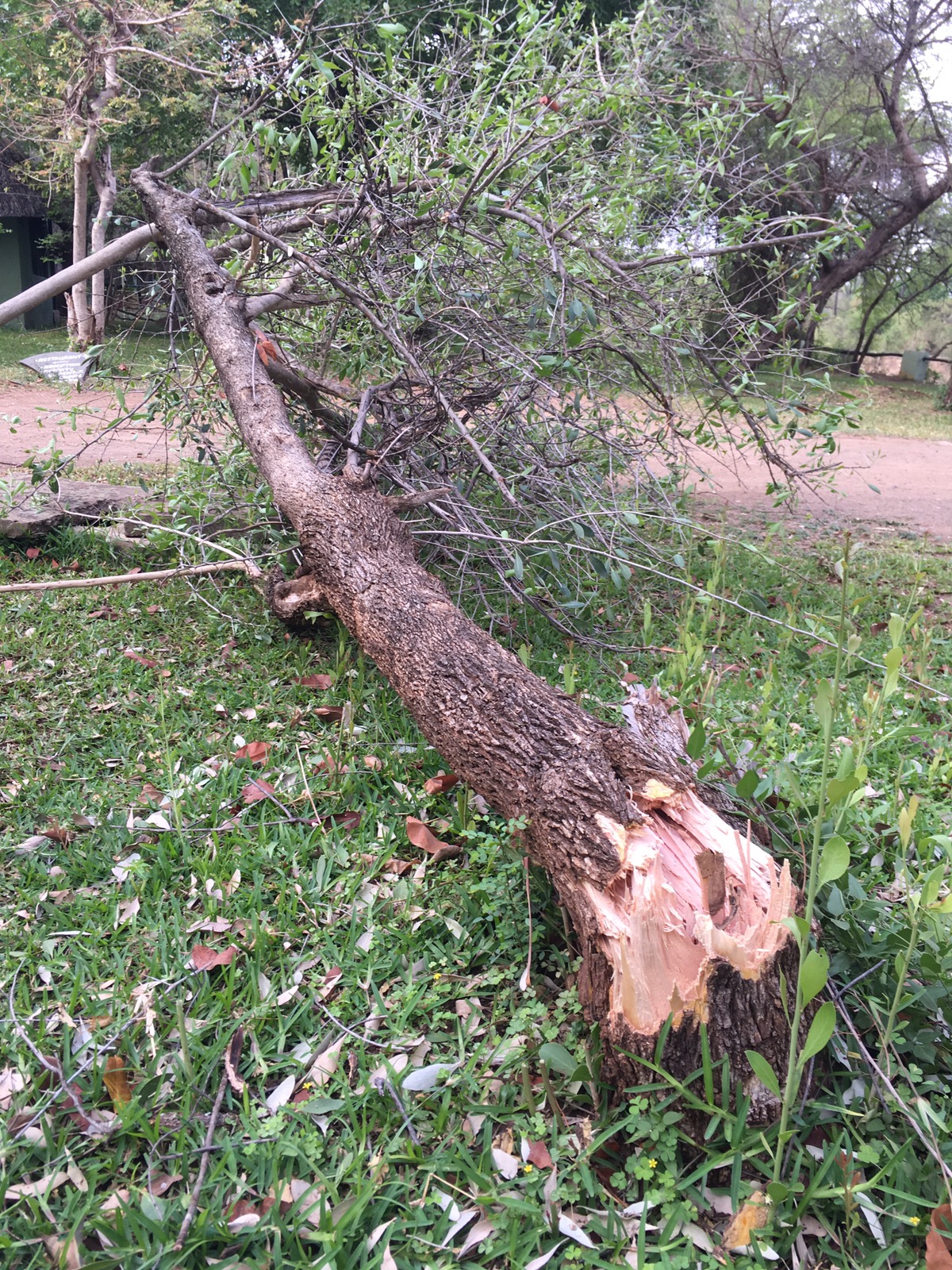
By mid morning, they wandered 30-40 meters away and were wading about in the water-hyacinth choked river, enjoying a light snack…
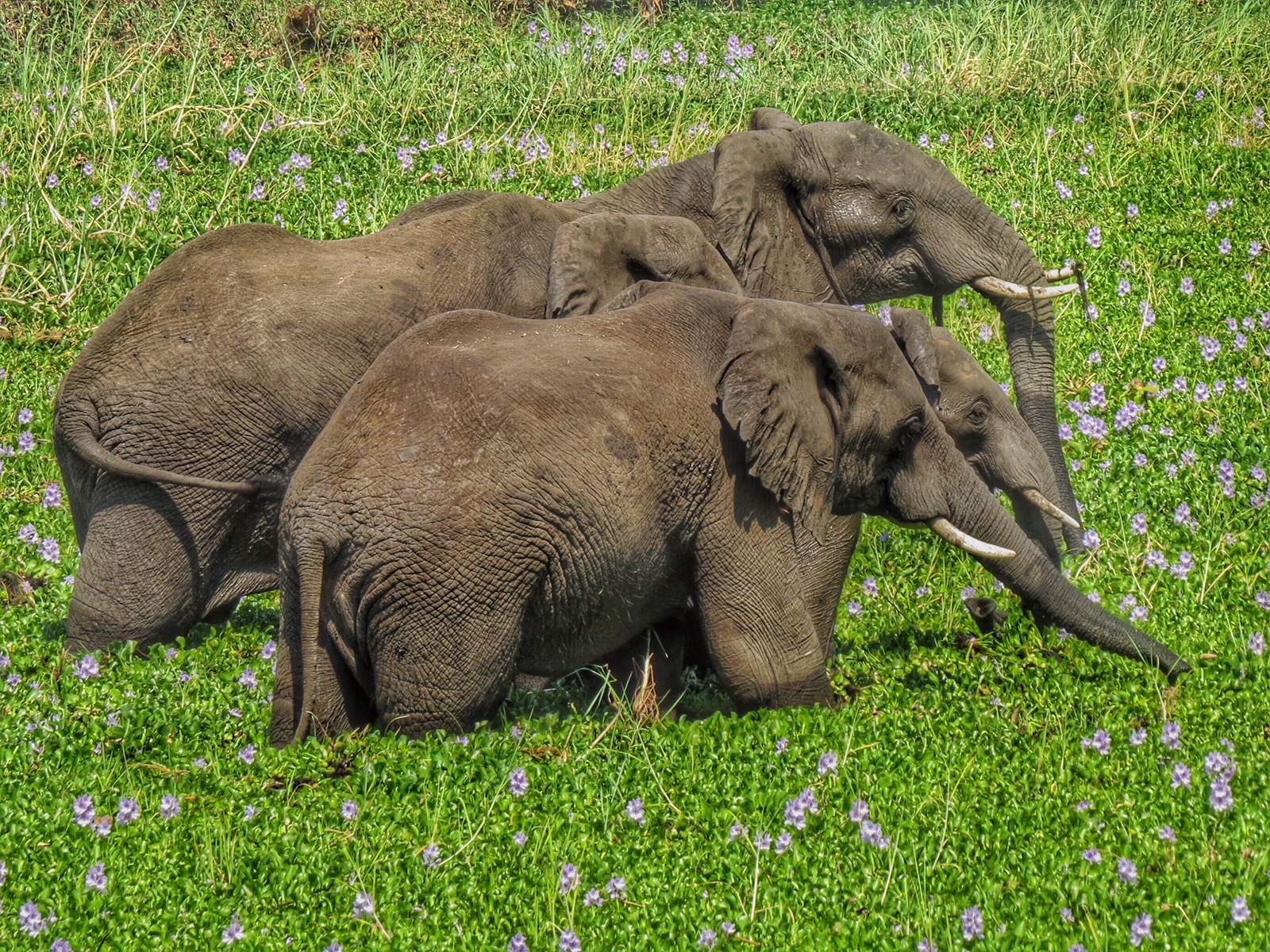
…but when they tried to come back into the camp, up the bank next to our tent, the guards (who are conspicuously shy and nowhere to be found if there’s any Game in the camp at night, but a bit braver during the day) quickly chased them off.
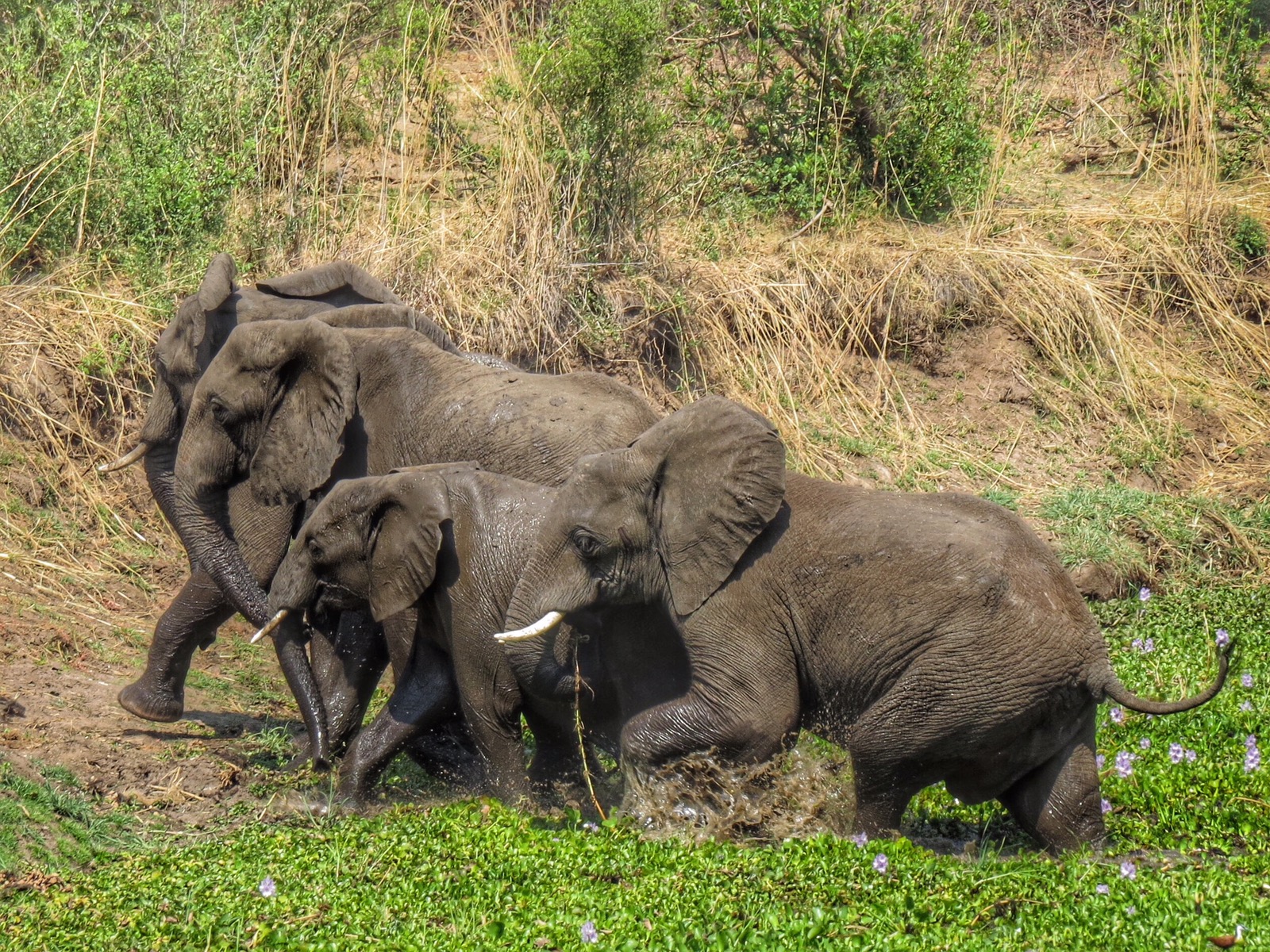
That same day, we also had scorpion for lunch. A small but pretty dangerous looking blighter in the camp sink (big pincers = the sting isn’t generally too nasty: small pincers = the sting is usually vicious).
To round the day off, we had snake for tea. As we came back to the tent, something dropped of the table onto the ground next to the shower block. We only caught a brief glimpse of it as it scuttled off into the bamboo wall and roof structure but it was clearly a snake. We went around rattling the walls a bit and making enough noise to chase it off, then saw it slip from the side of the shower wall into one of the adjacent trees.
Still, as with elephants, the thing is to keep your eye on where it is. As all the books say – ‘it’s more scared of you than you are of it’. Right! We think it was possibly a Boomslang, but the staff seem to think it was a Green Mamba (they think every snake is a Mamba of some sort). They’re terrified of them and we weren’t much comforted by the thought of it being either.
Top Tips:
I think I read somewhere that if you’re bitten by a Boomslang it’s essential to try to slow the blood supply at the wound, keep as still as possible to slow the heart from circulating the blood further and find immediate medical assistance (assuming they’ve got some anti-venom serum). With a Mamba the principle is slightly different: find a shaded spot somewhere, lie down calmly and either cross your arms over your chest or put them at your sides. It’s much easier to get you into the box that way!
While I kept an eye on the snake in the tree, Helene went for a shower.
The showers for the Dome (Doom?) Tents at Maramba are rather nice. One of them is outdoor, with no roof and therefore breezy, refreshing, free from mosquitos and an all-round pleasant experience. A great way to relax at the end of a hot, sticky day after a disrupted night’s sleep.
Unfortunately, Helene didn’t get much chance to relax this time round.
The last I saw, the snake had headed up into the canopy of one of the other trees. Once you loose sight of them they are indistinguishable from any branch or vine in the tree. One blink and either you can’t see them at all, or every curving twig looks like one.
What Helene saw, immediately before she exited the shower in a bit of a hurry, was the snake looking down at her through the open roof, extending its body as it tried to slip back into the shade of the shower block.
Fortunately she made a bit of noise and a fuss as she rapidly decided her shower was over, and I saw the snake retreat back into the tree.
I didn’t bother with a shower that night.


